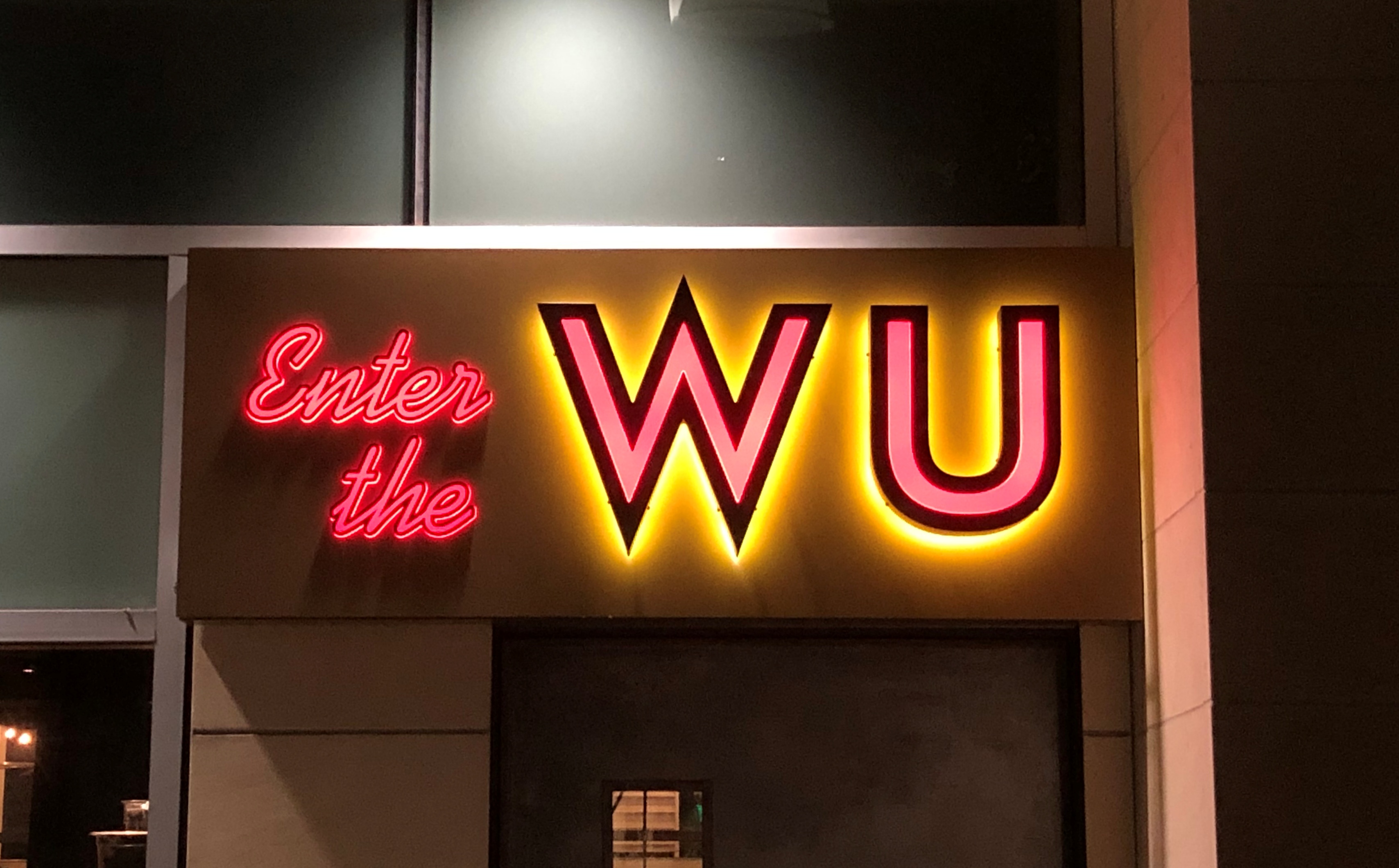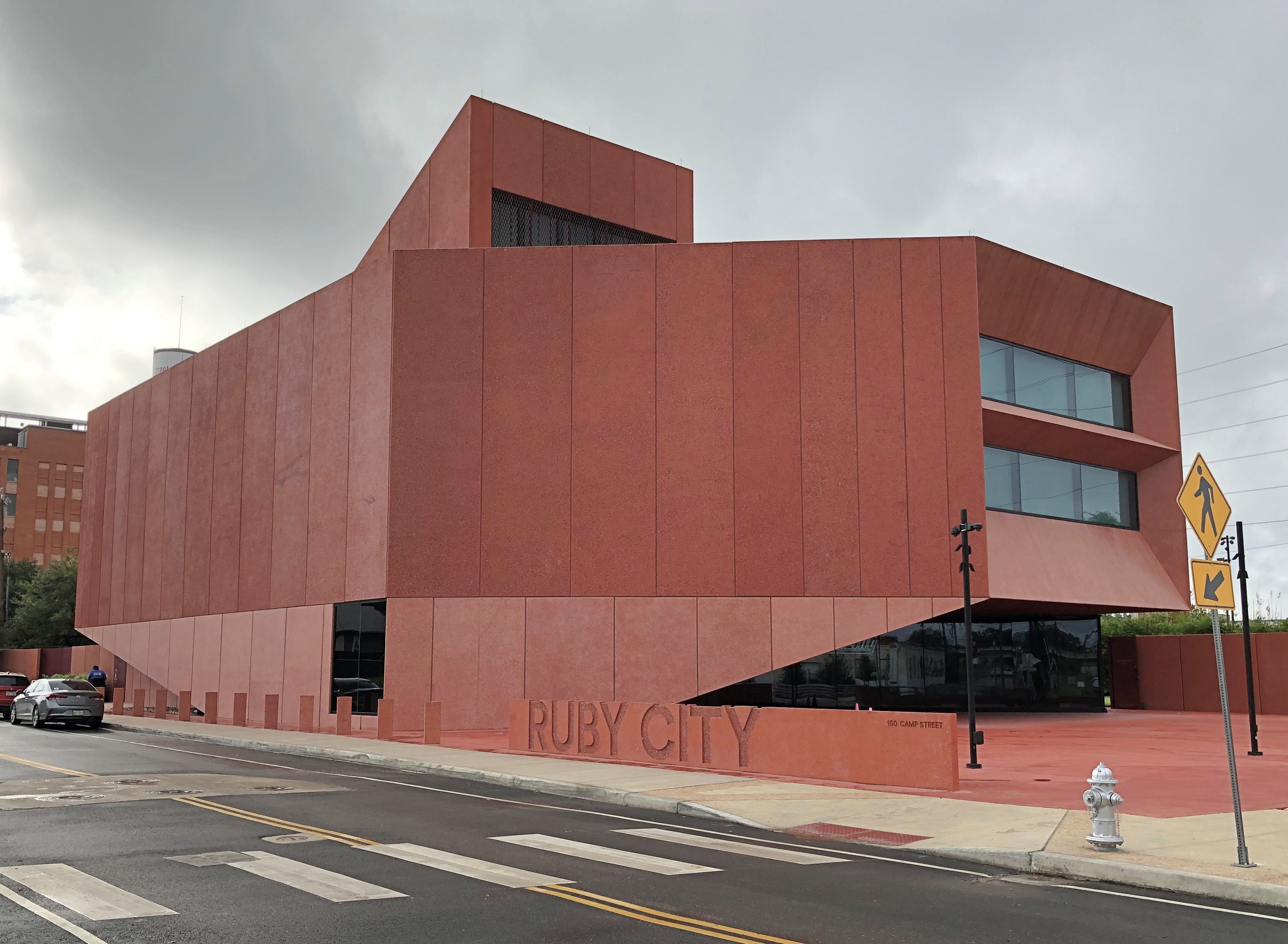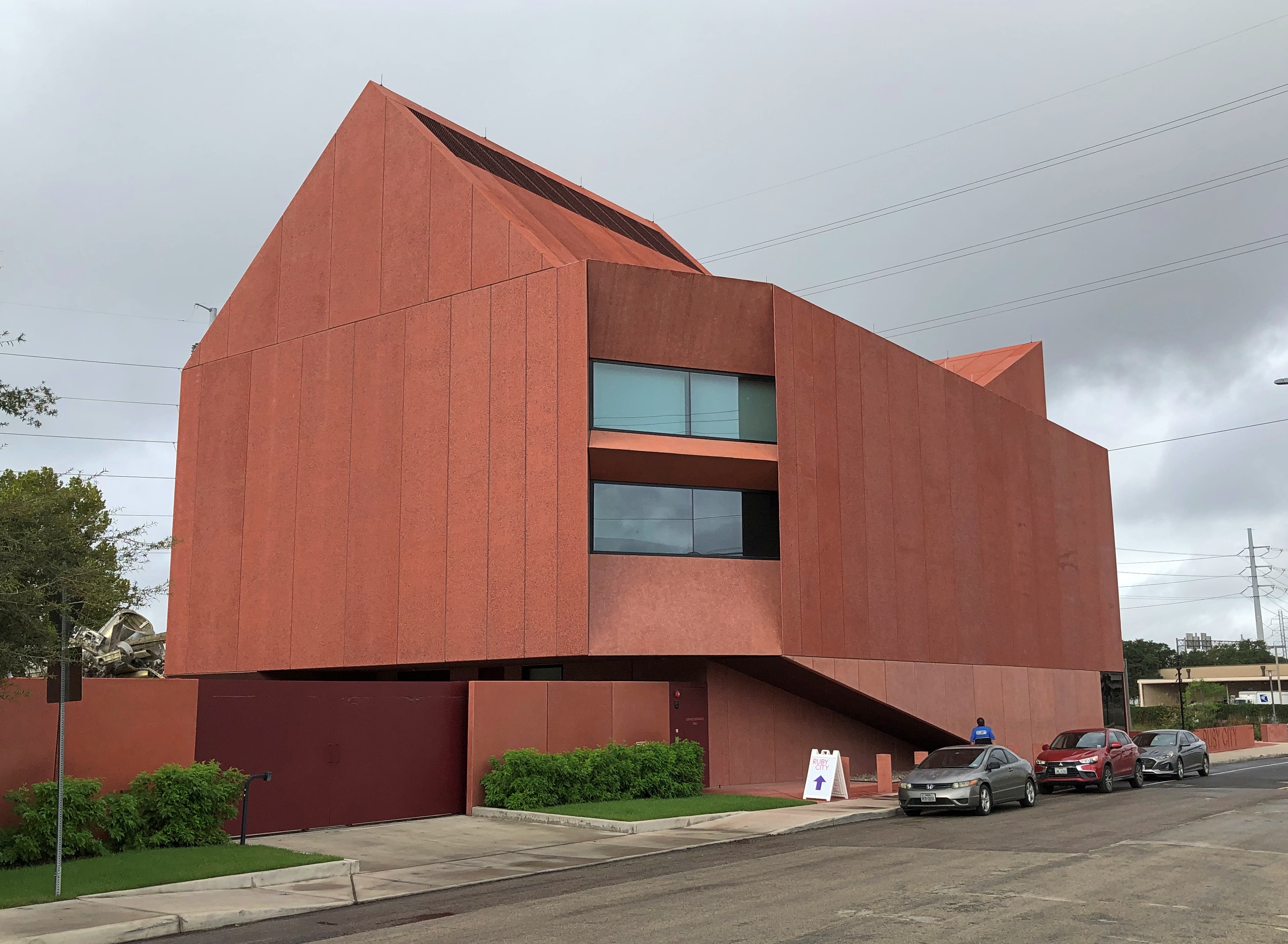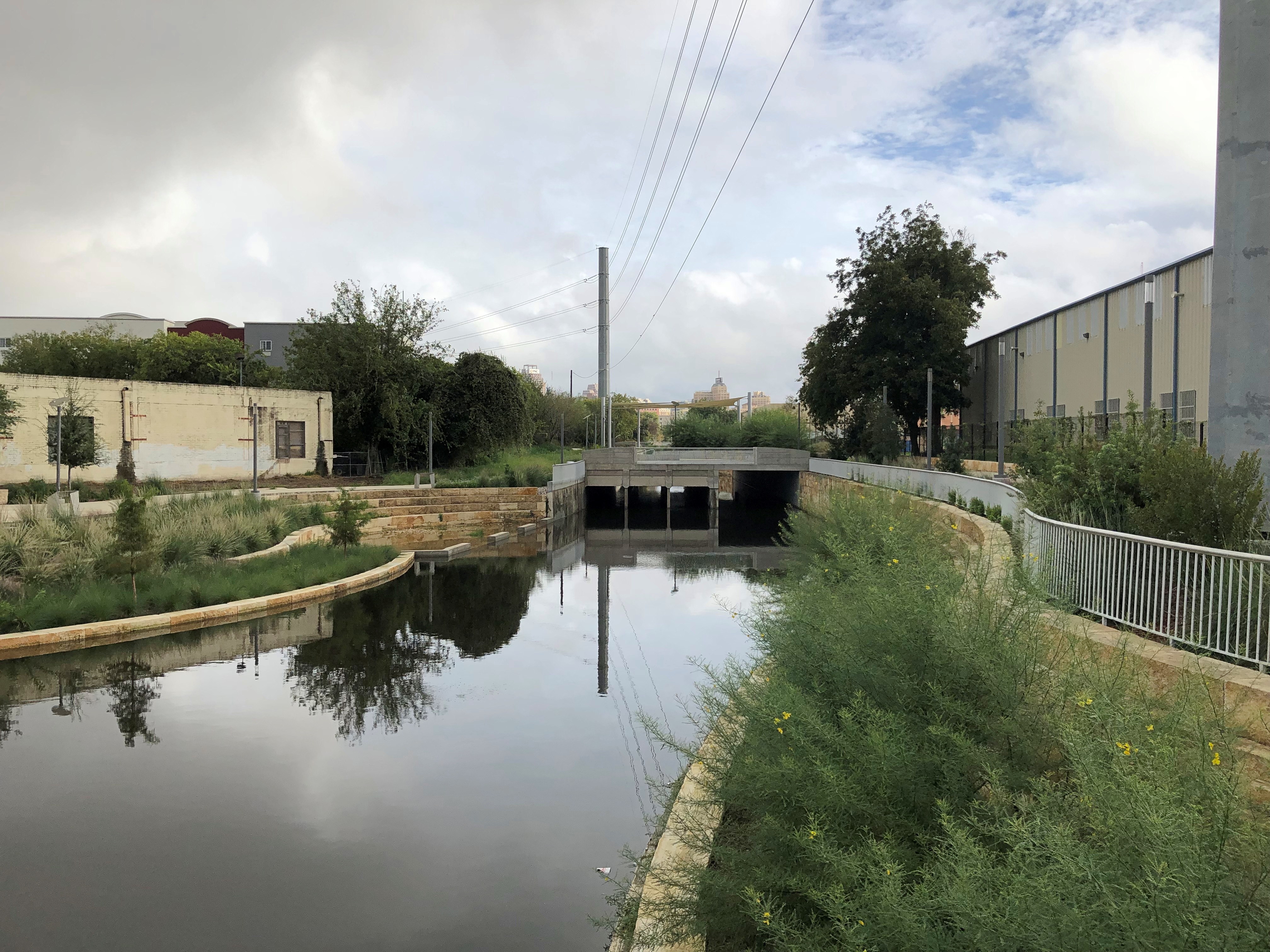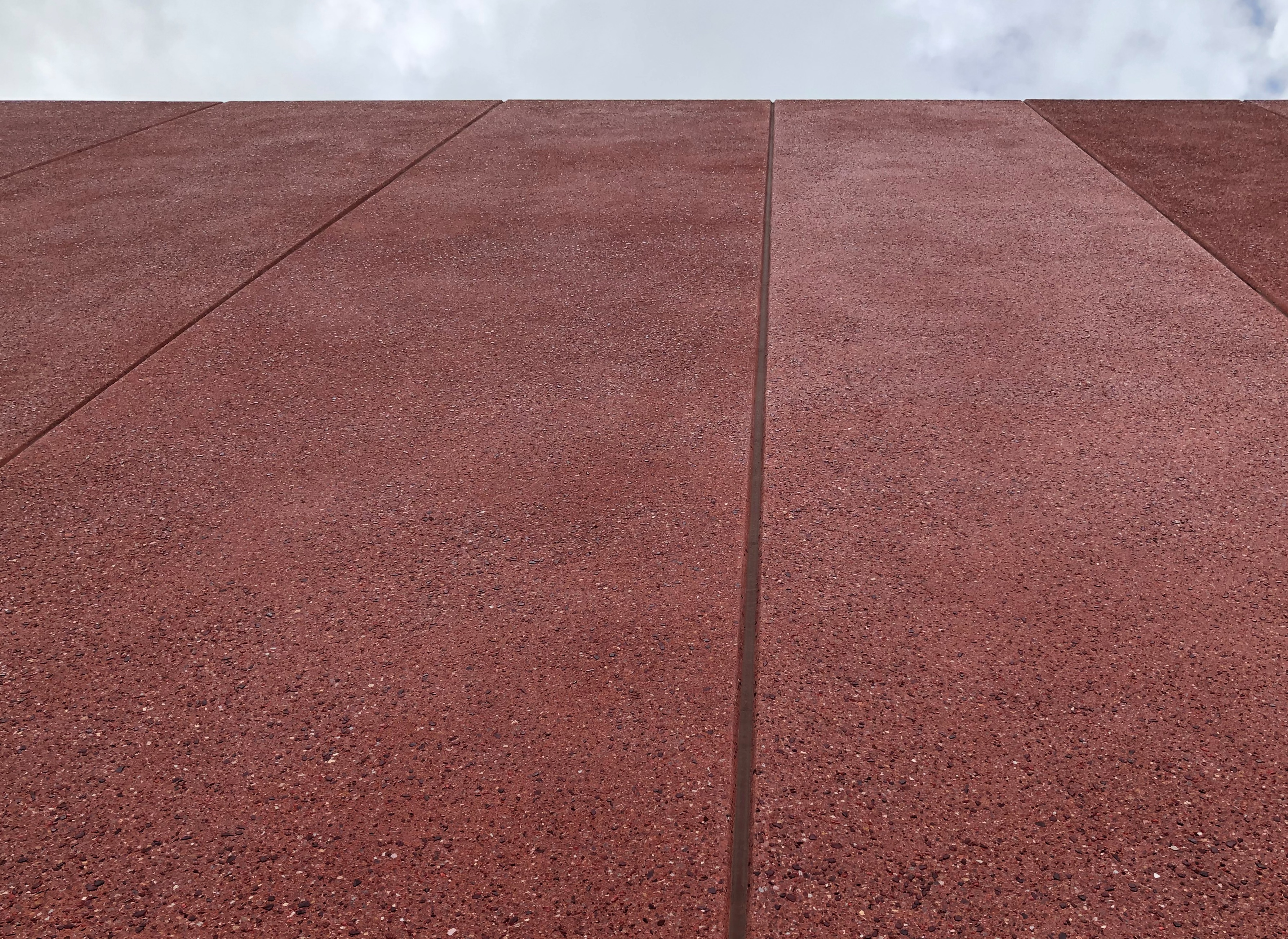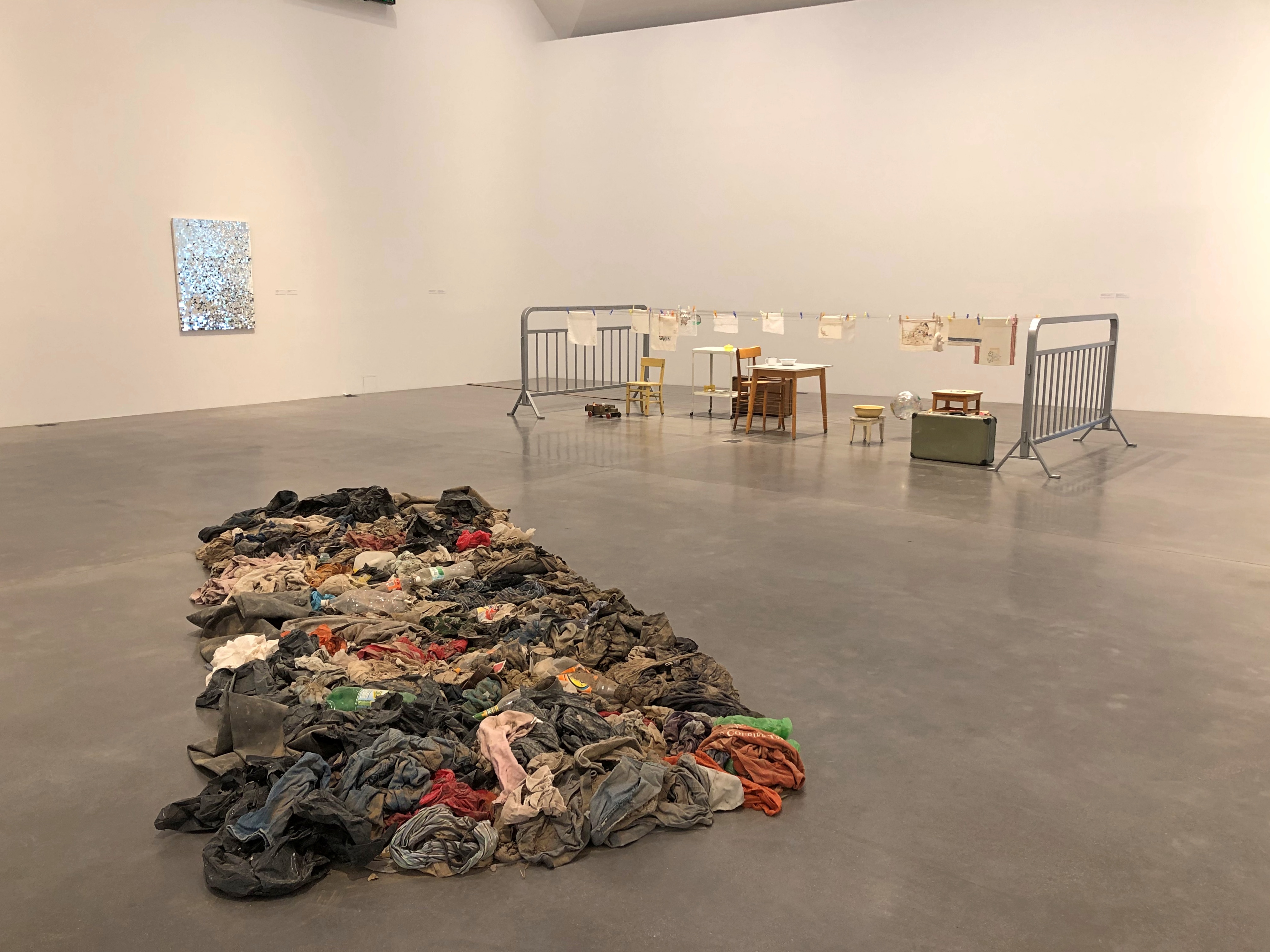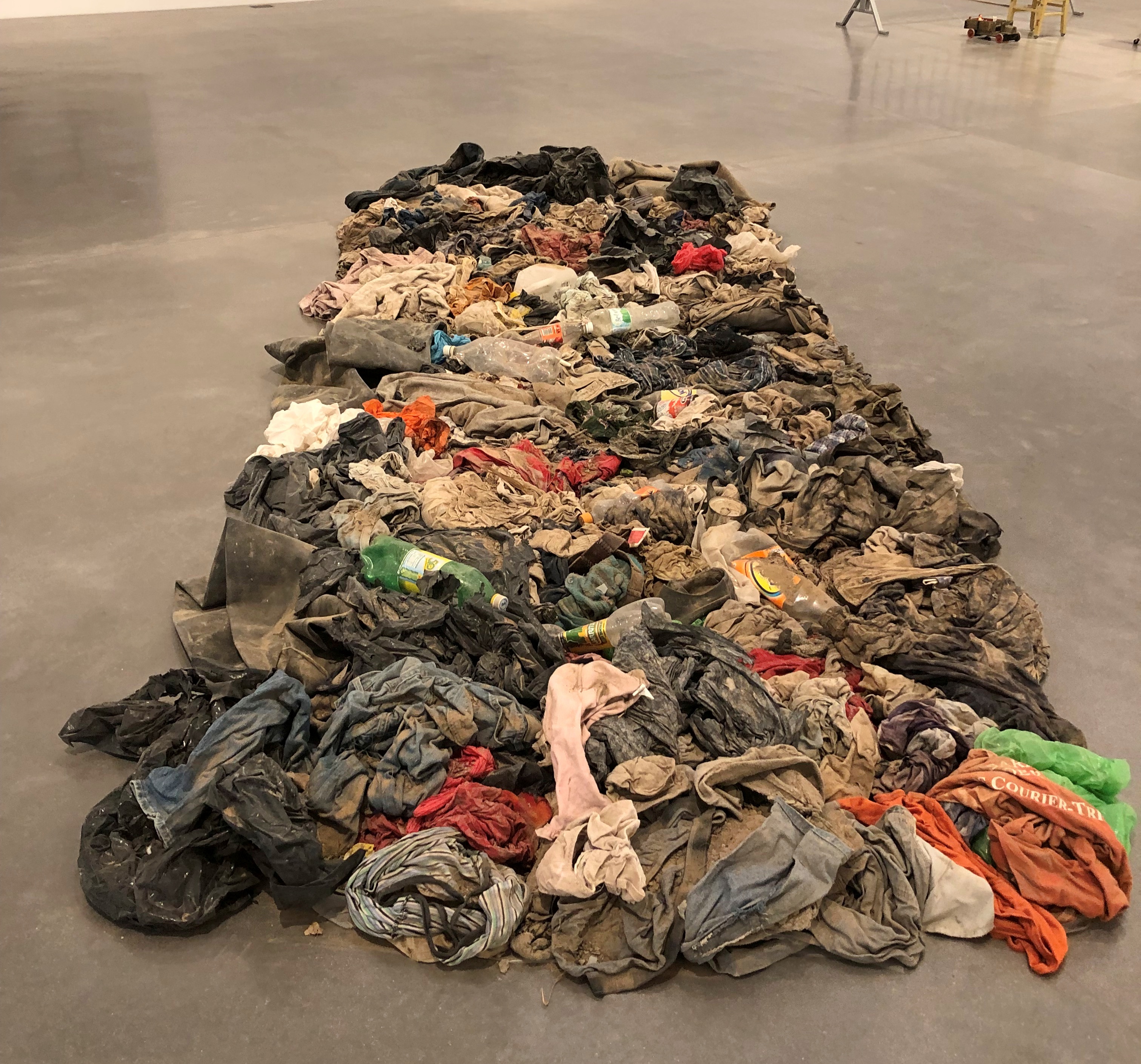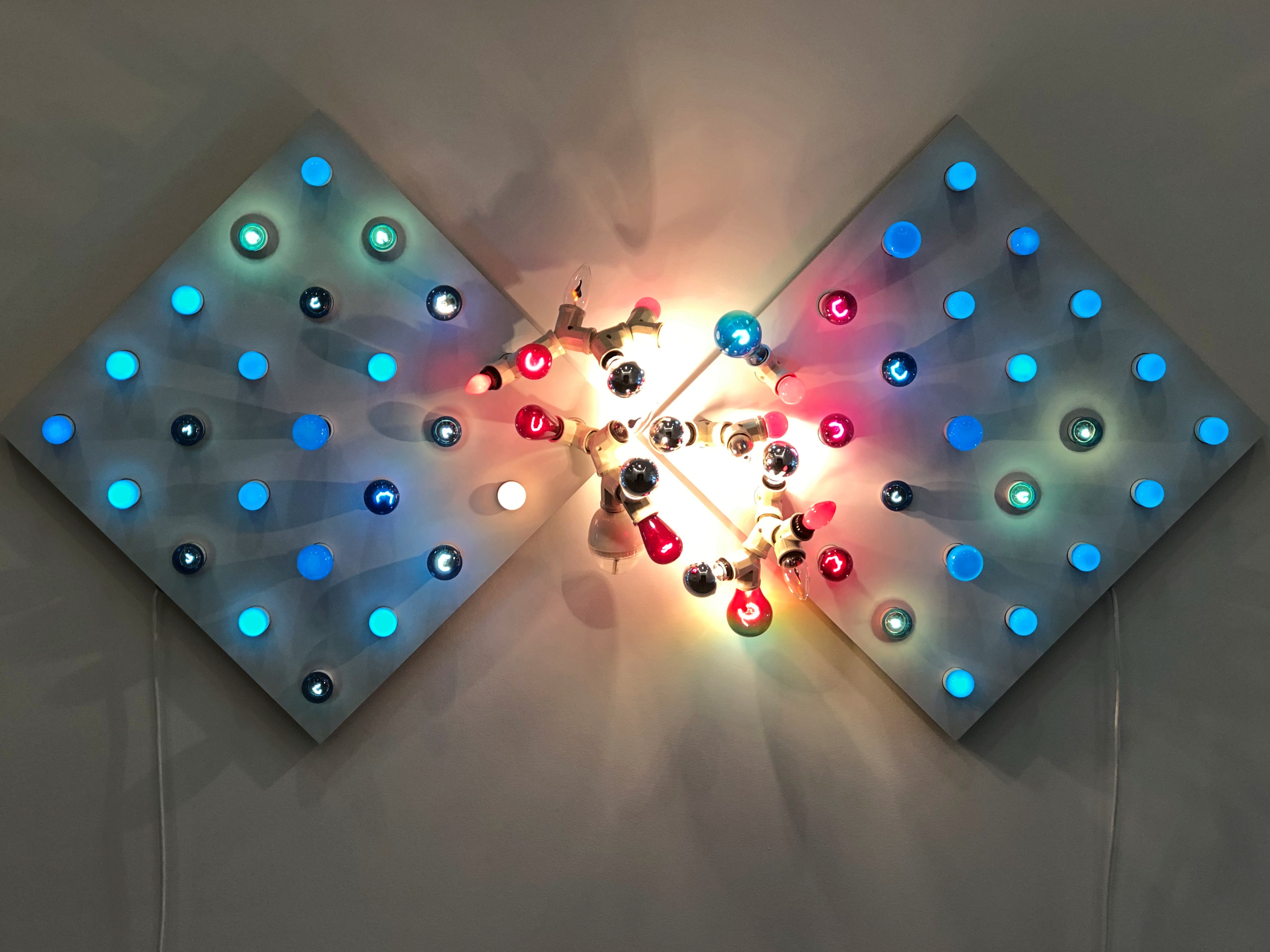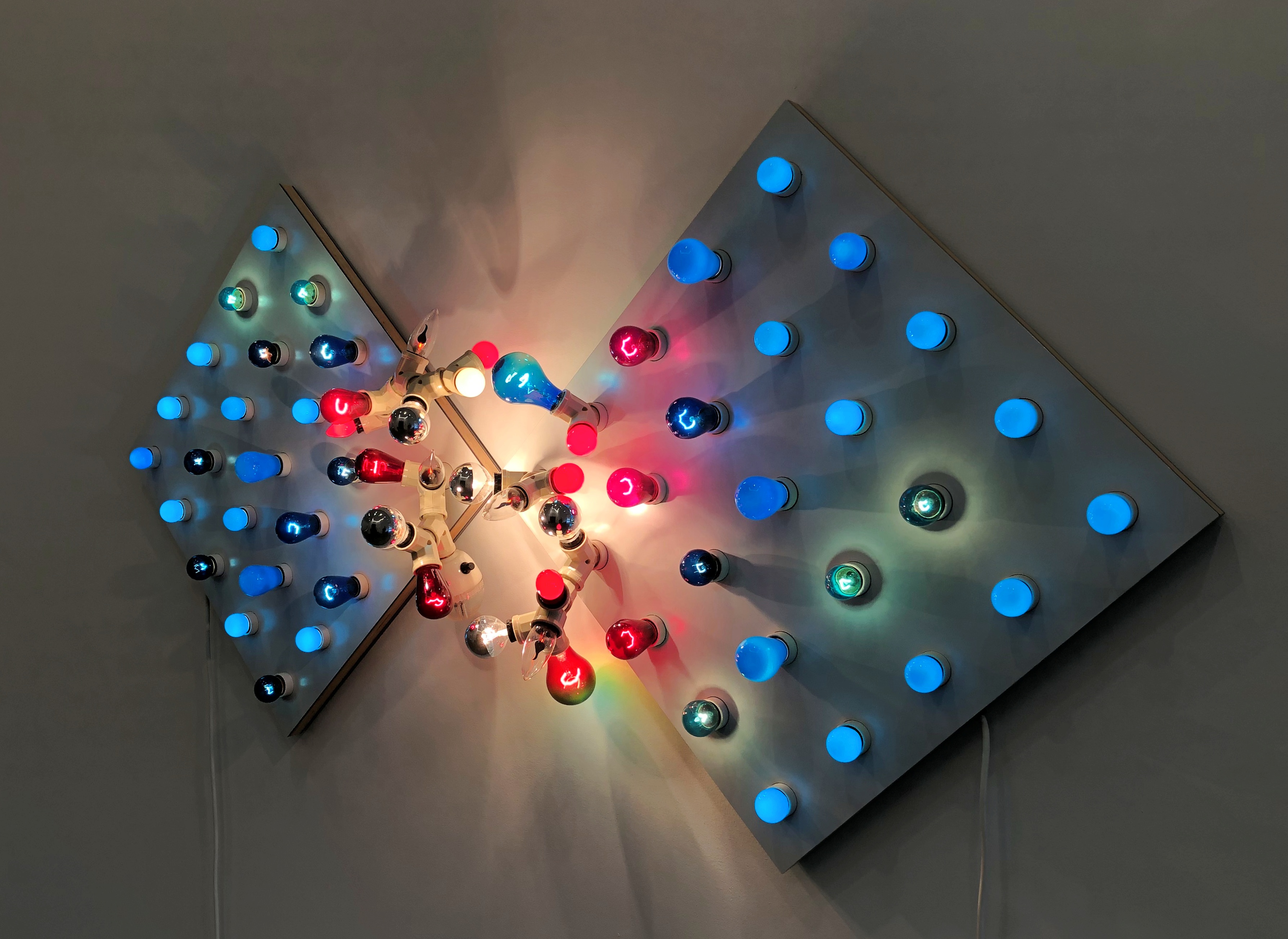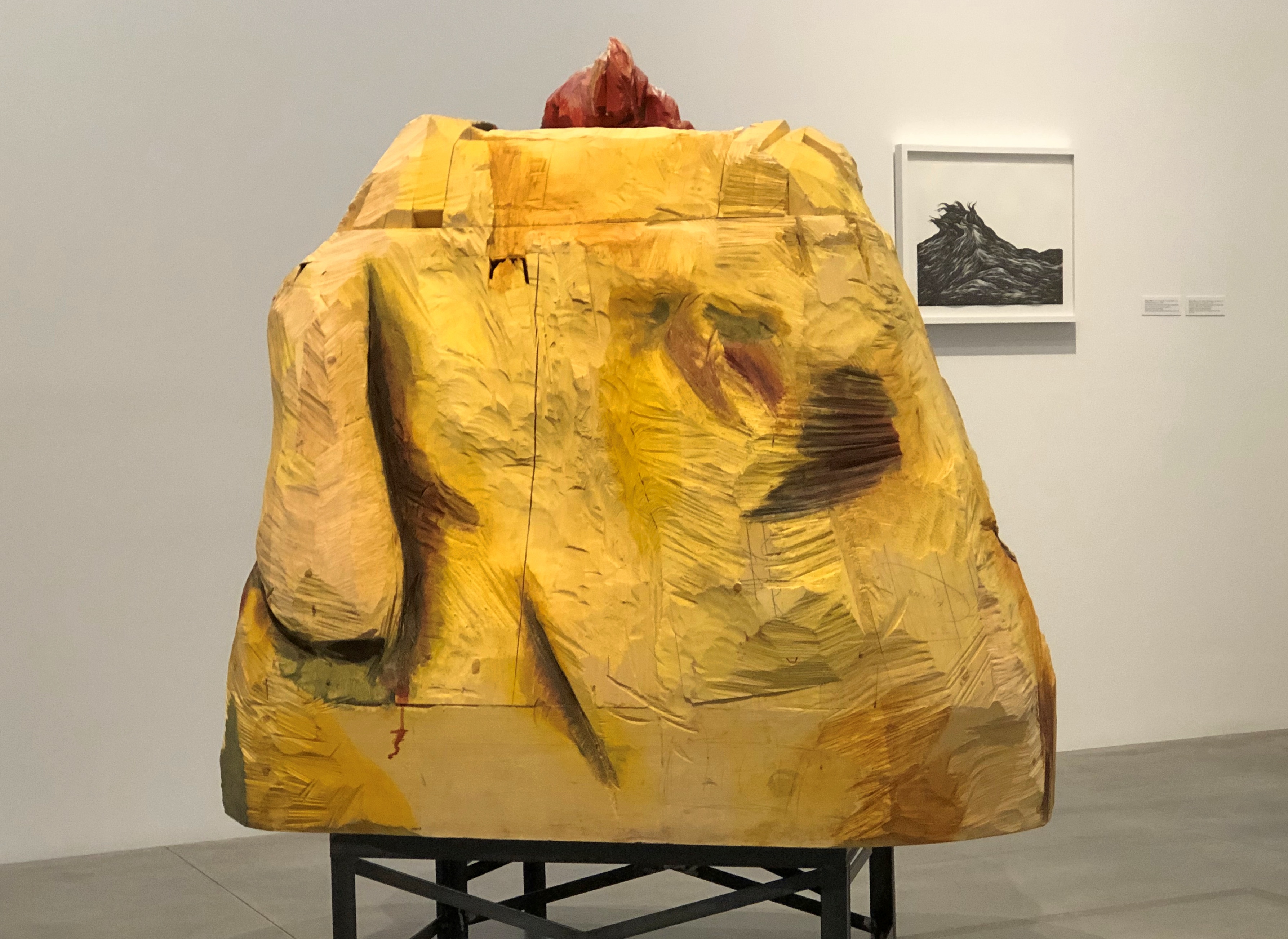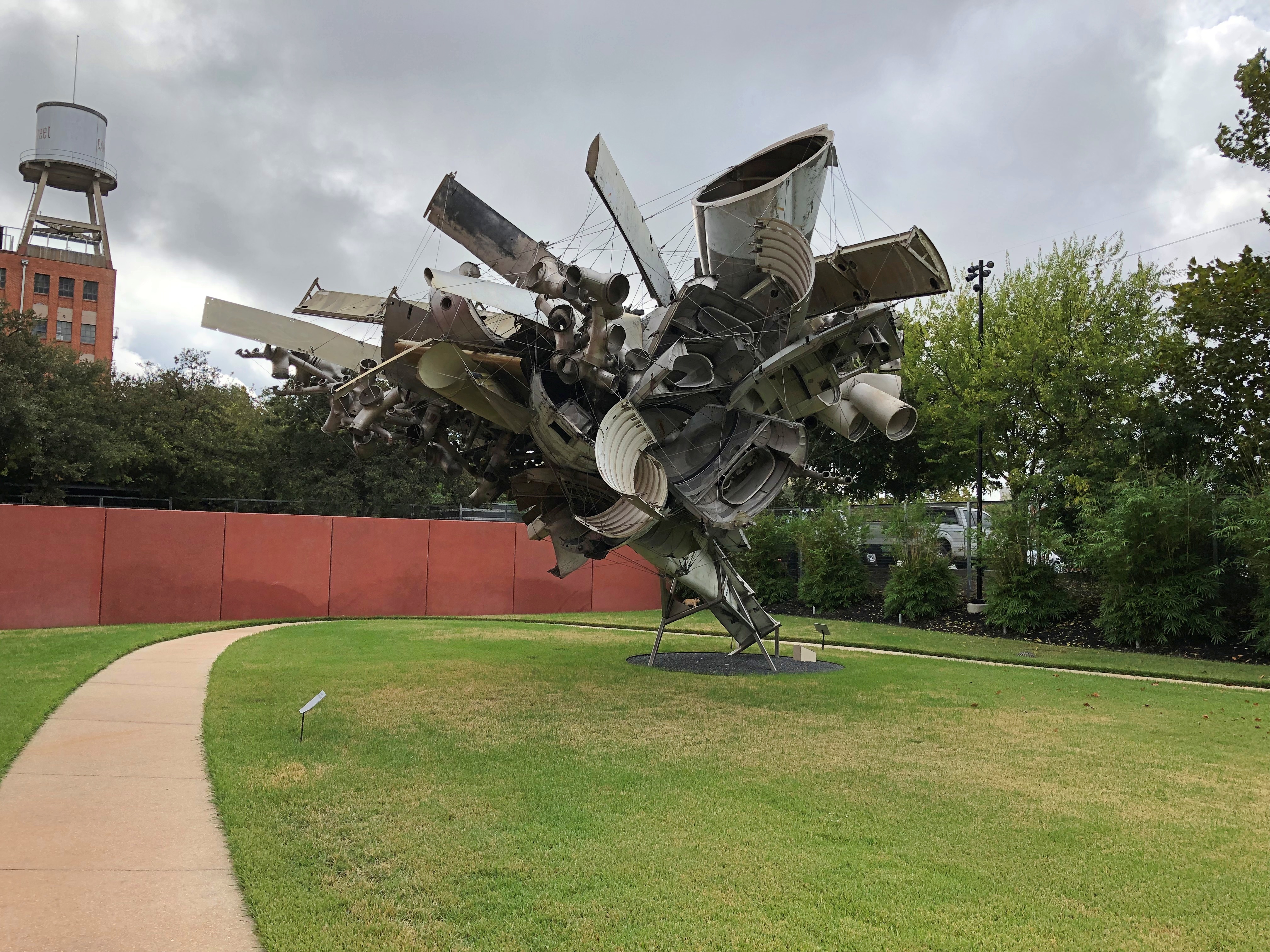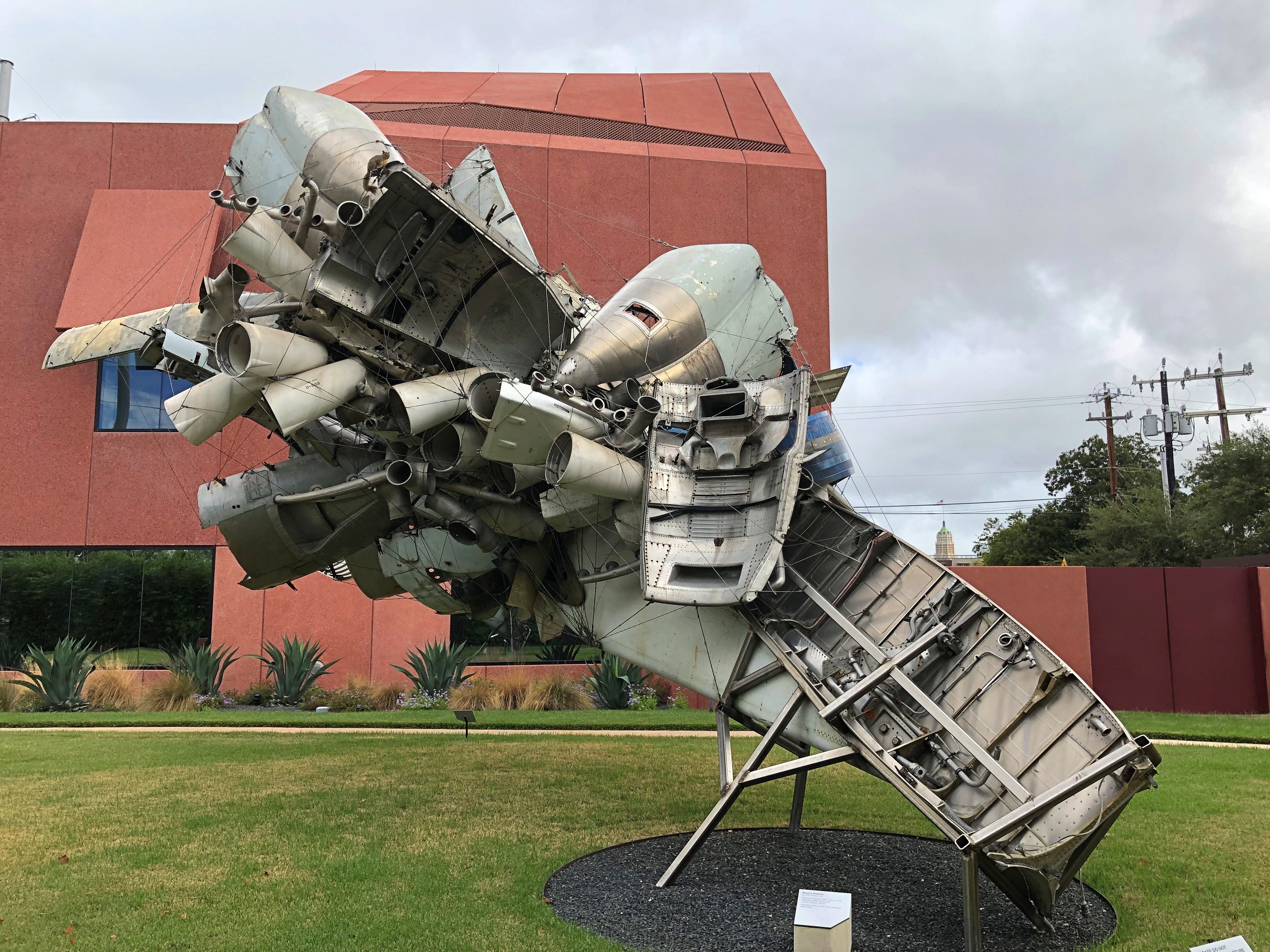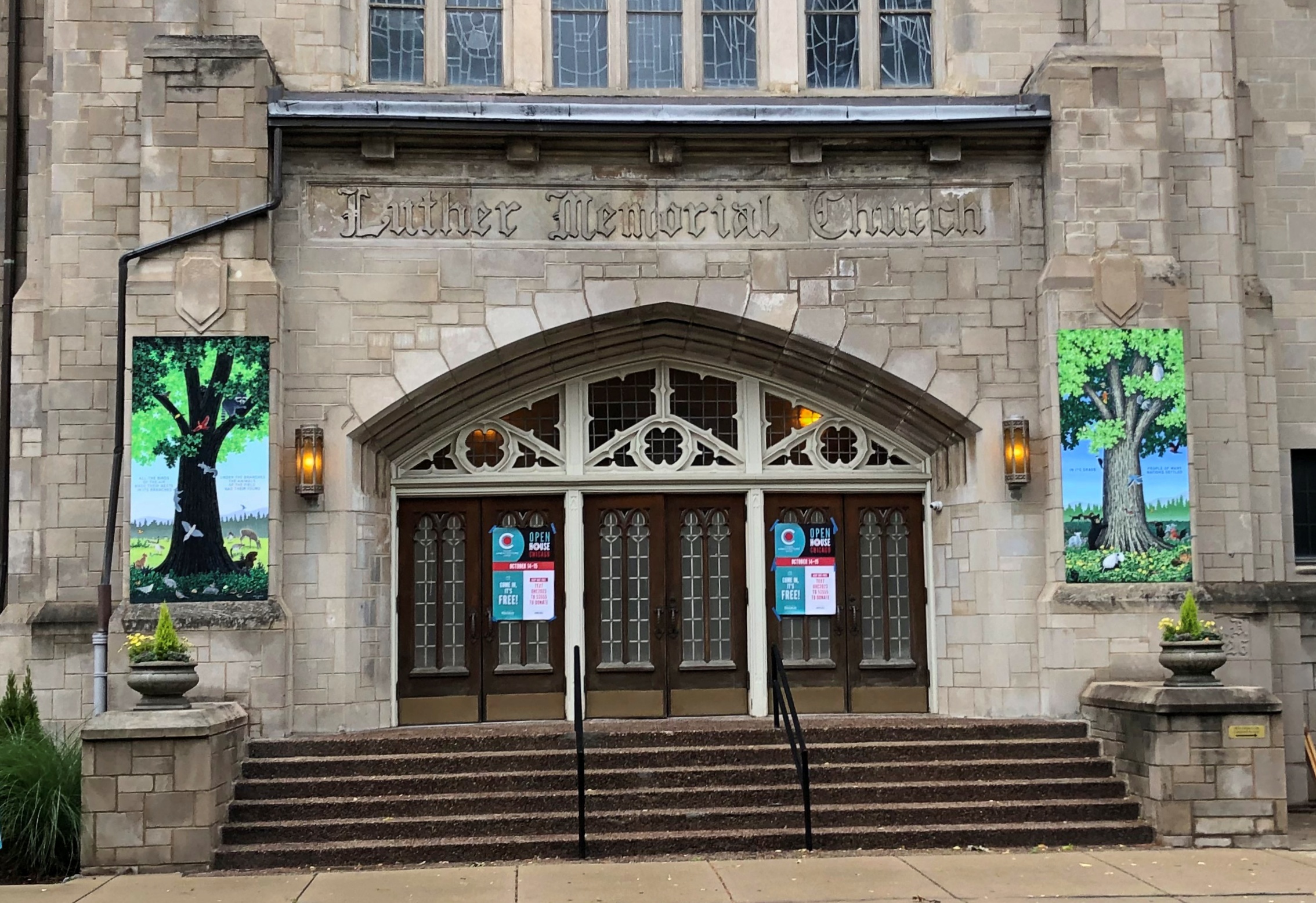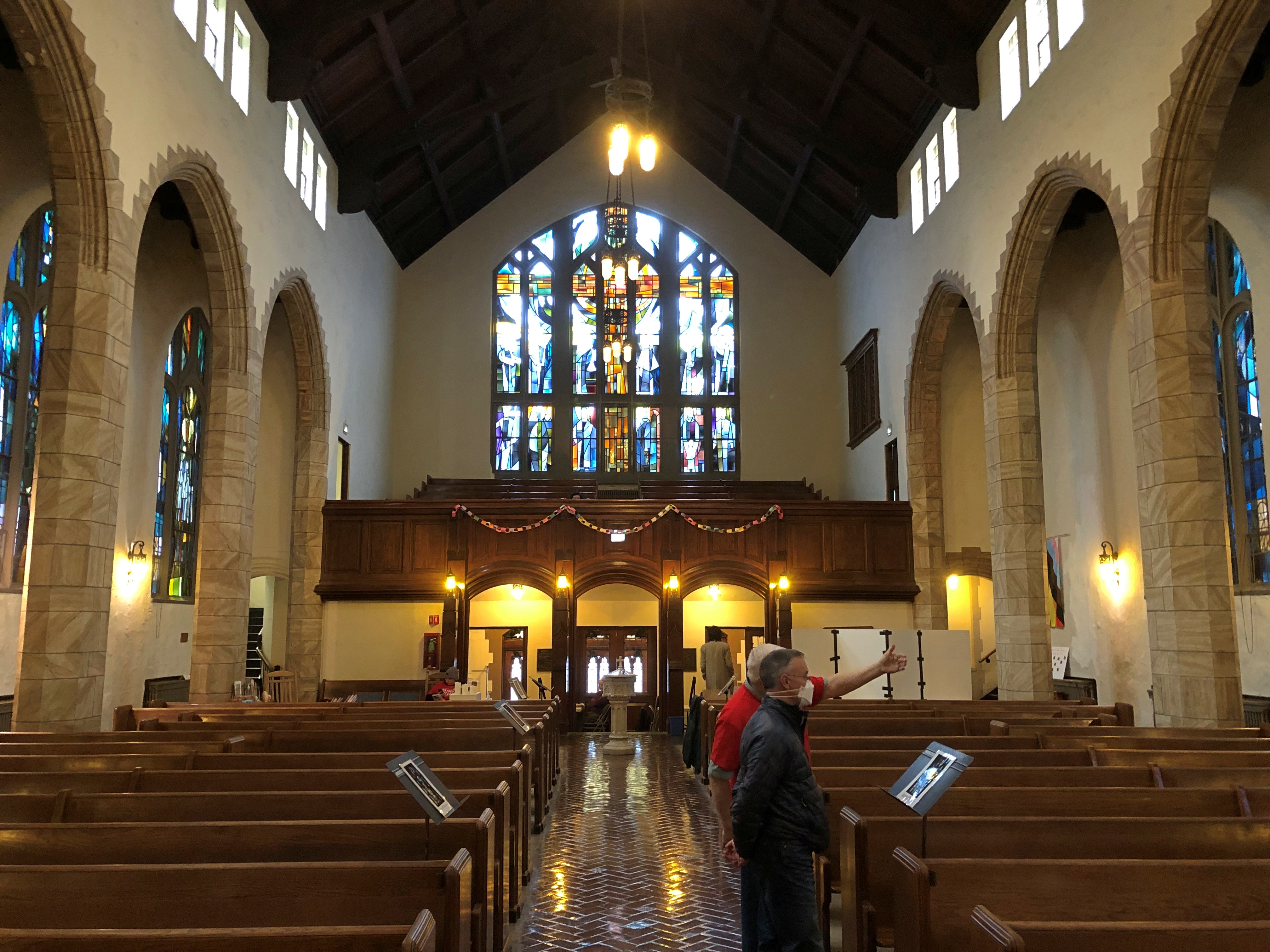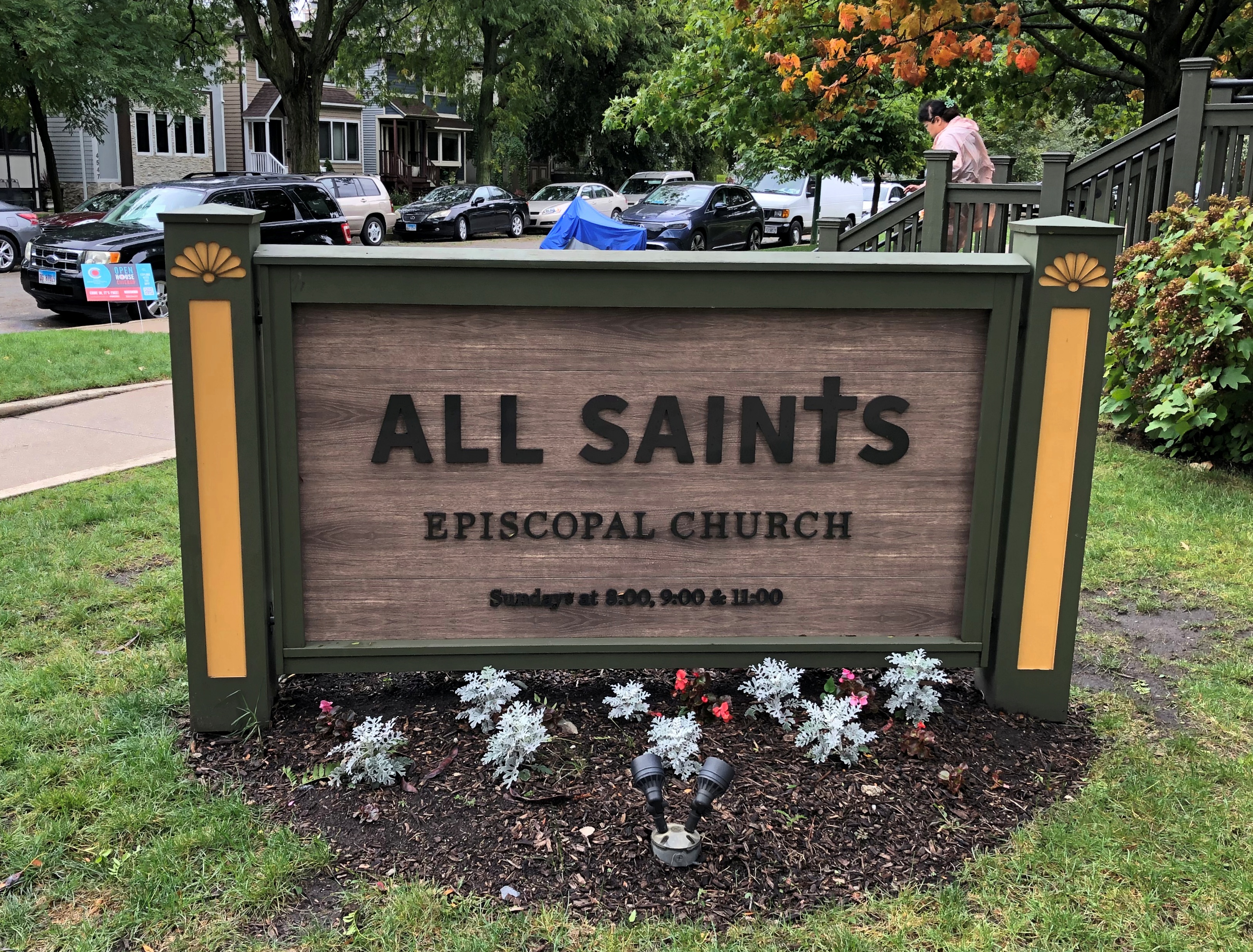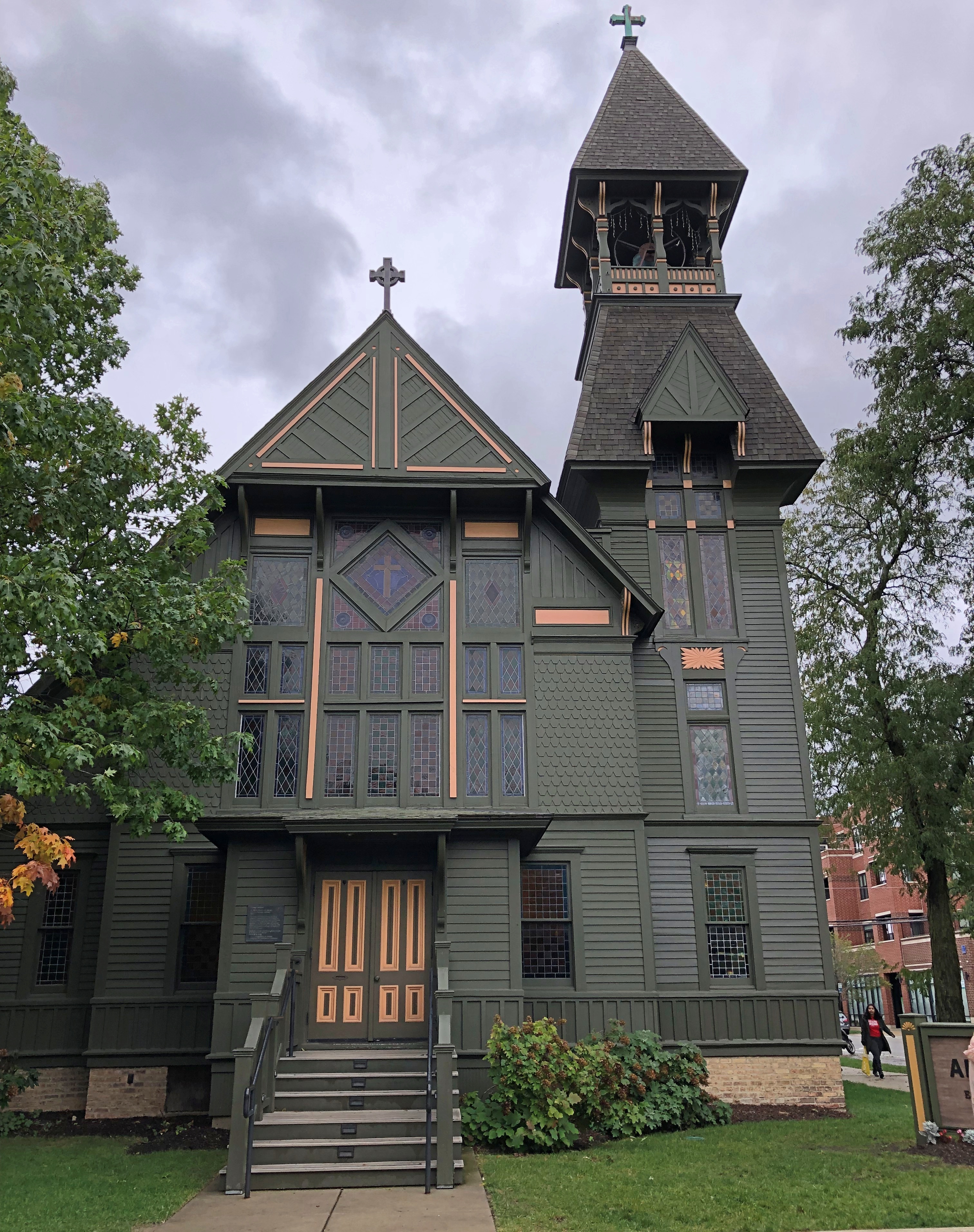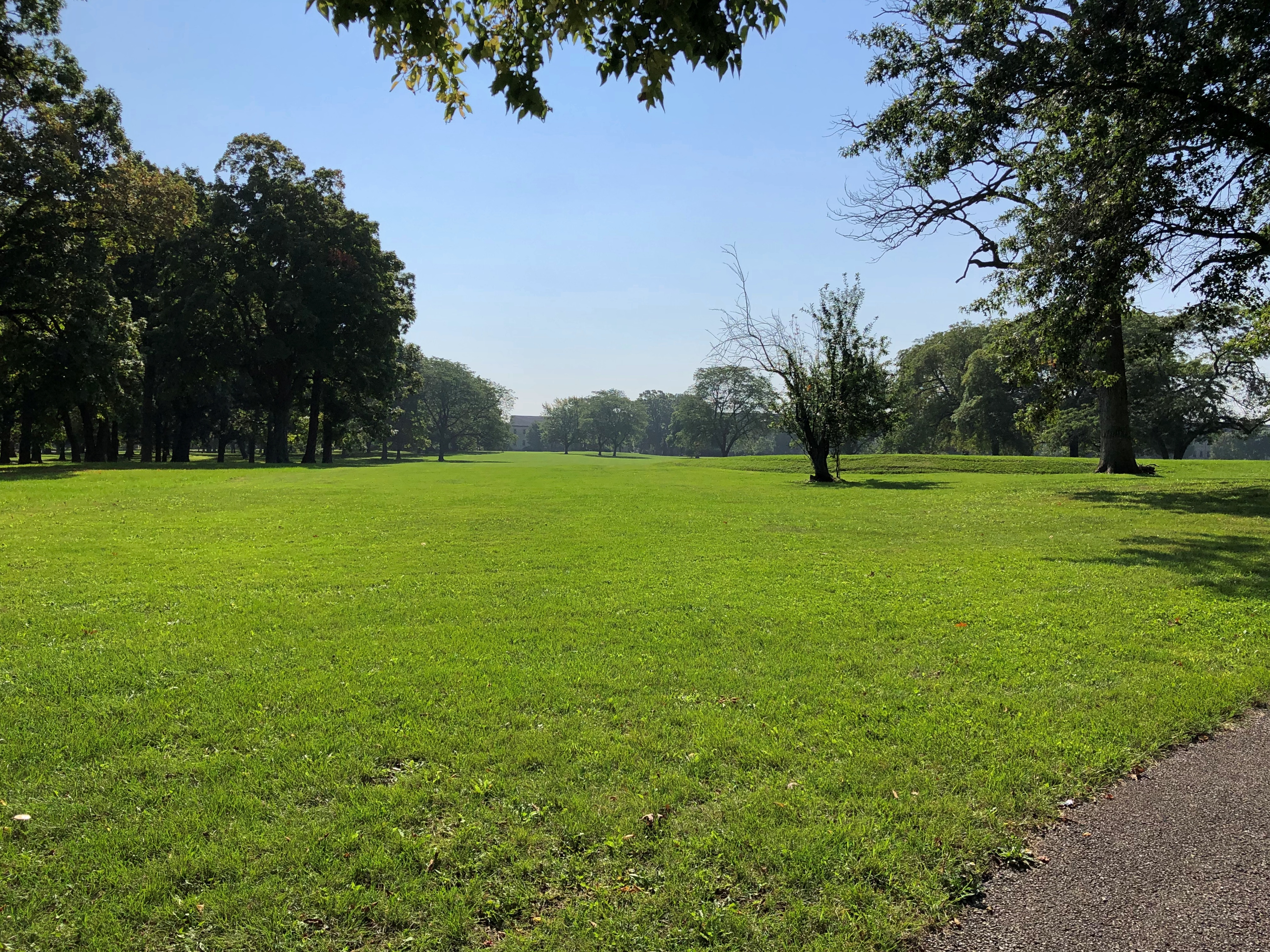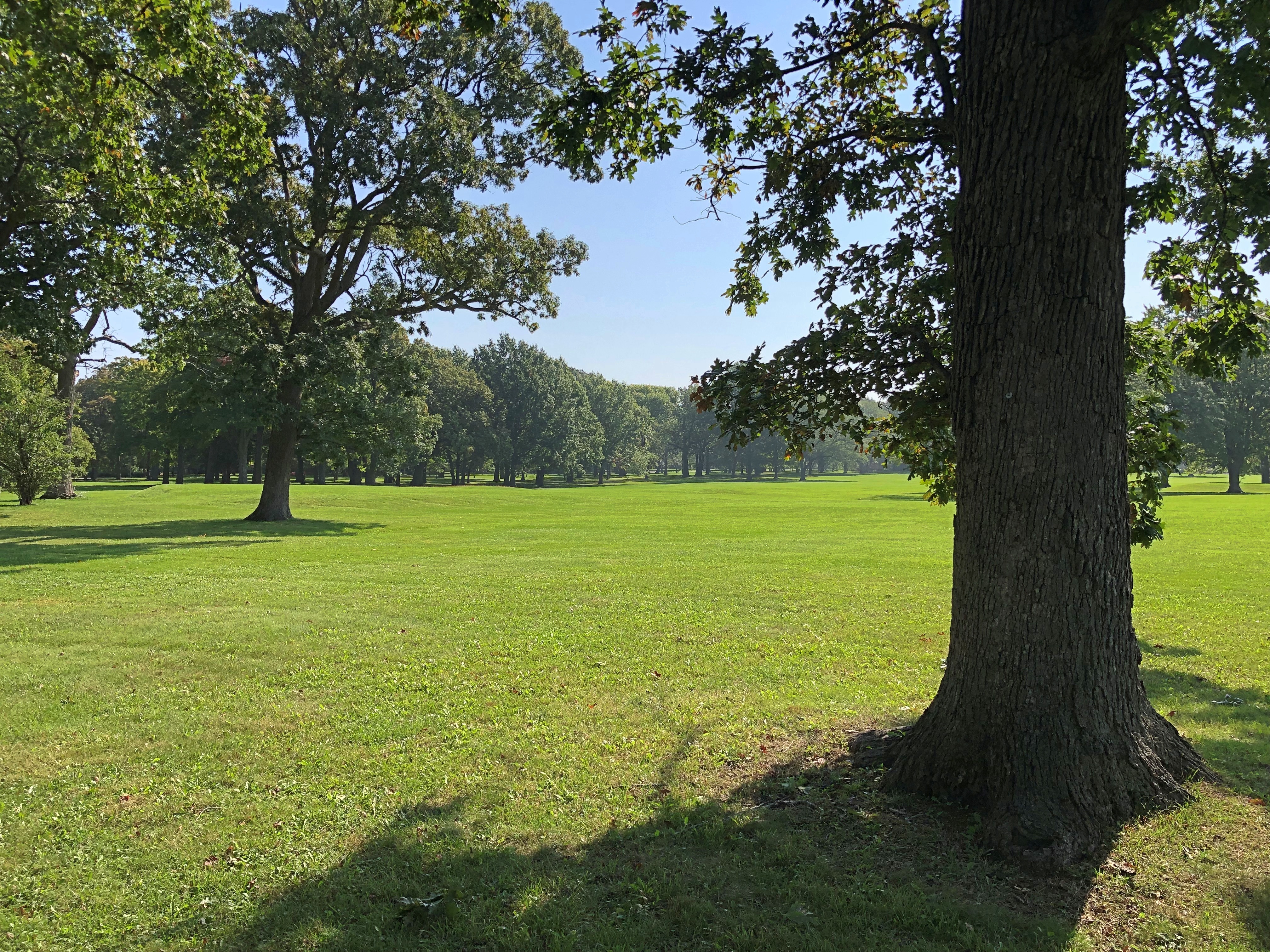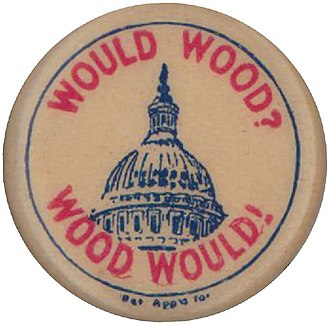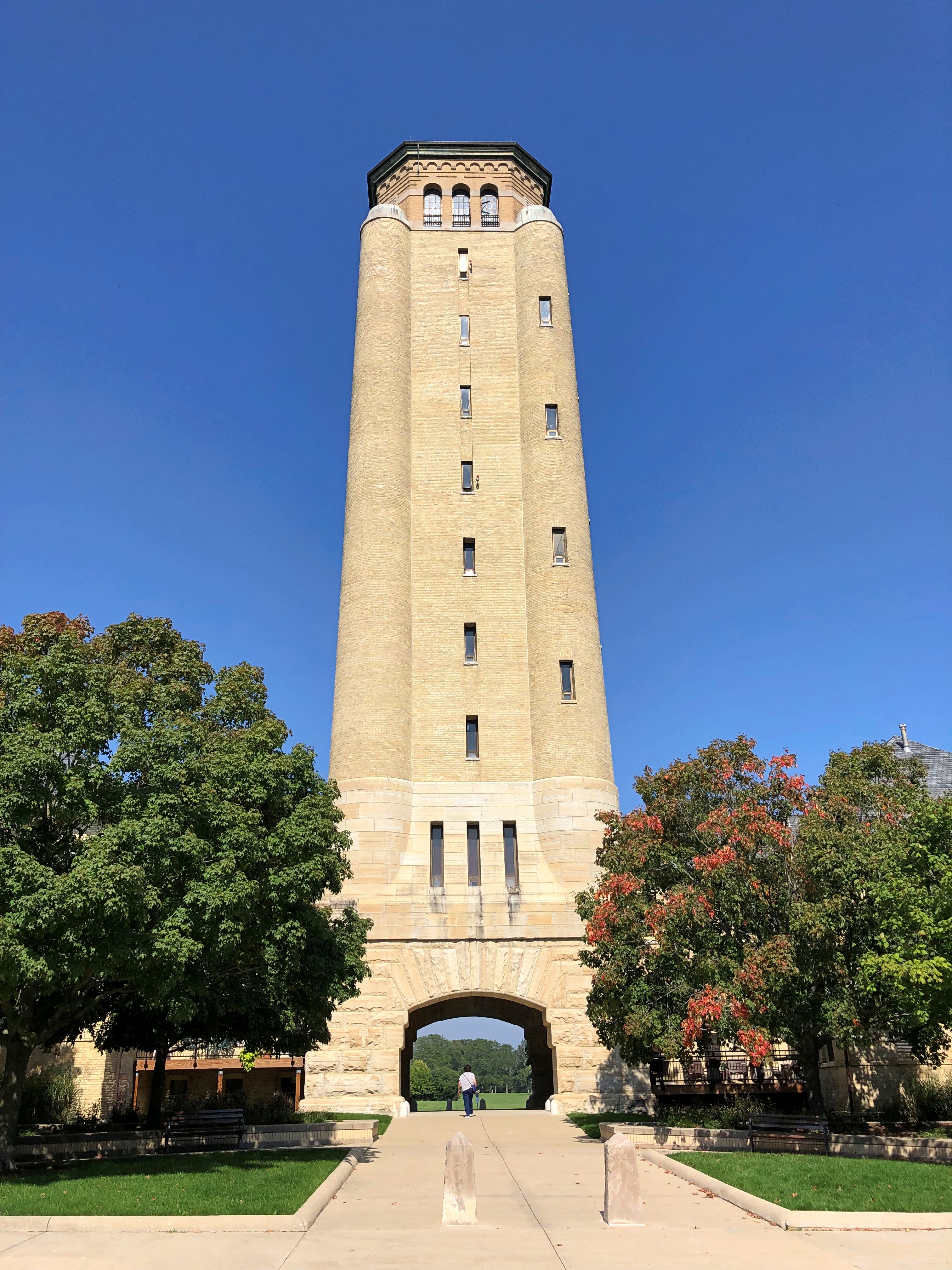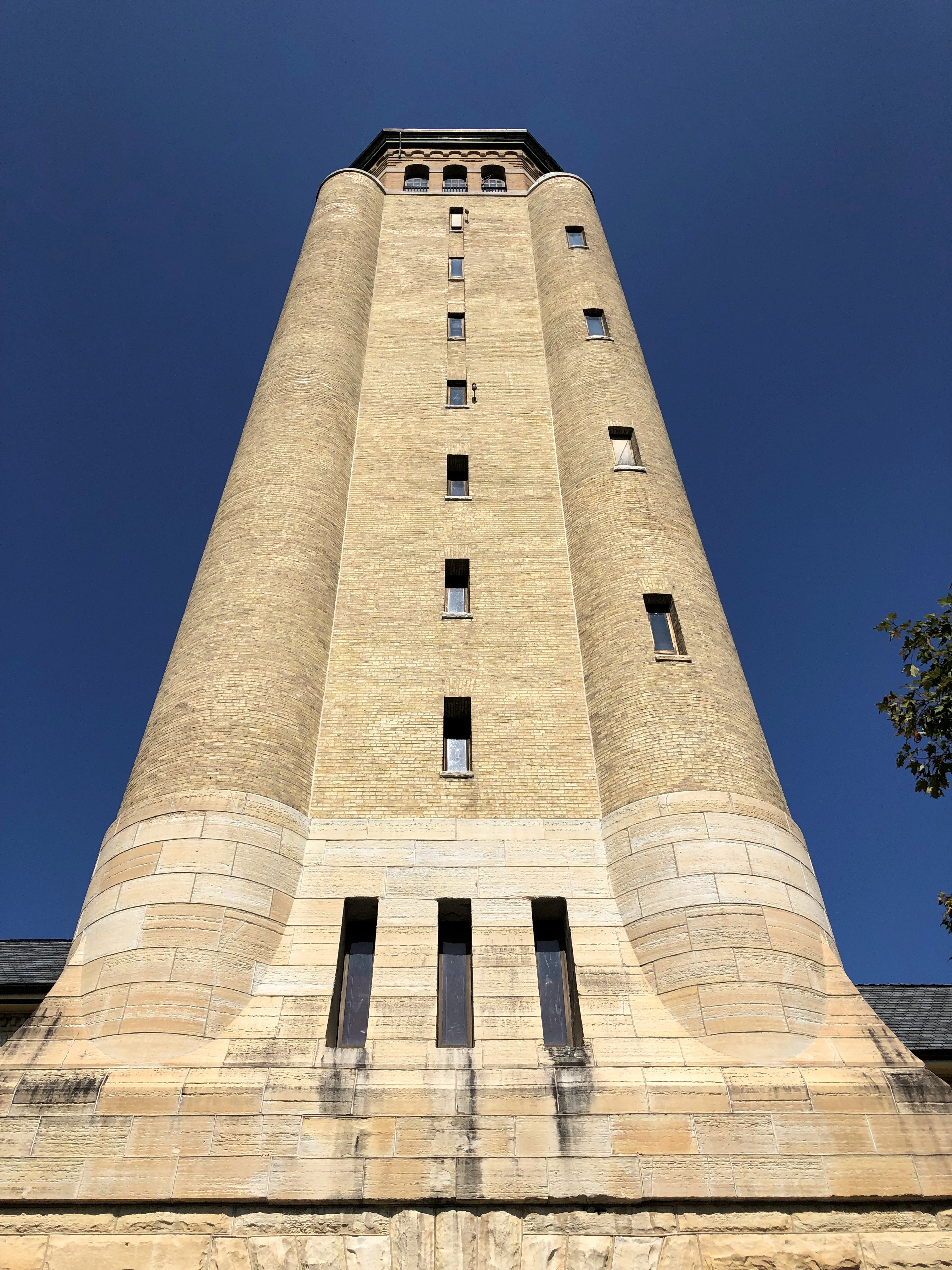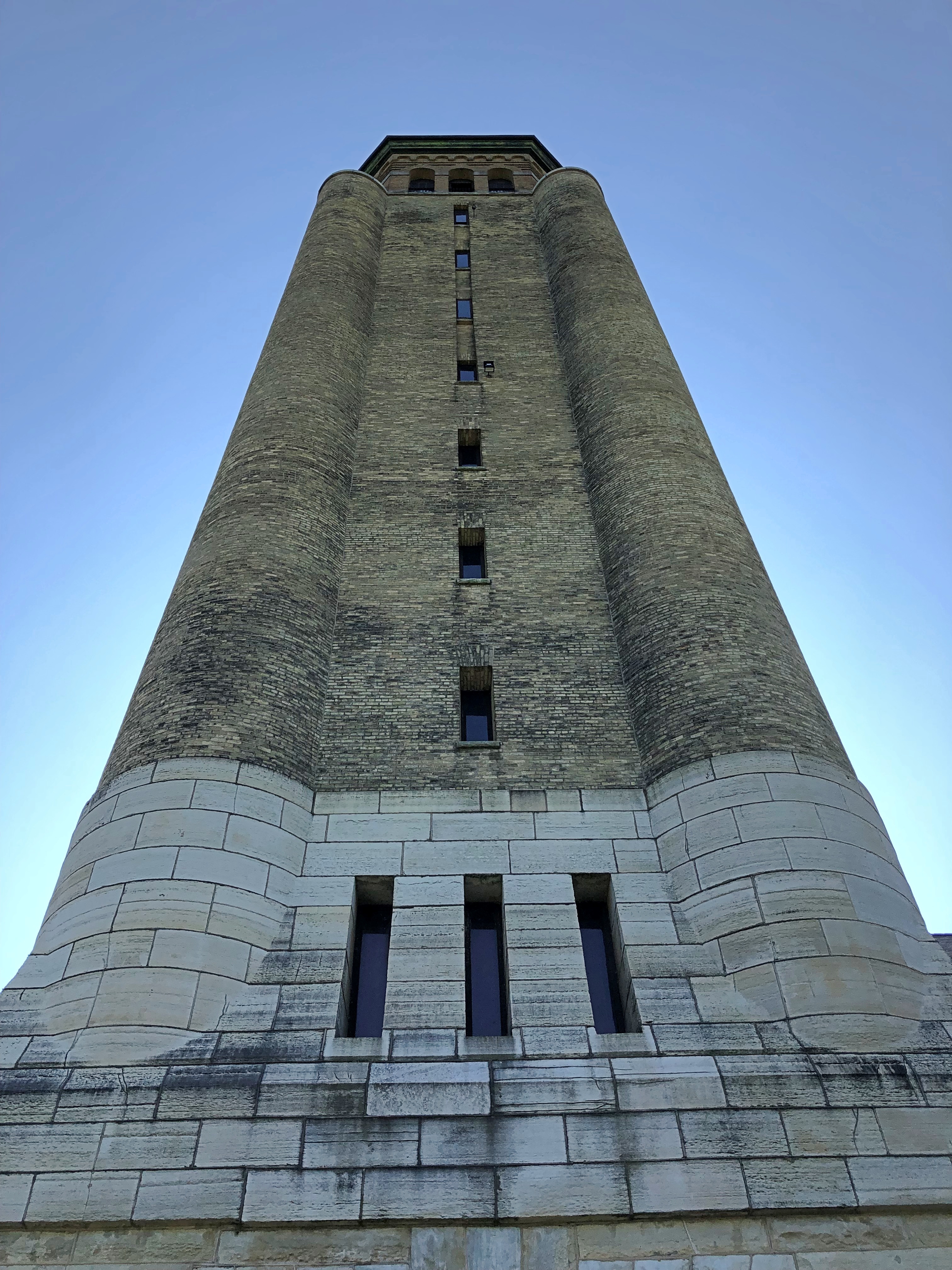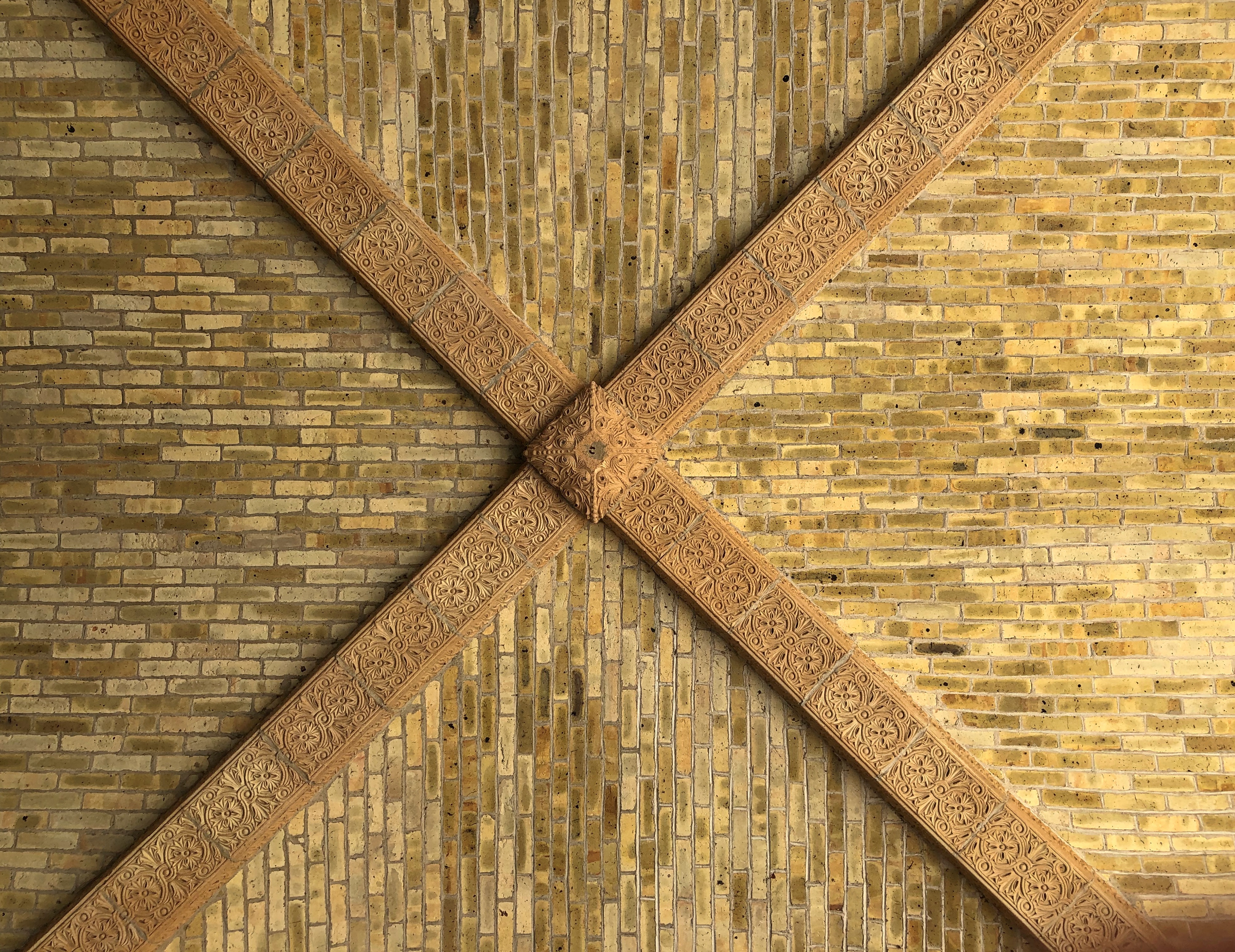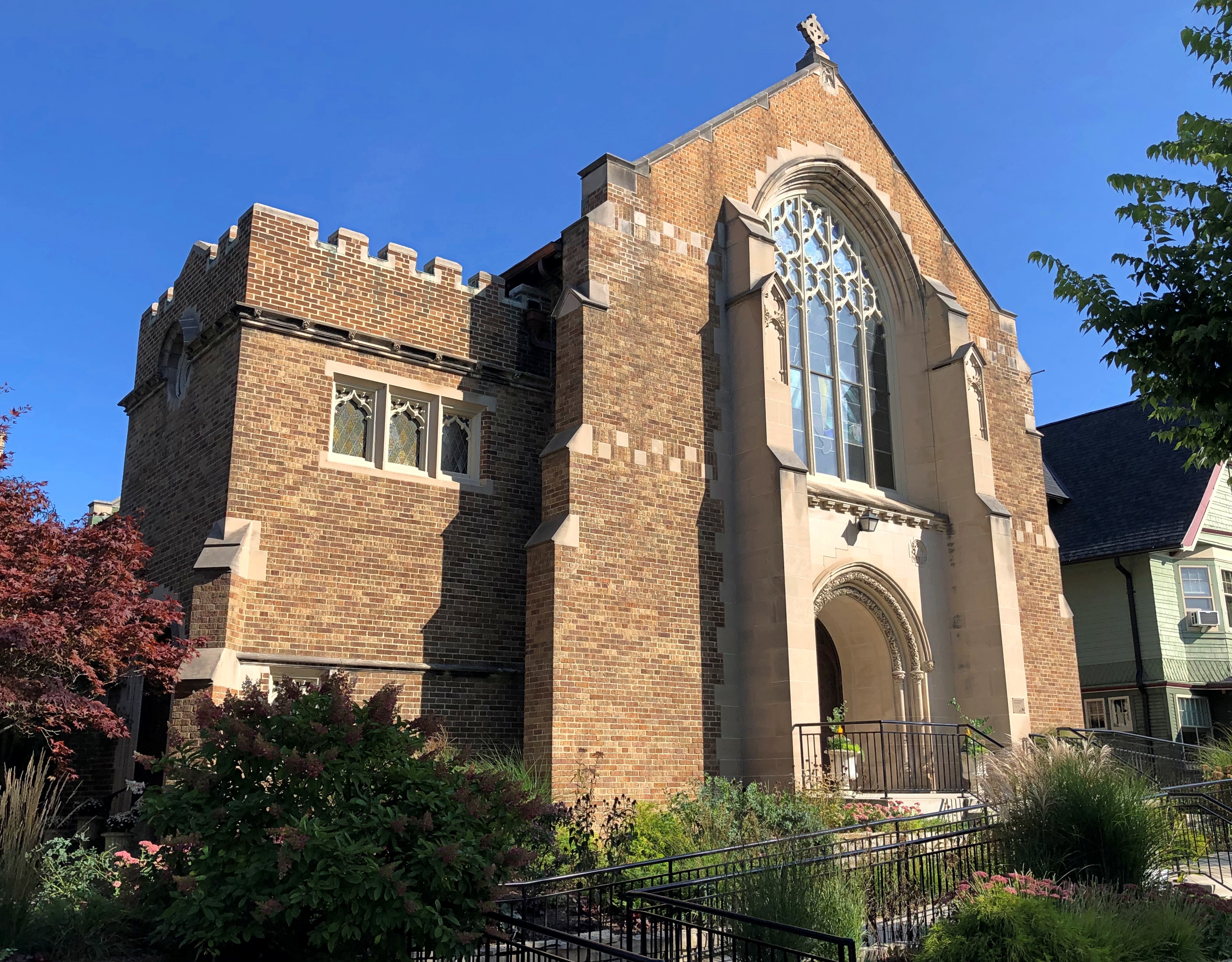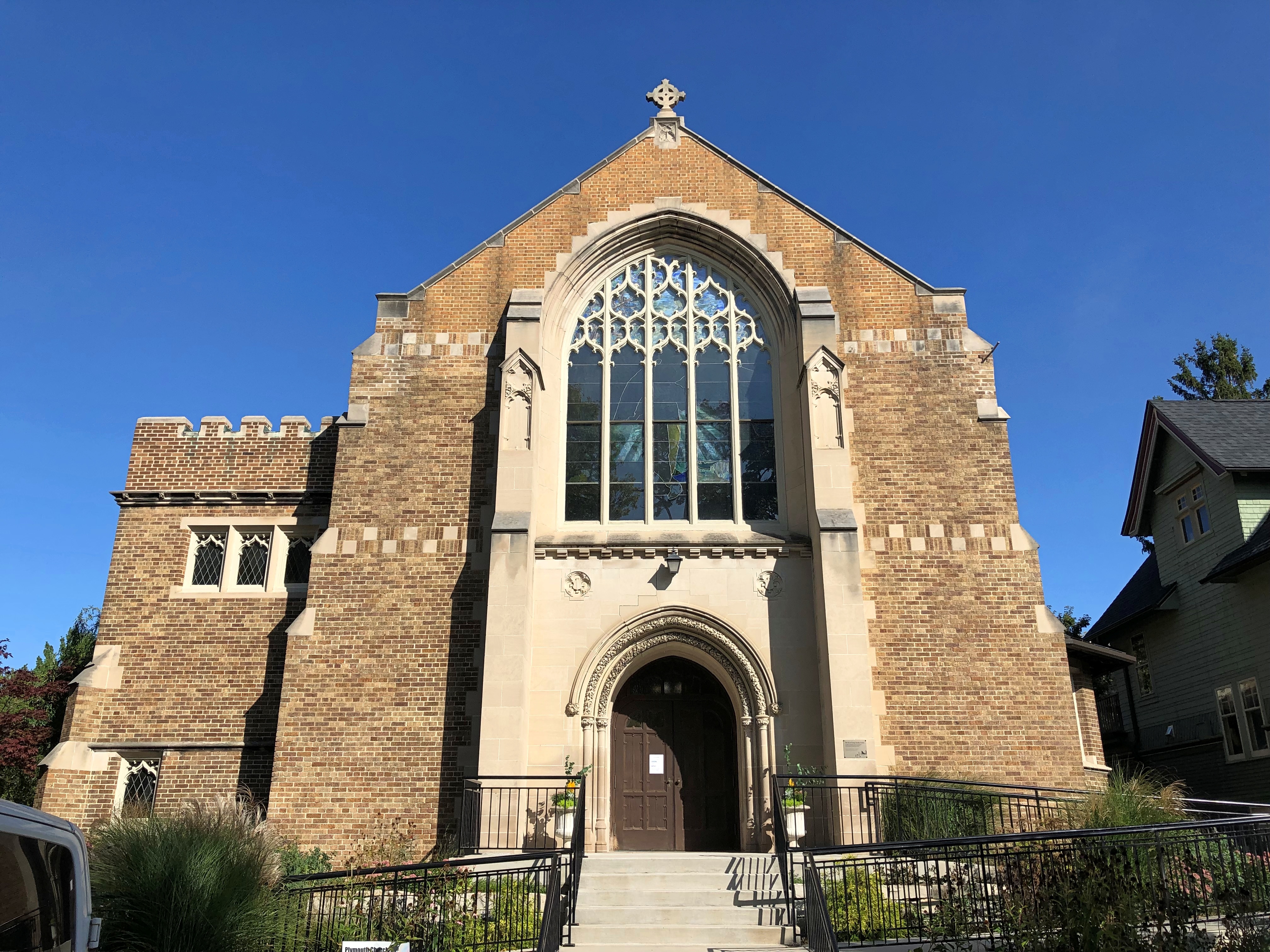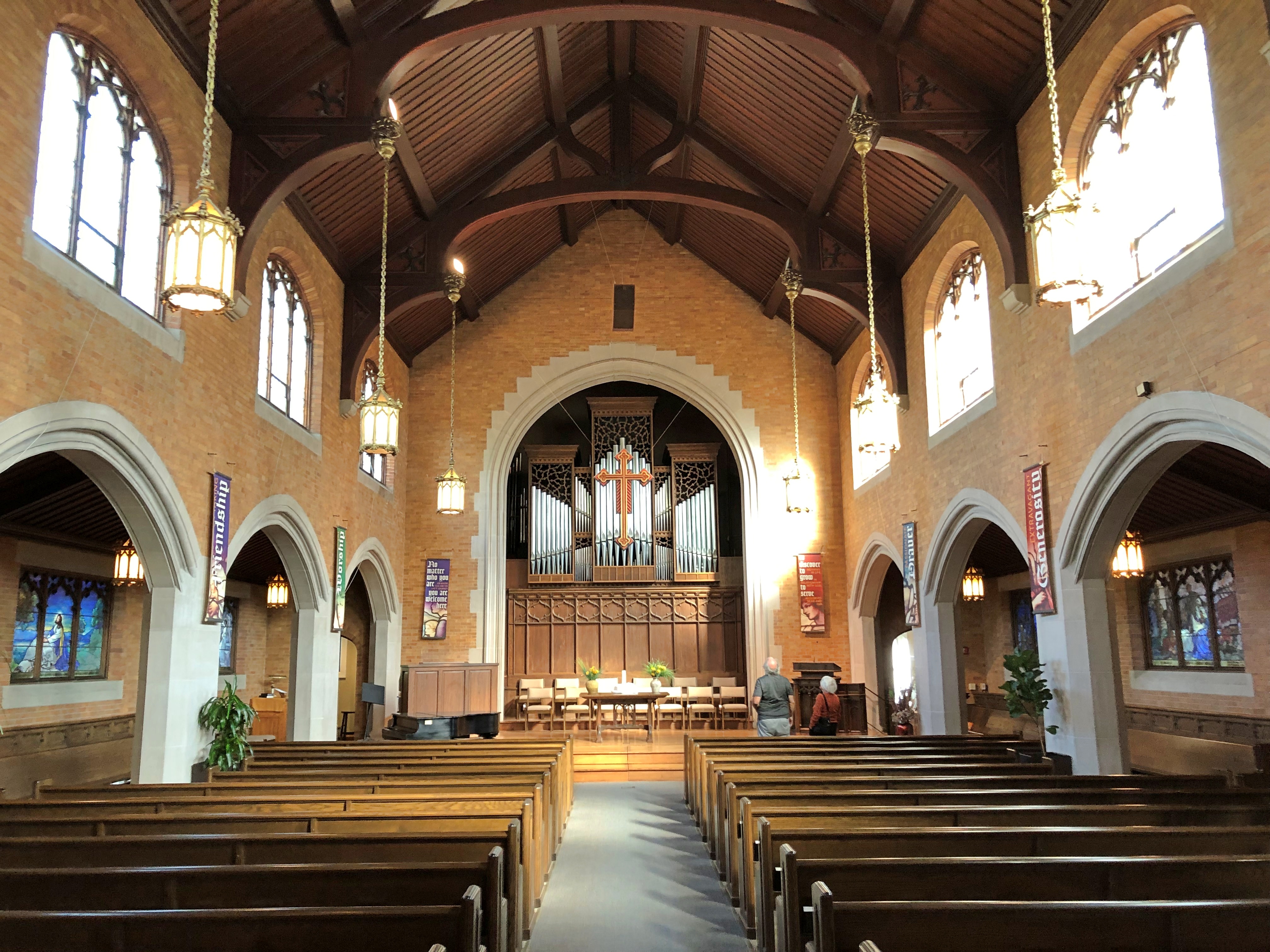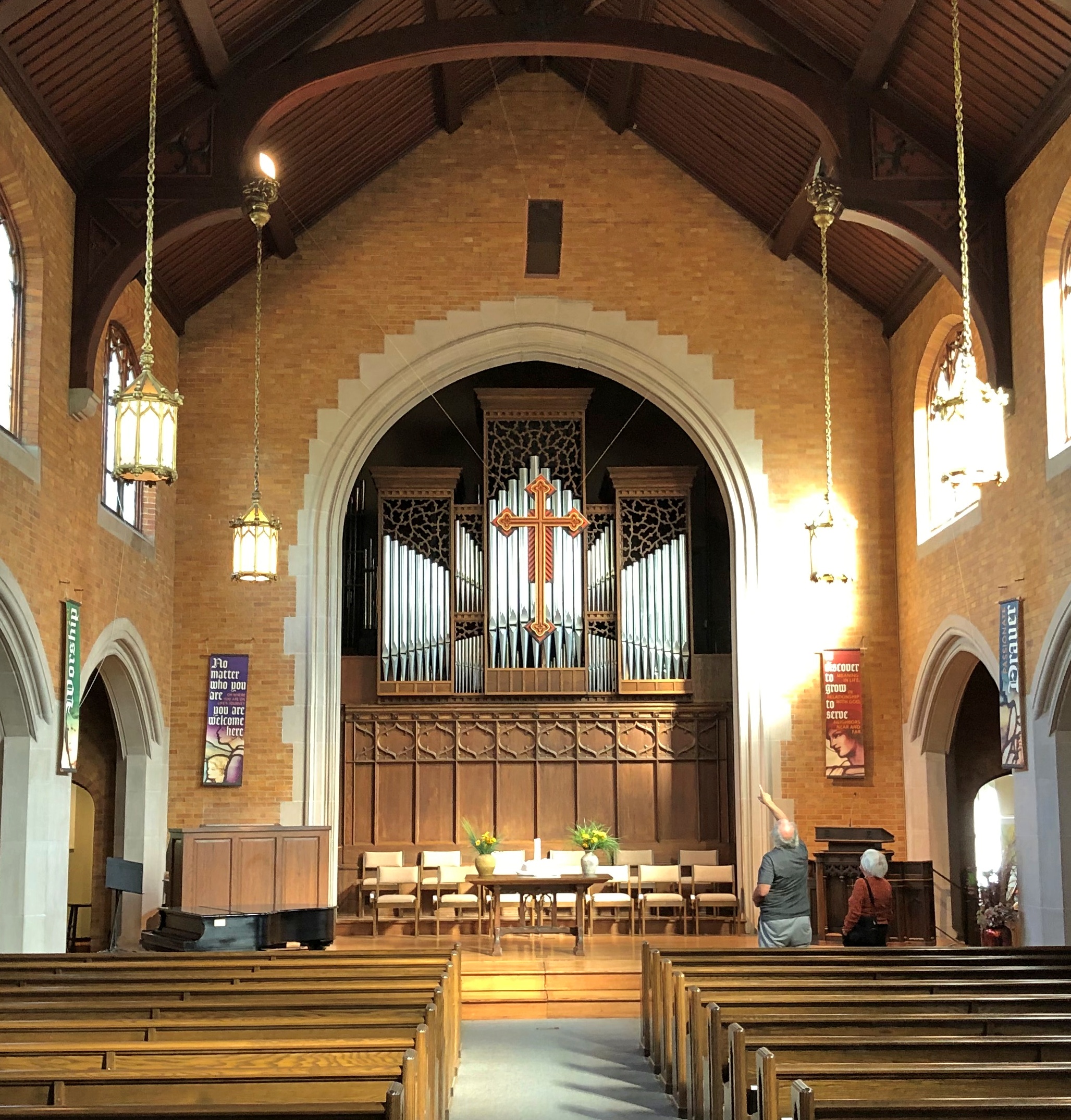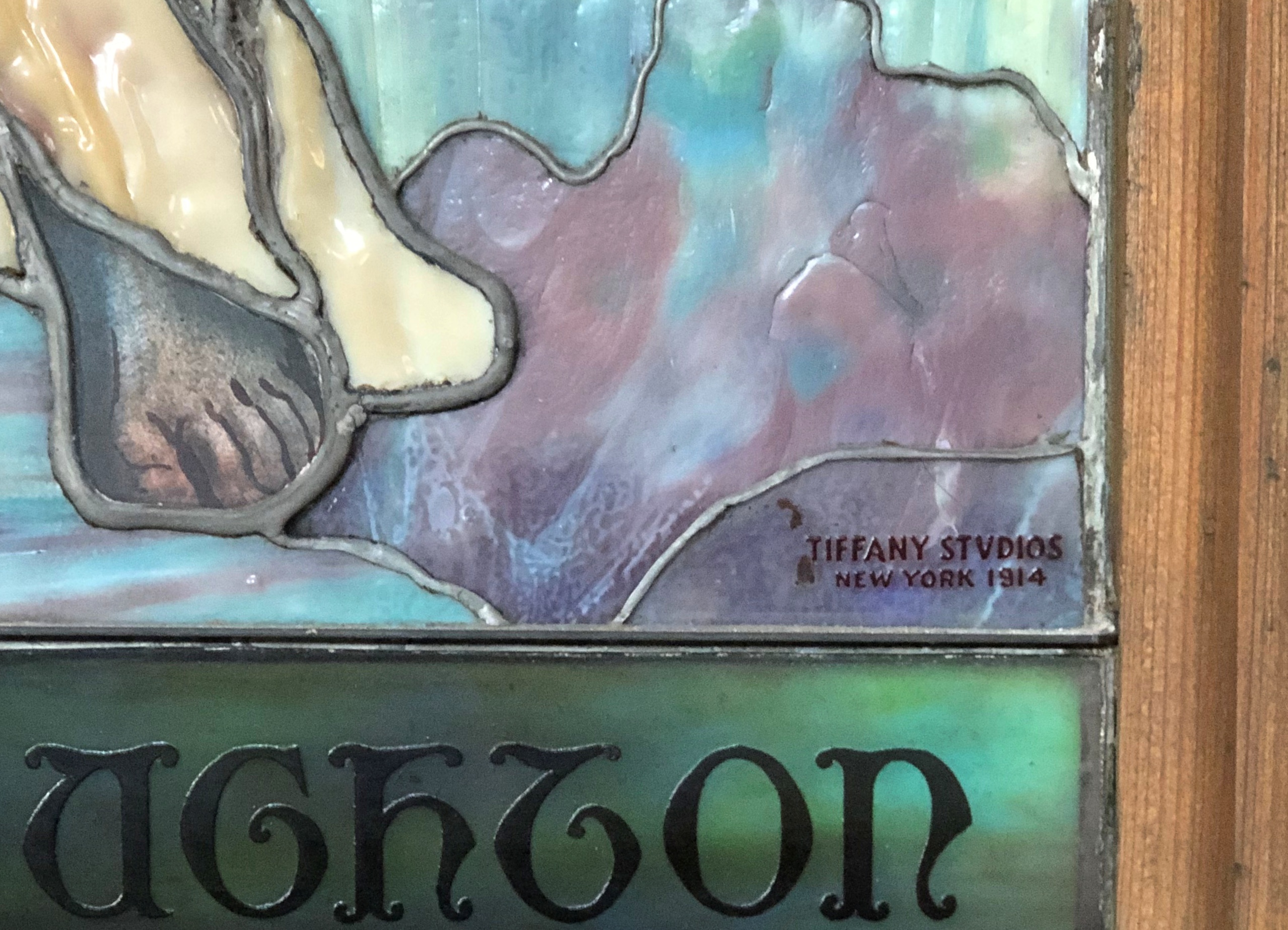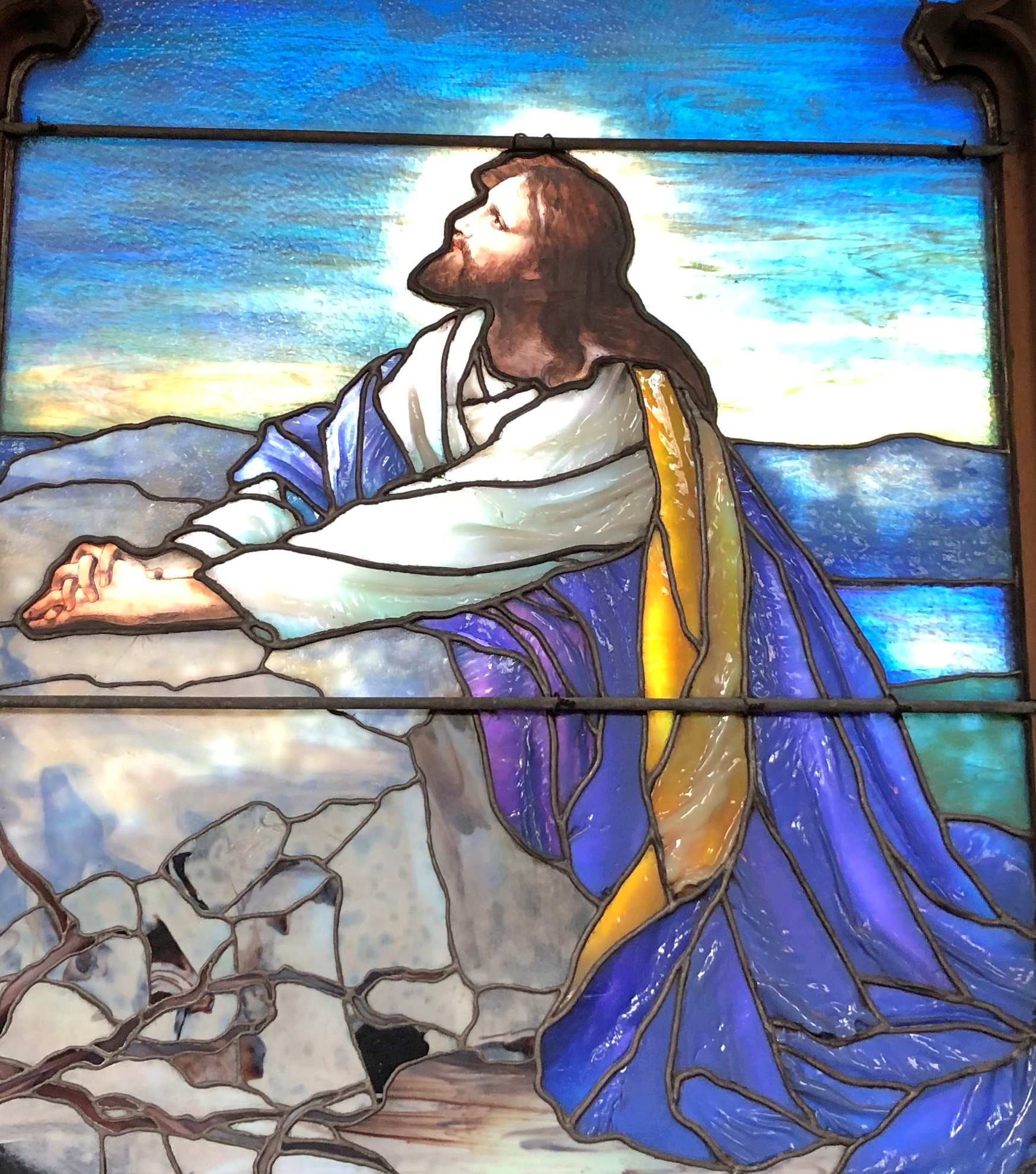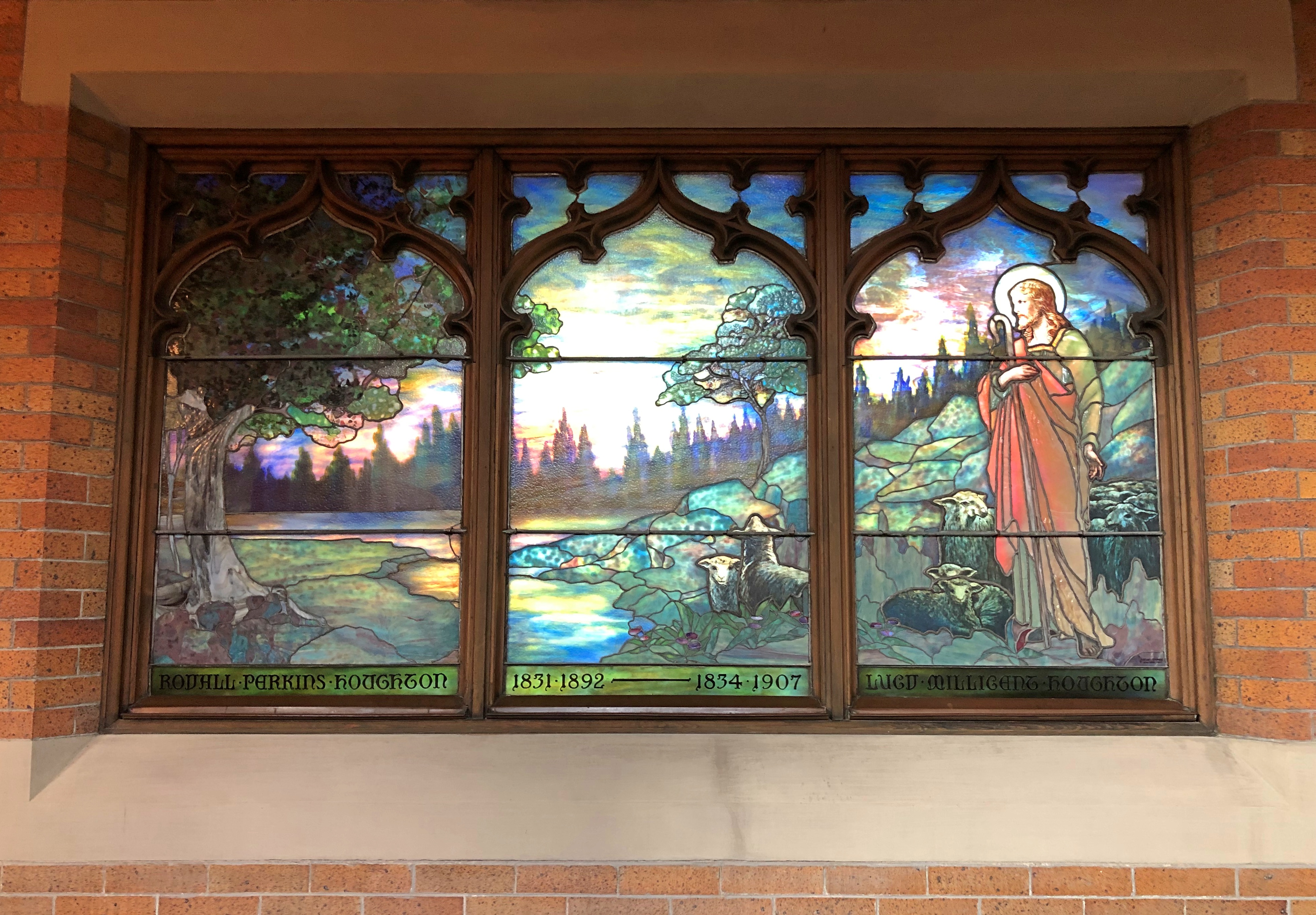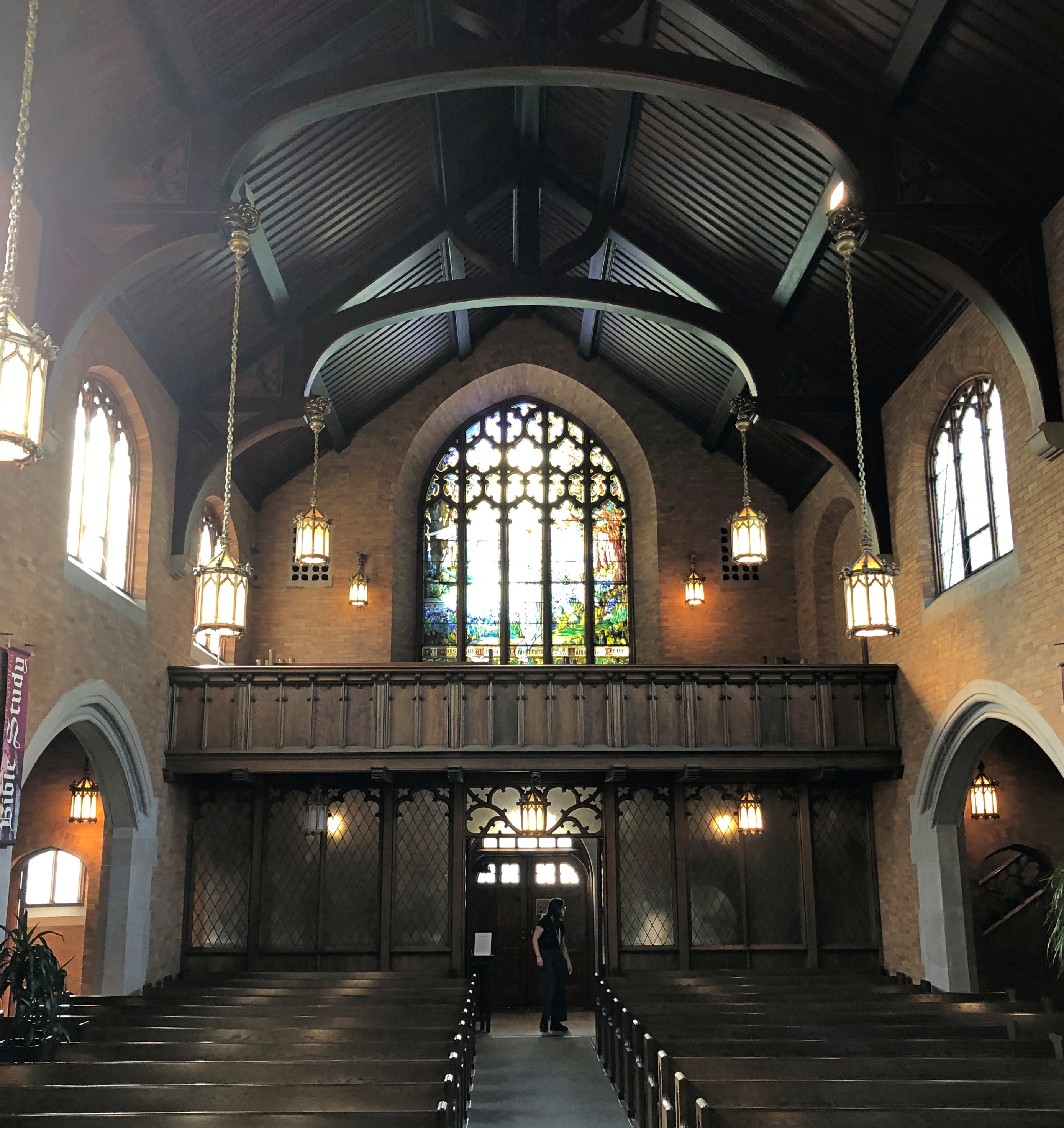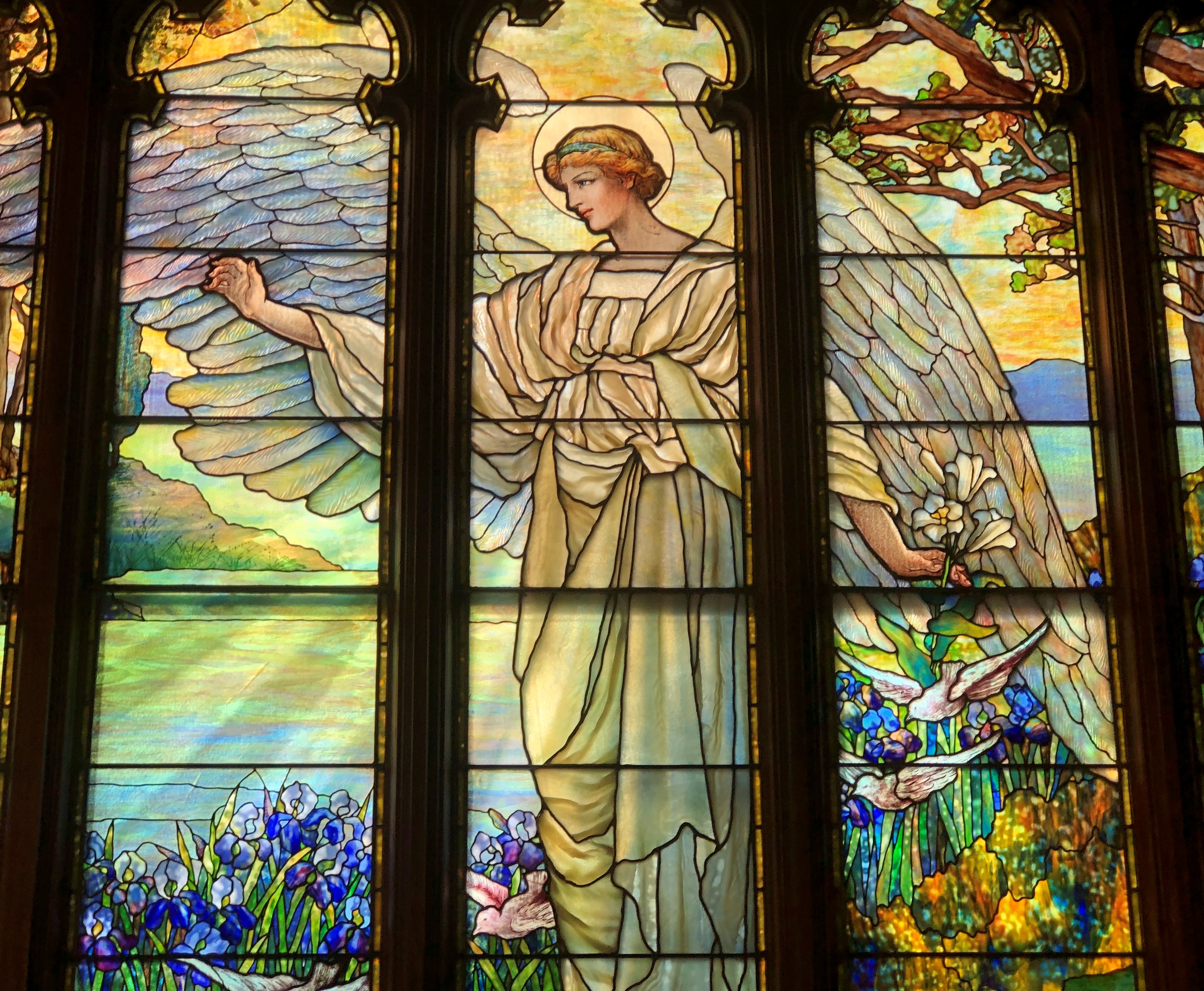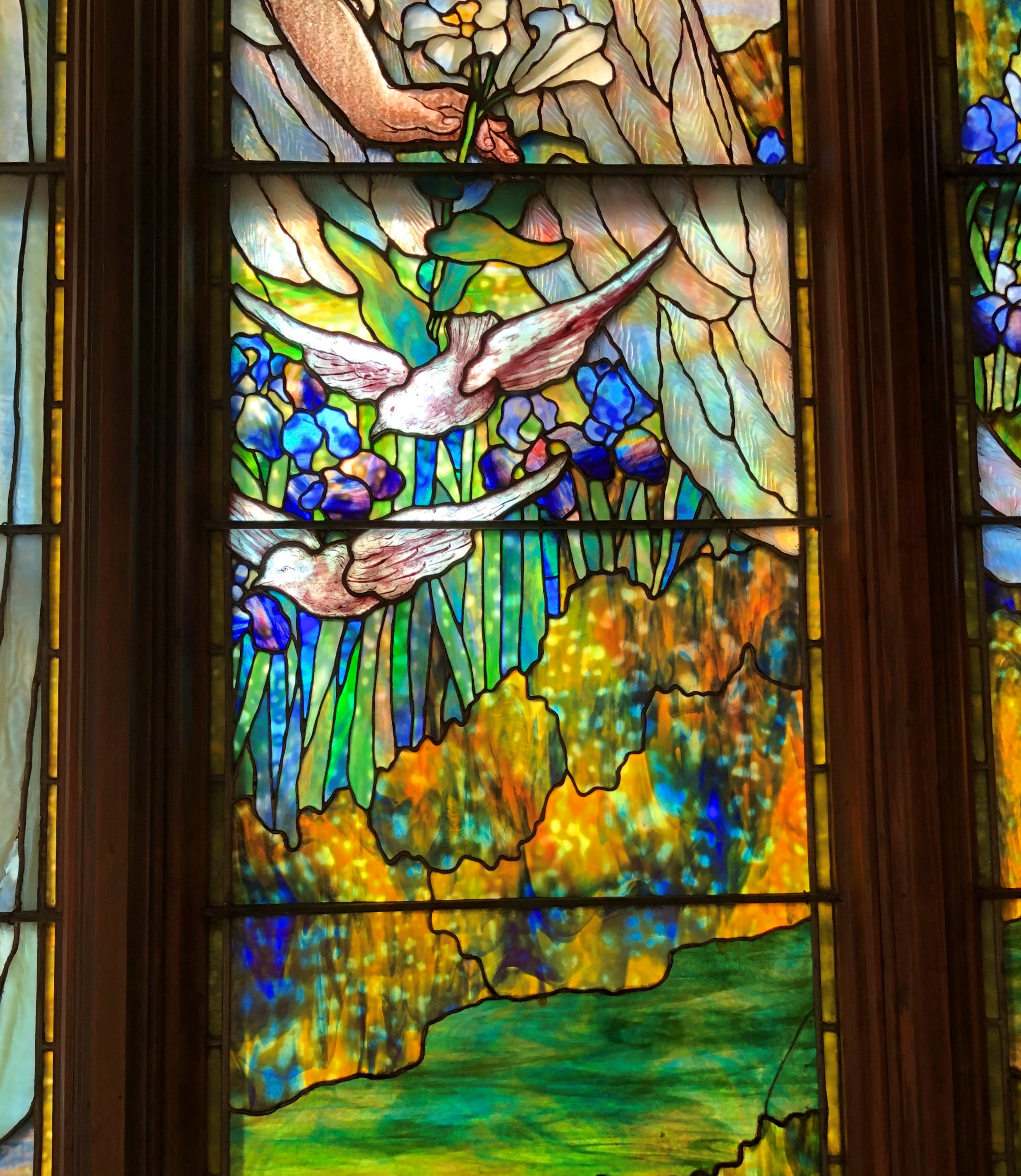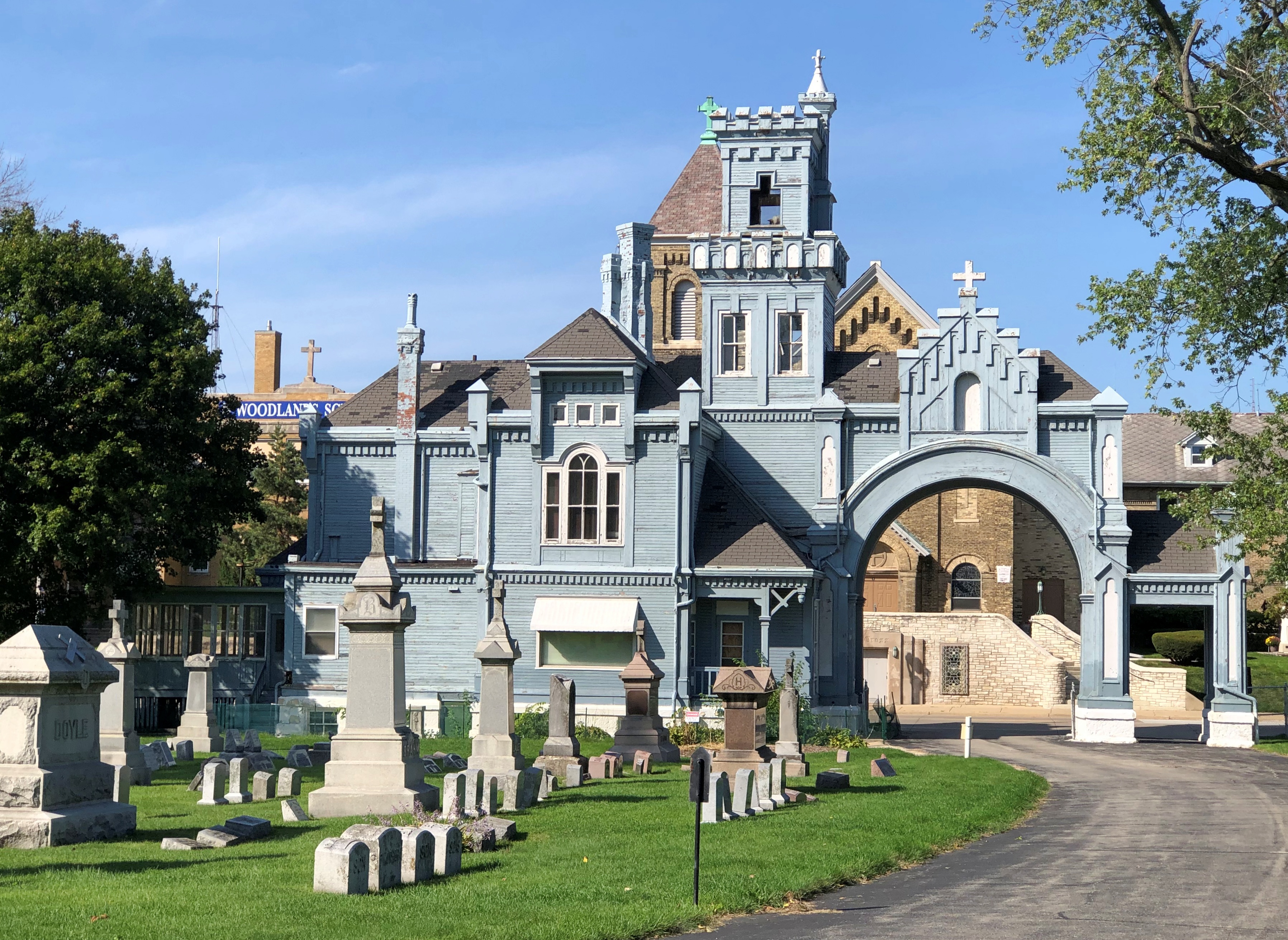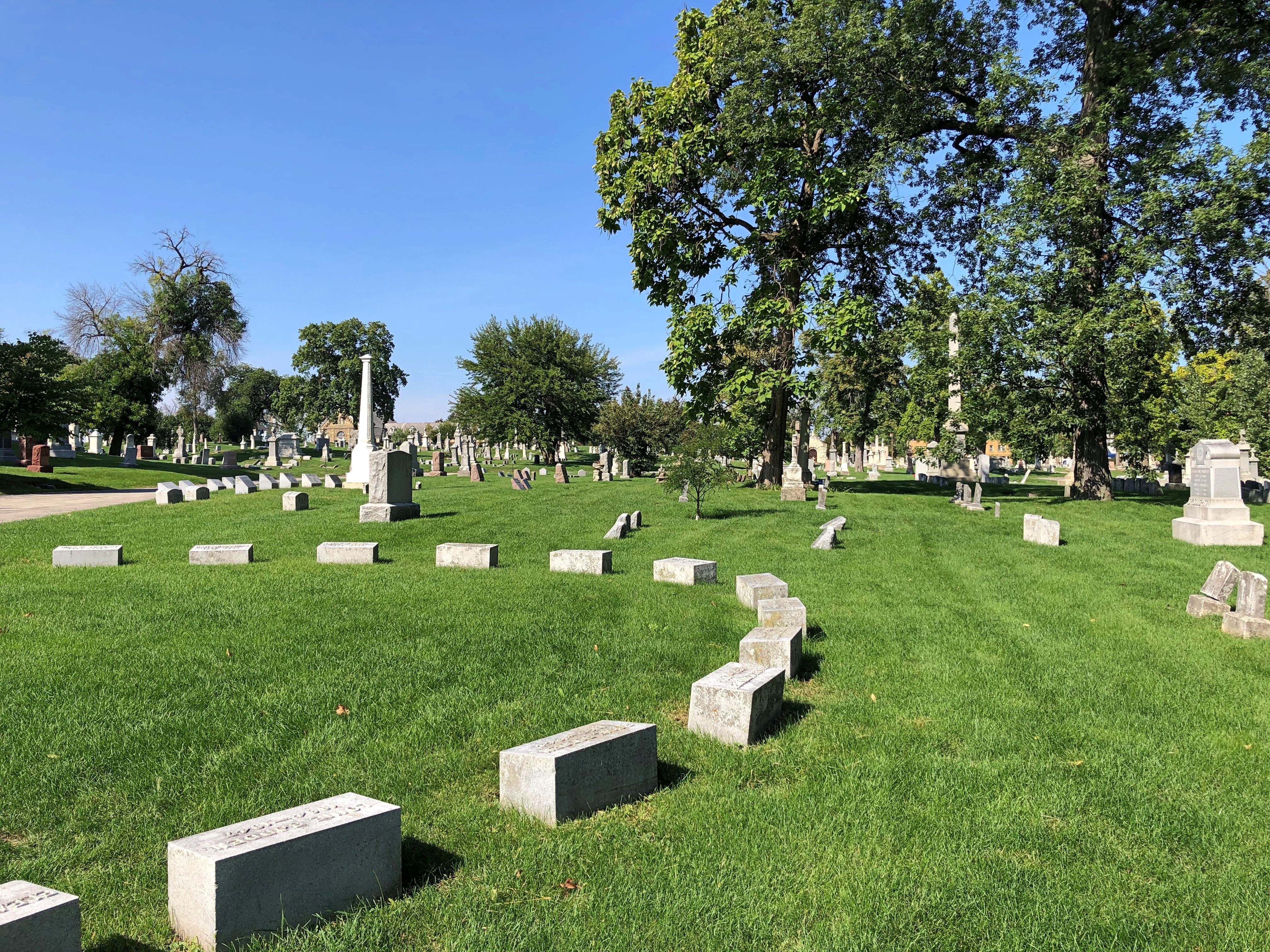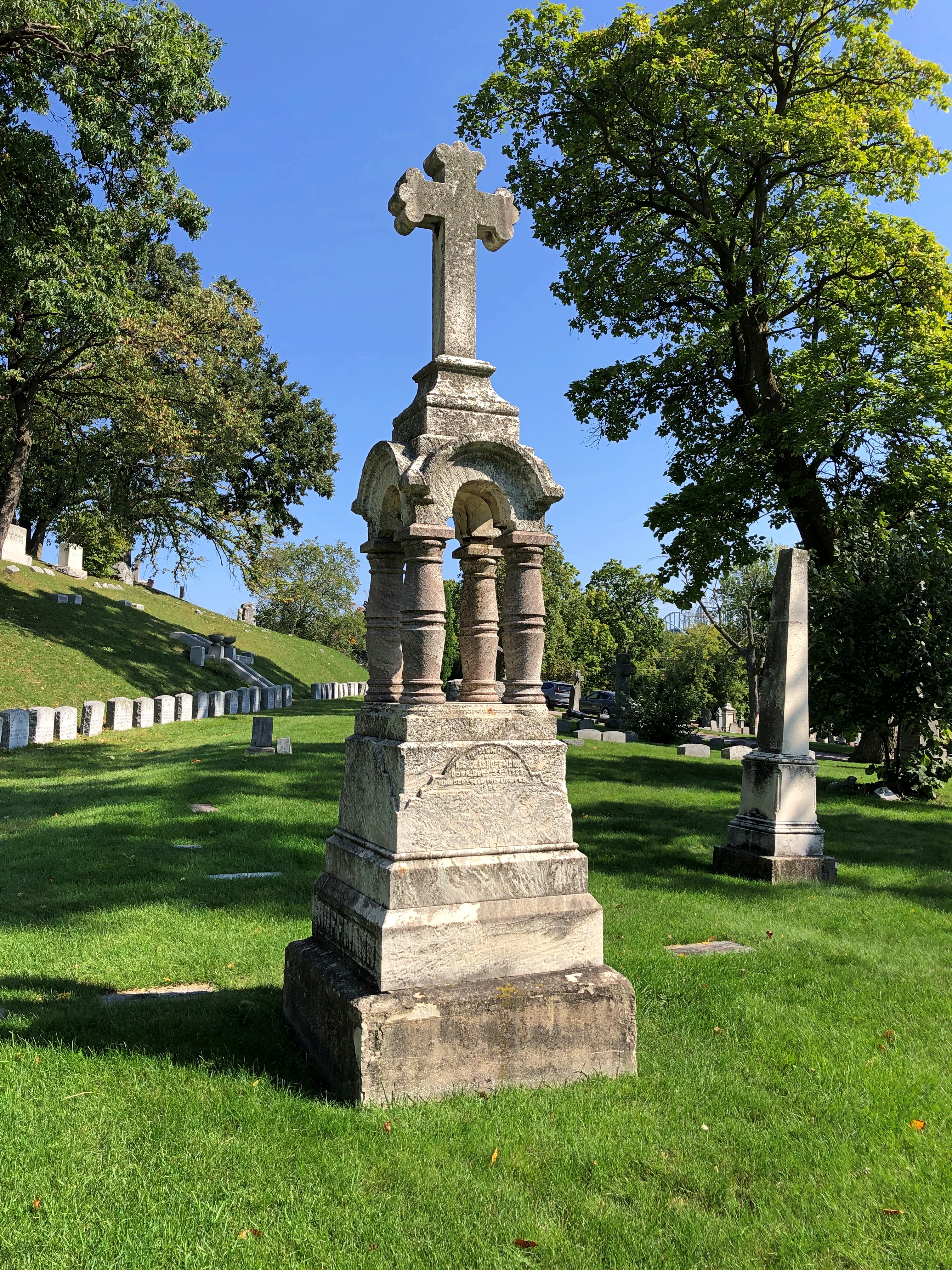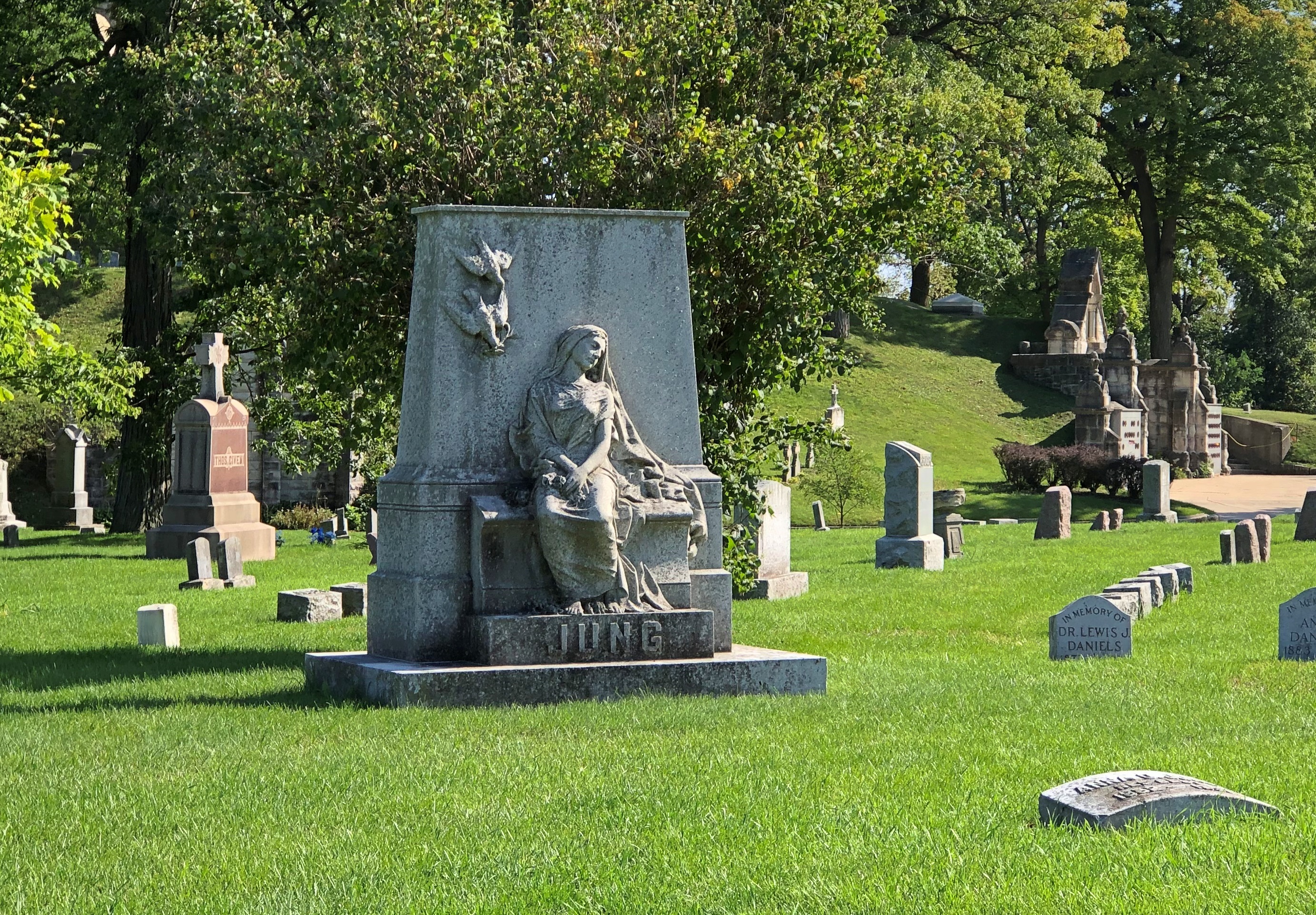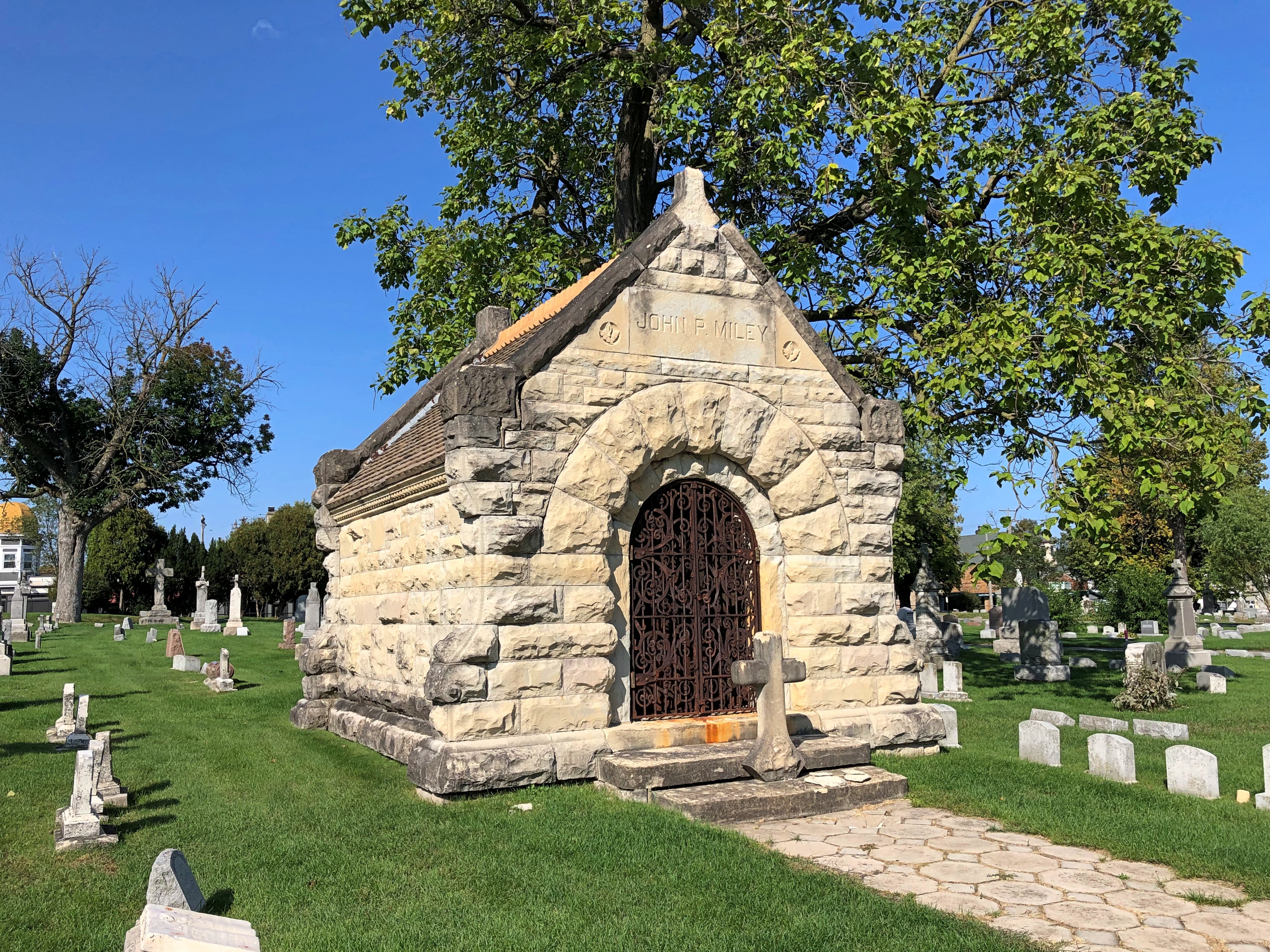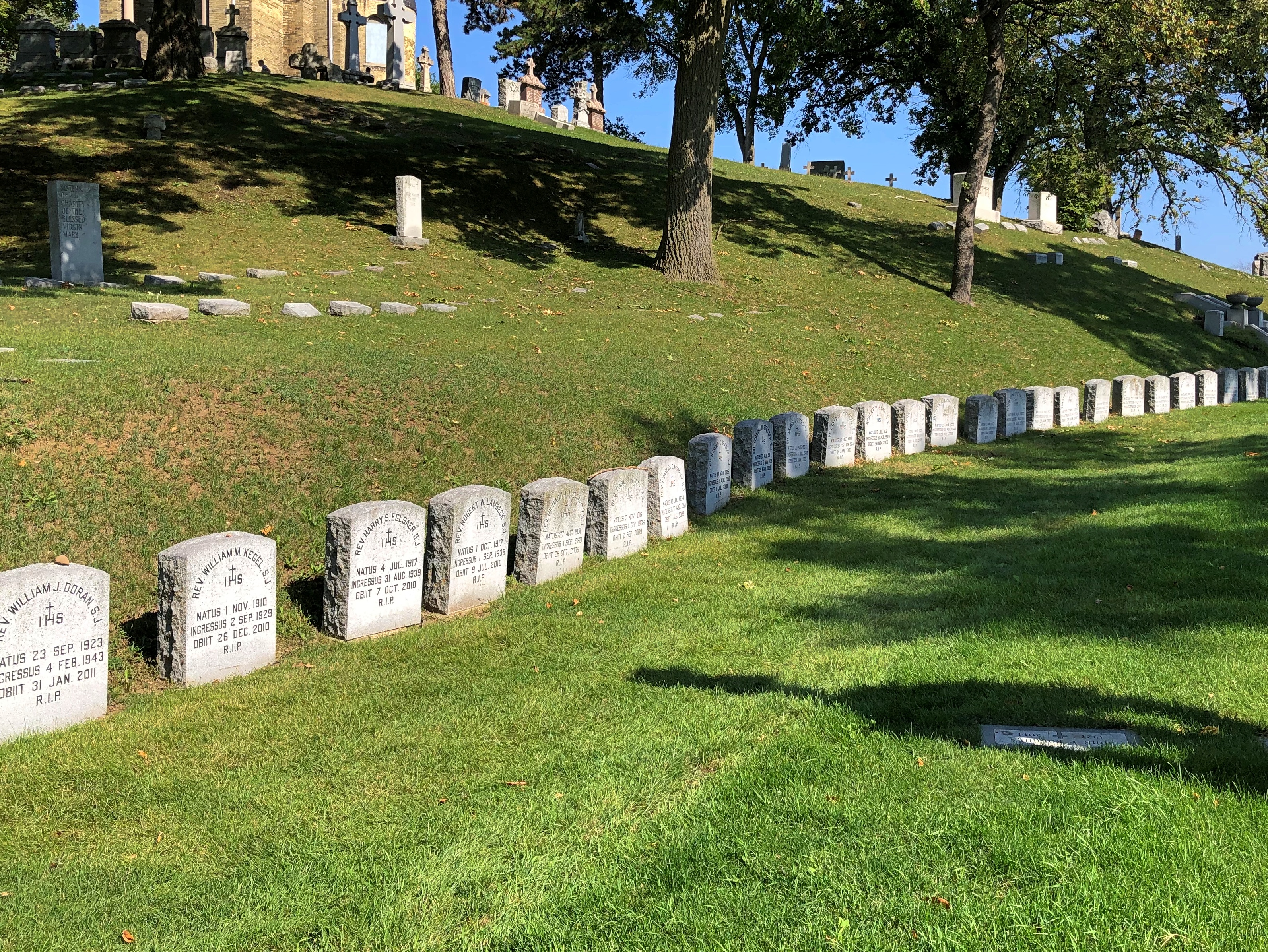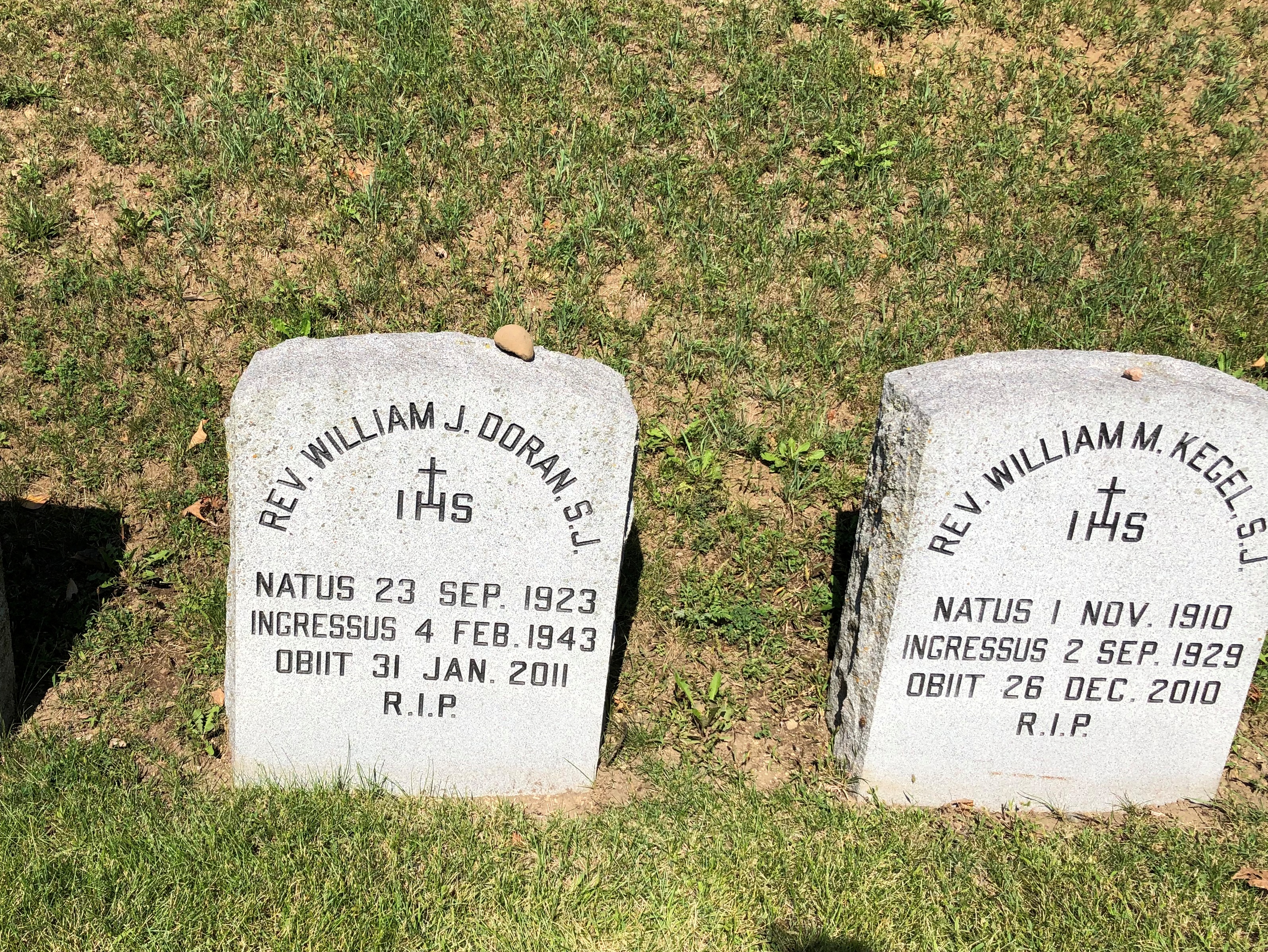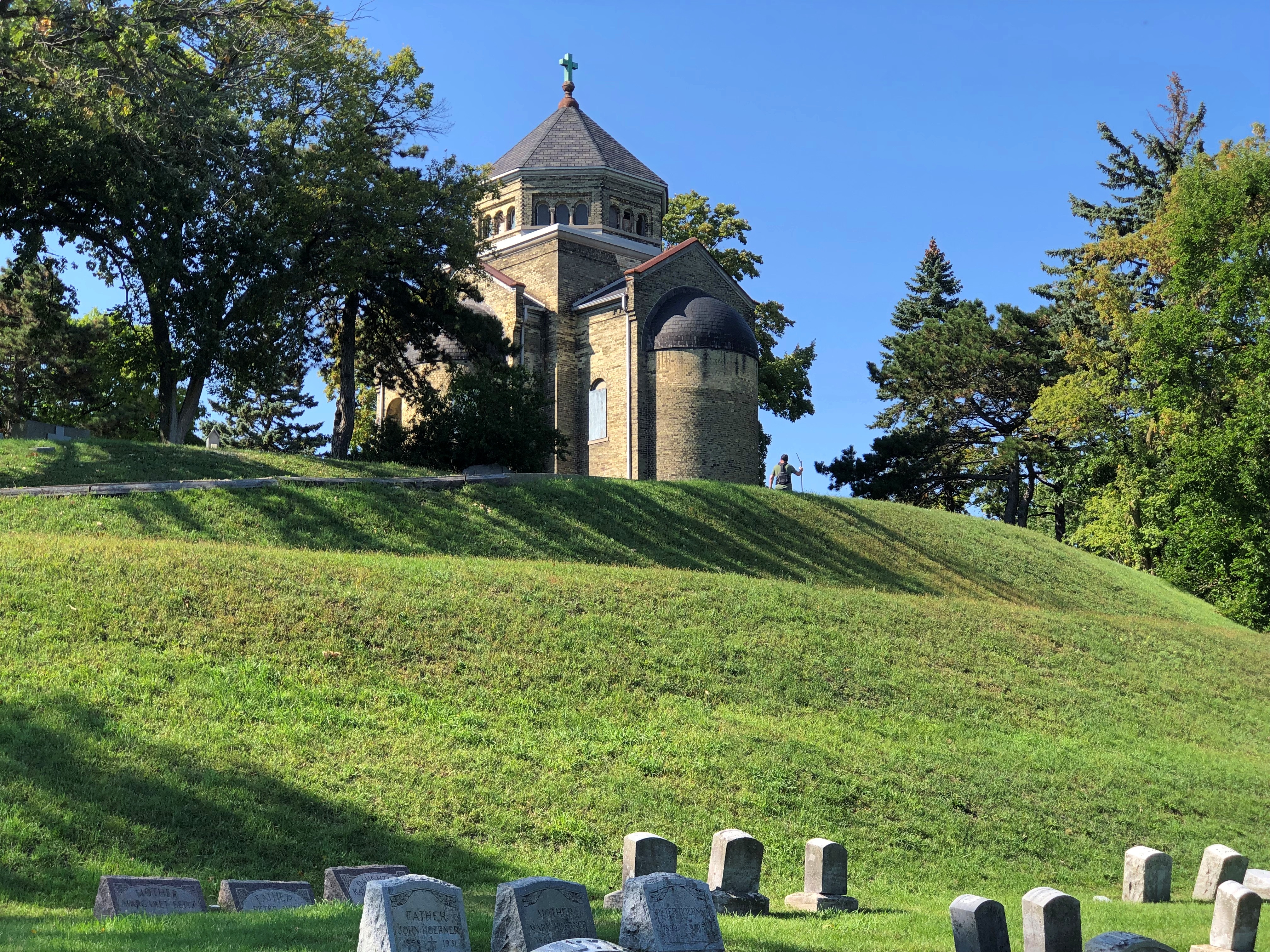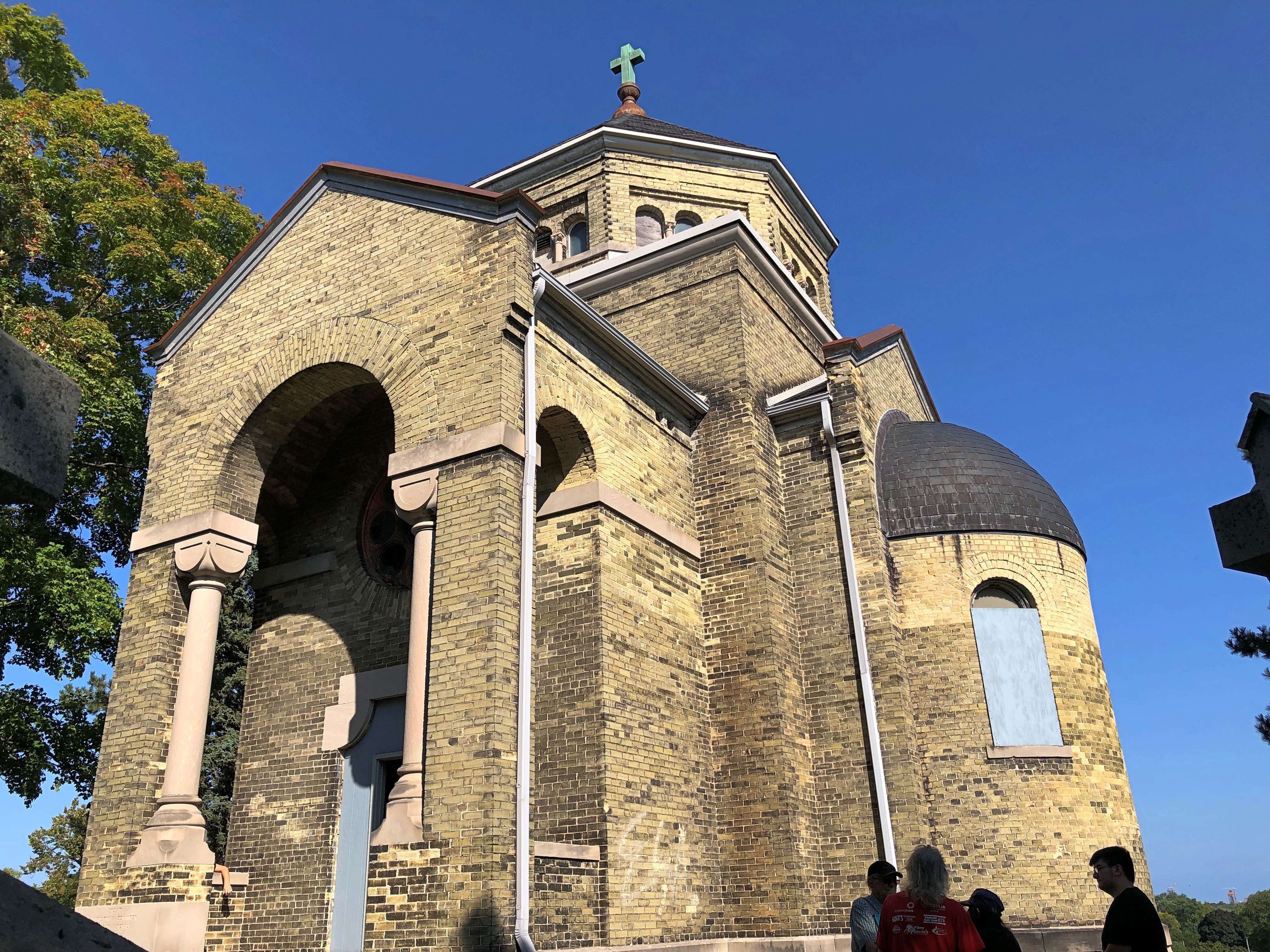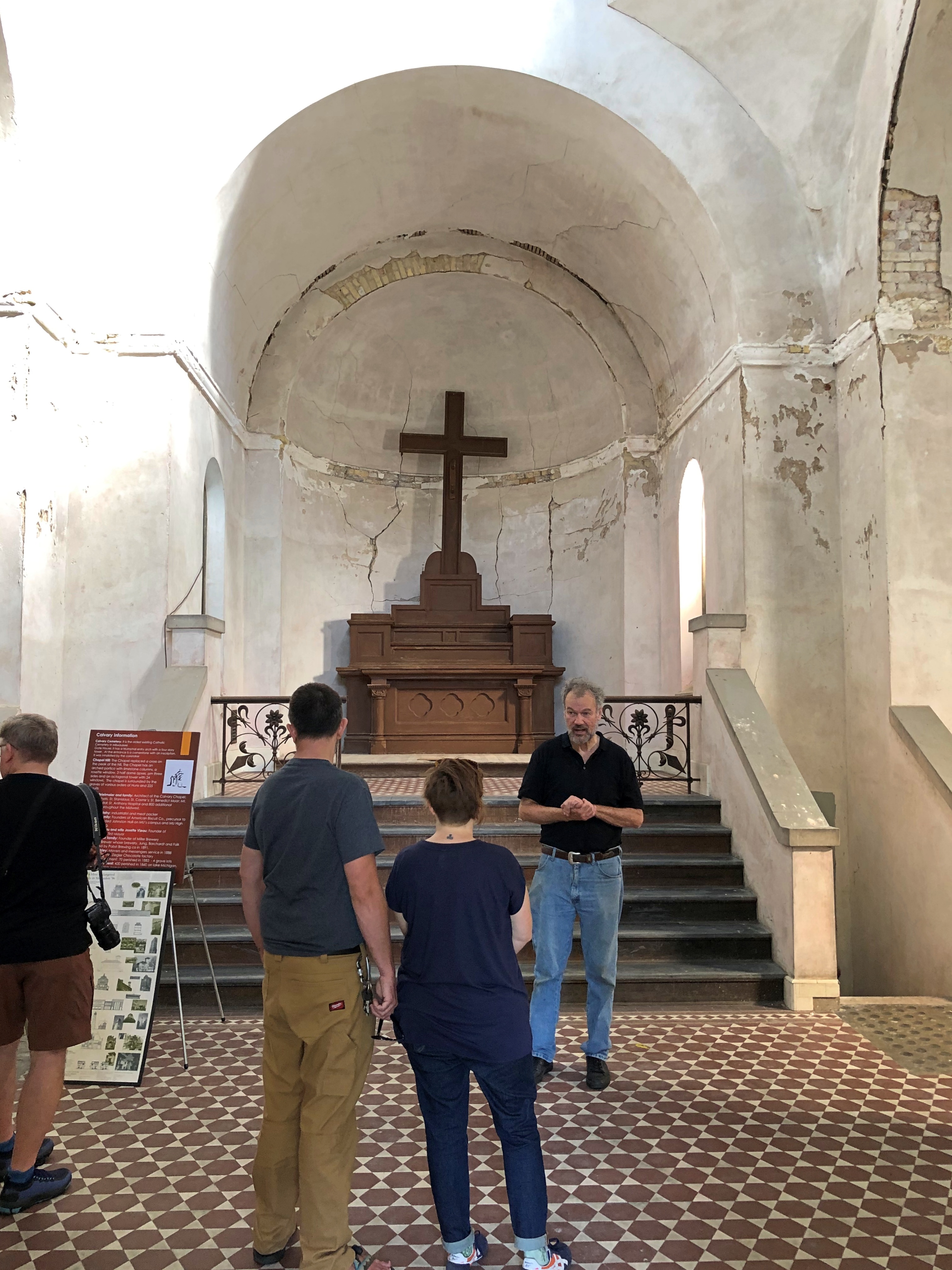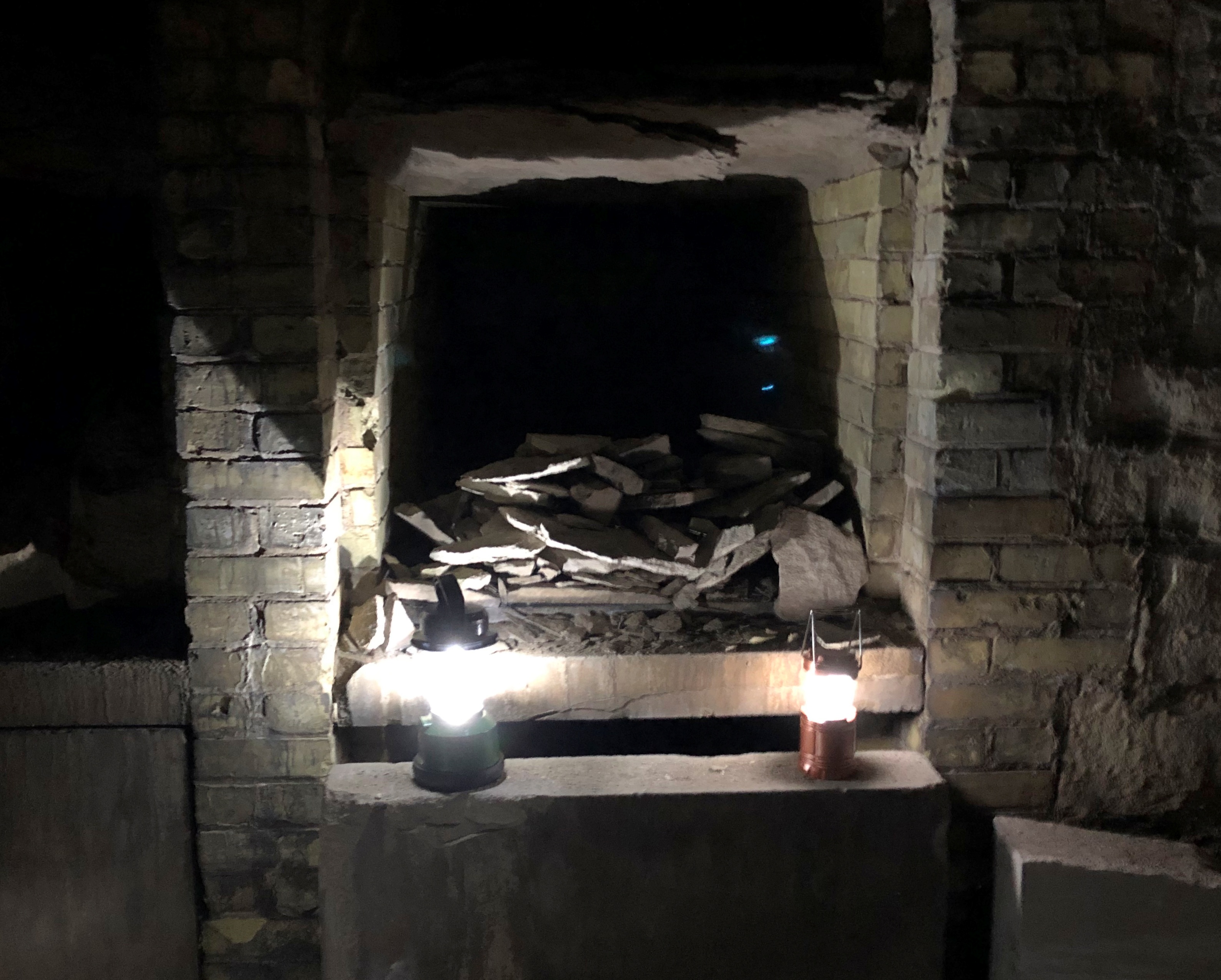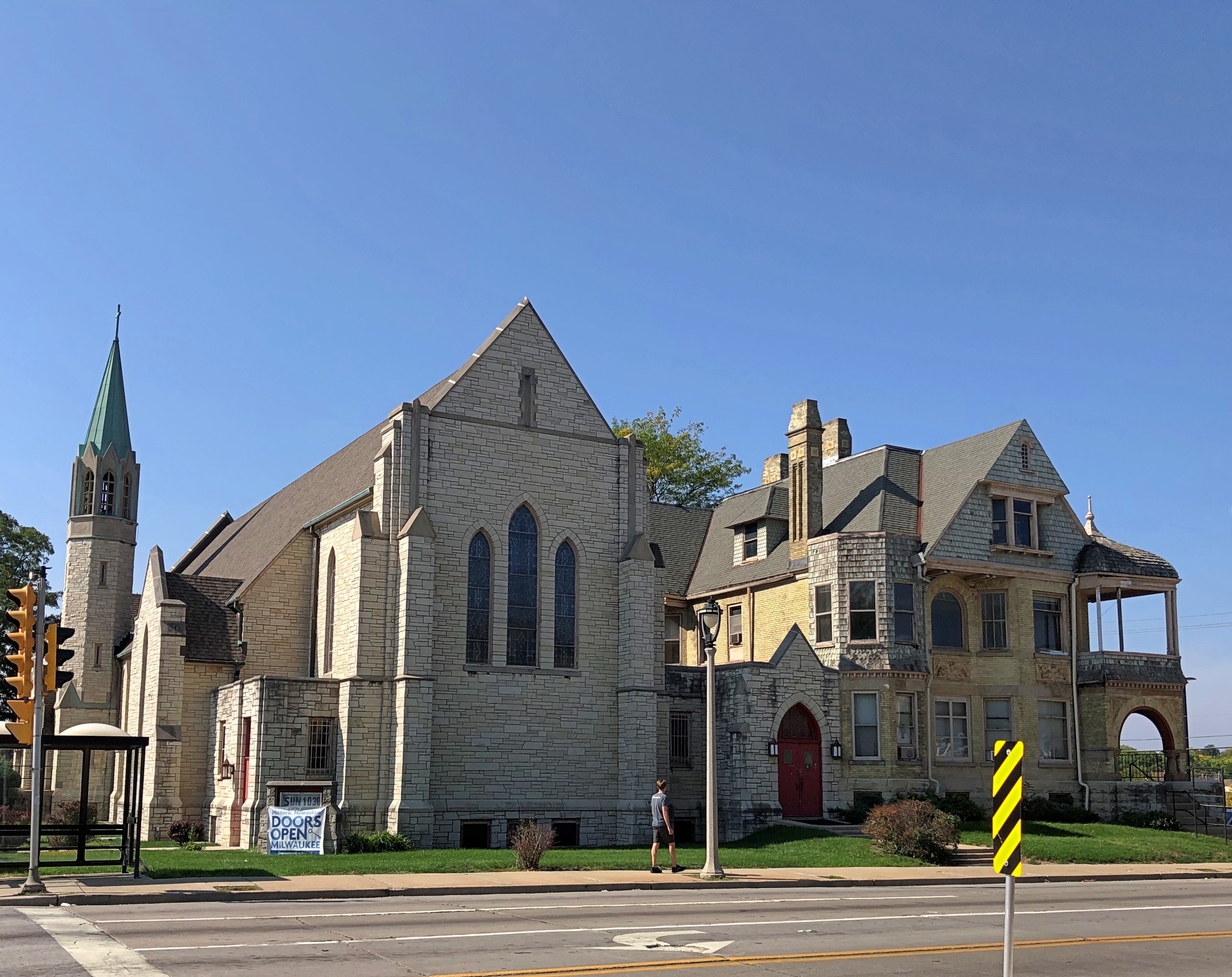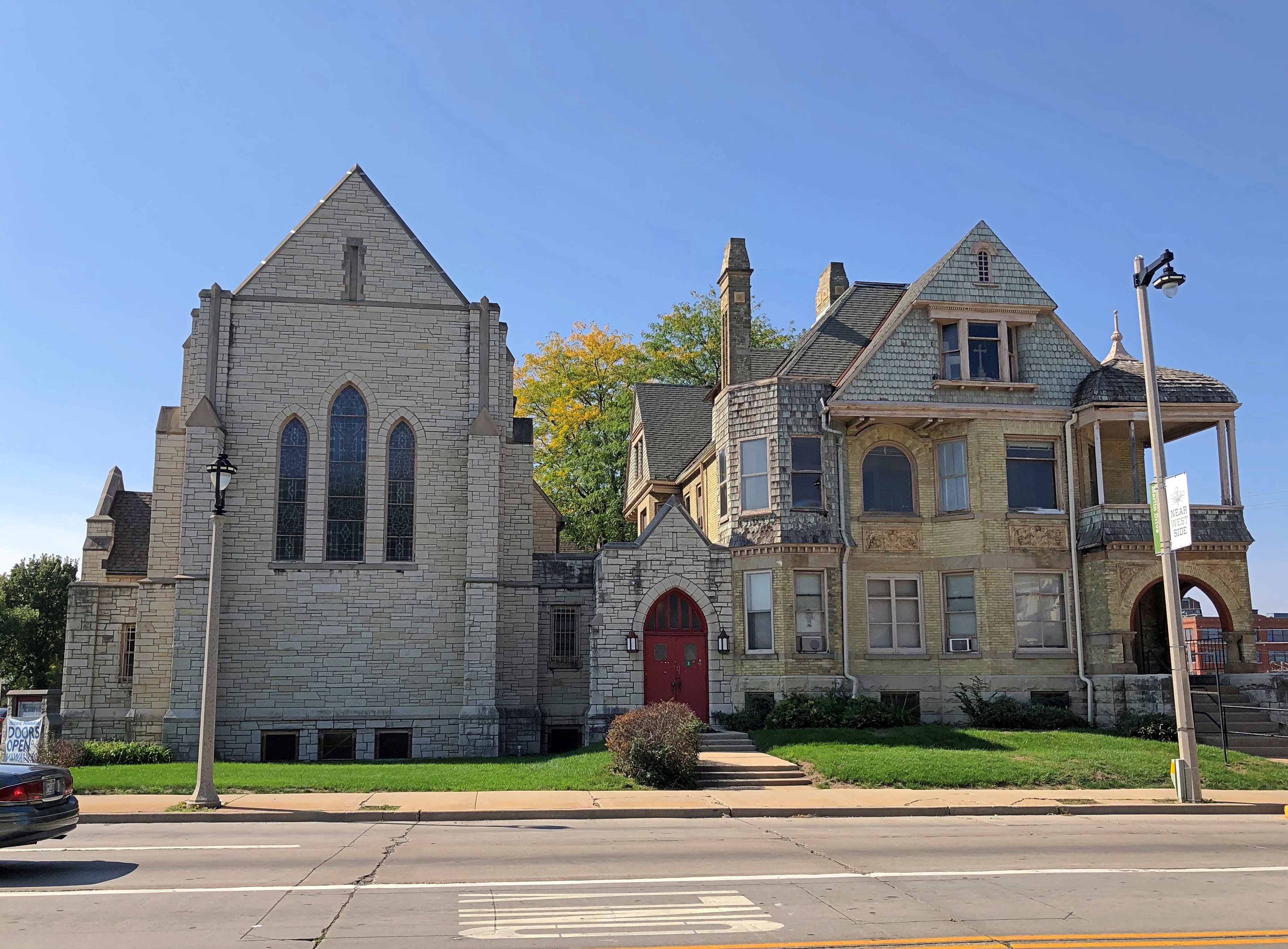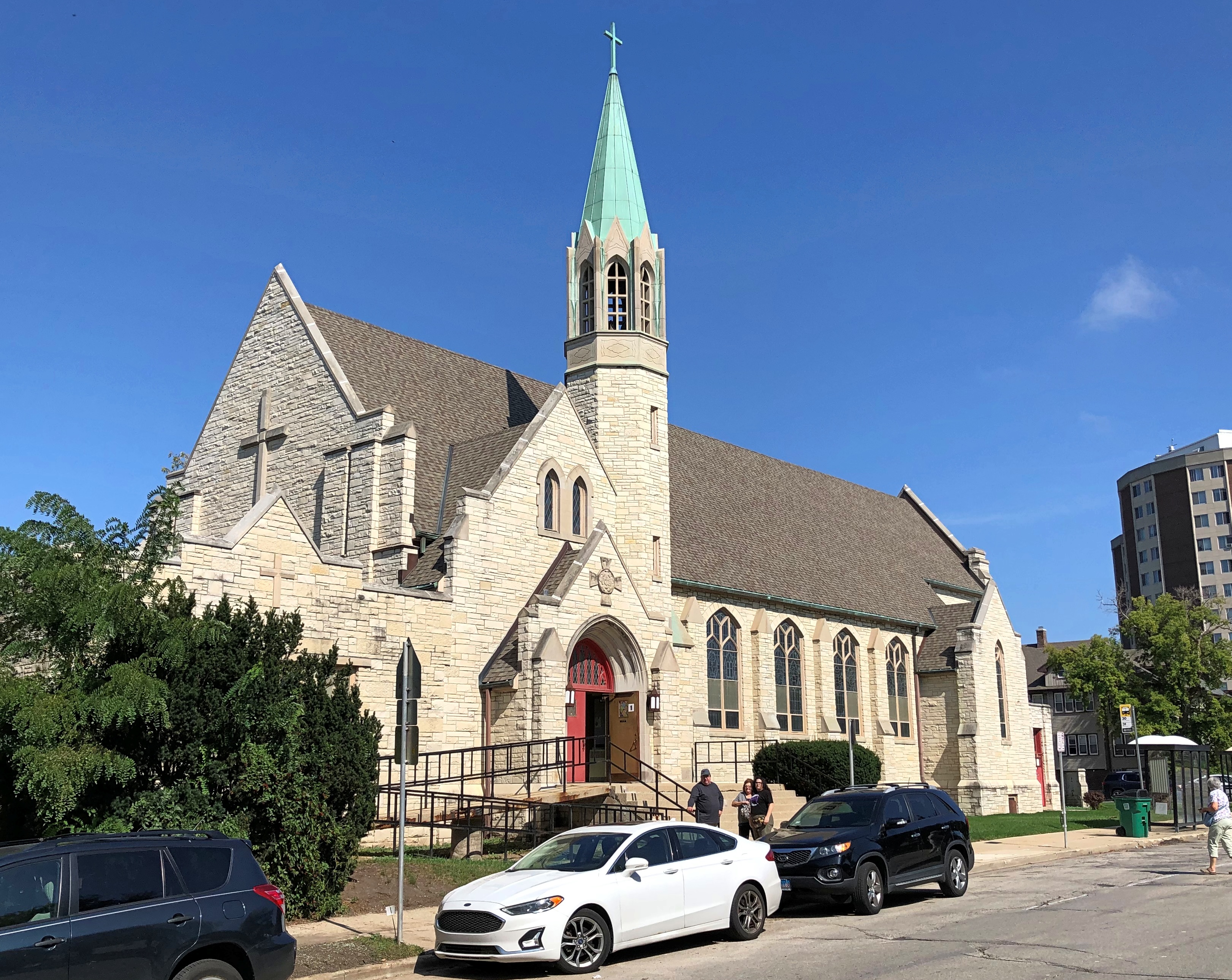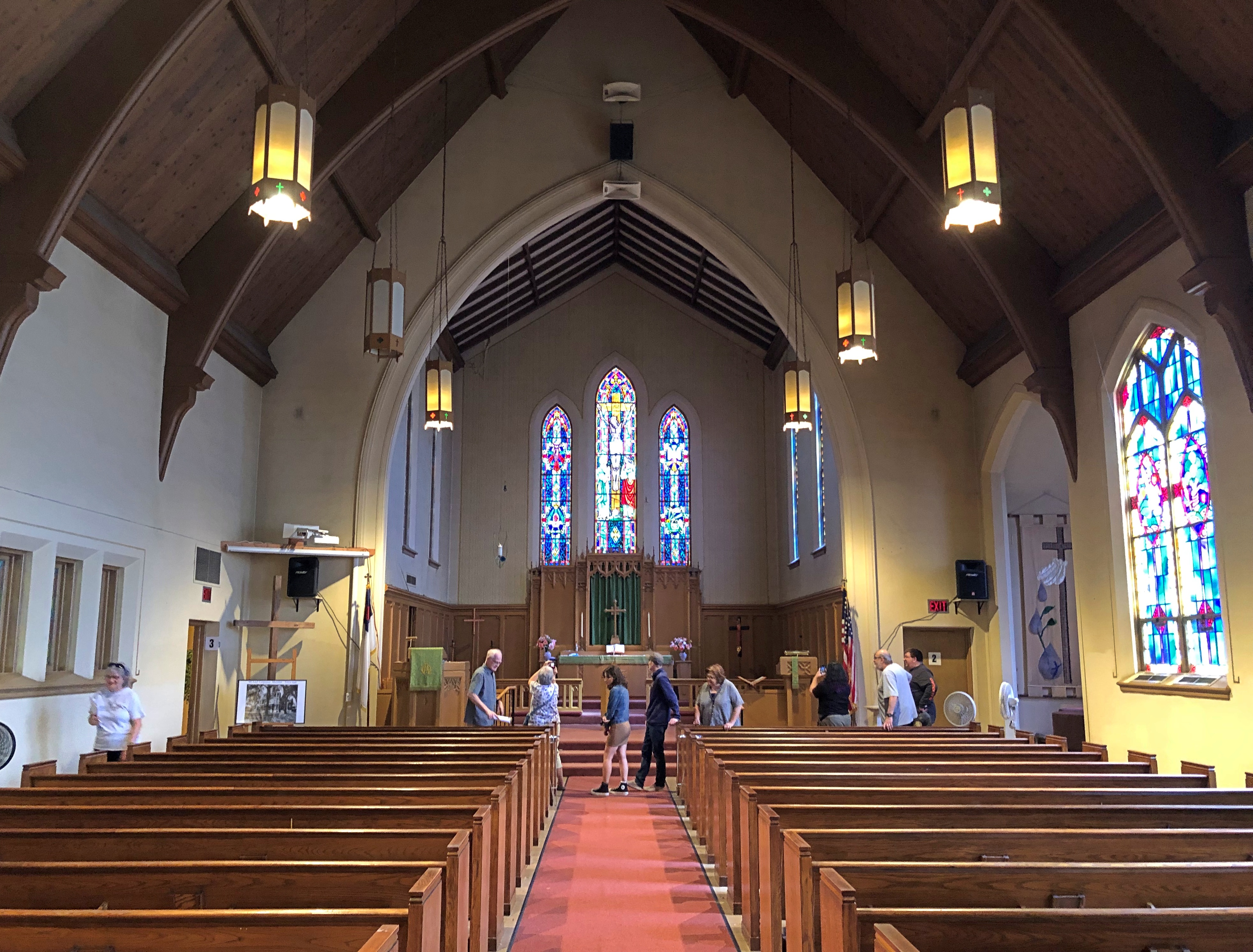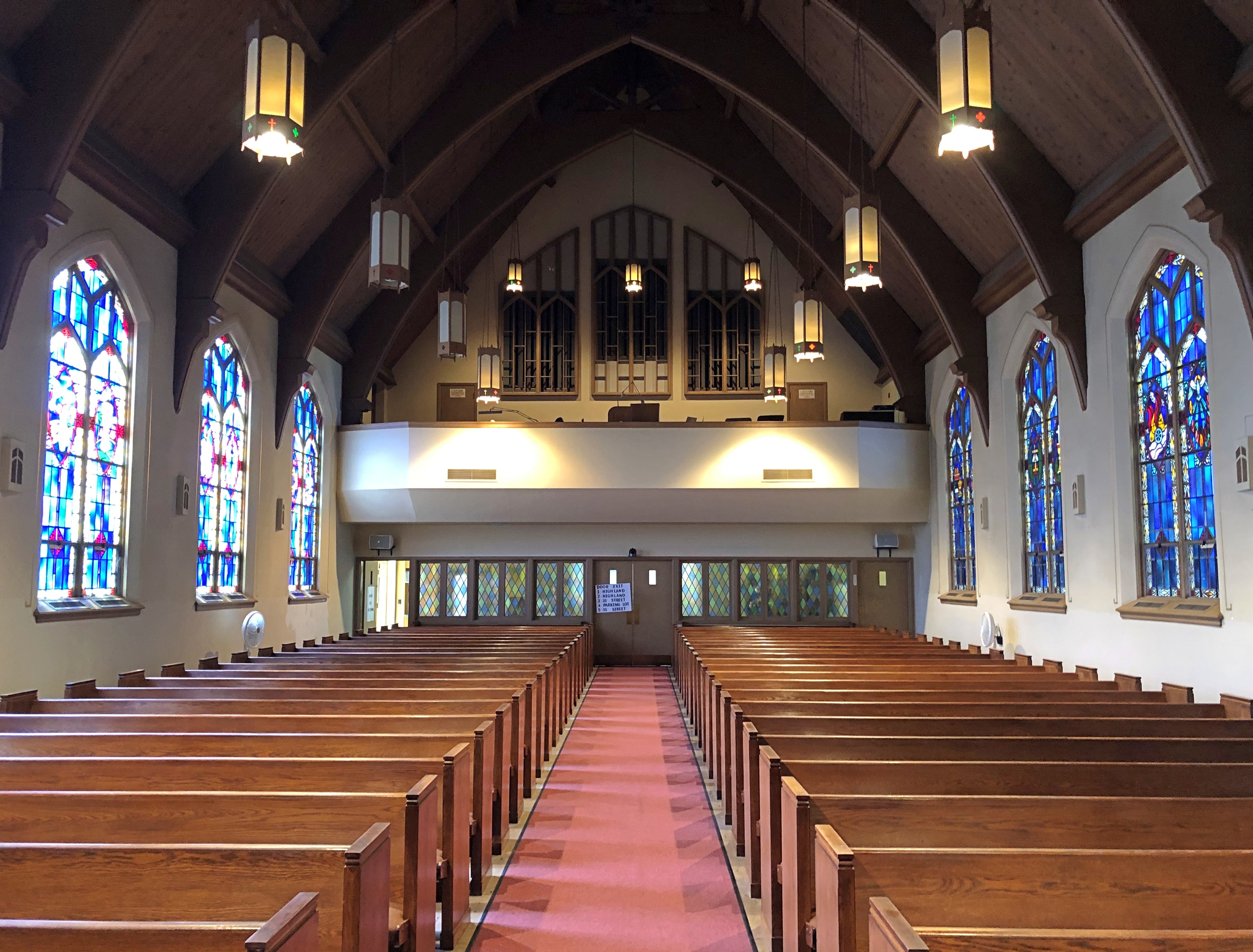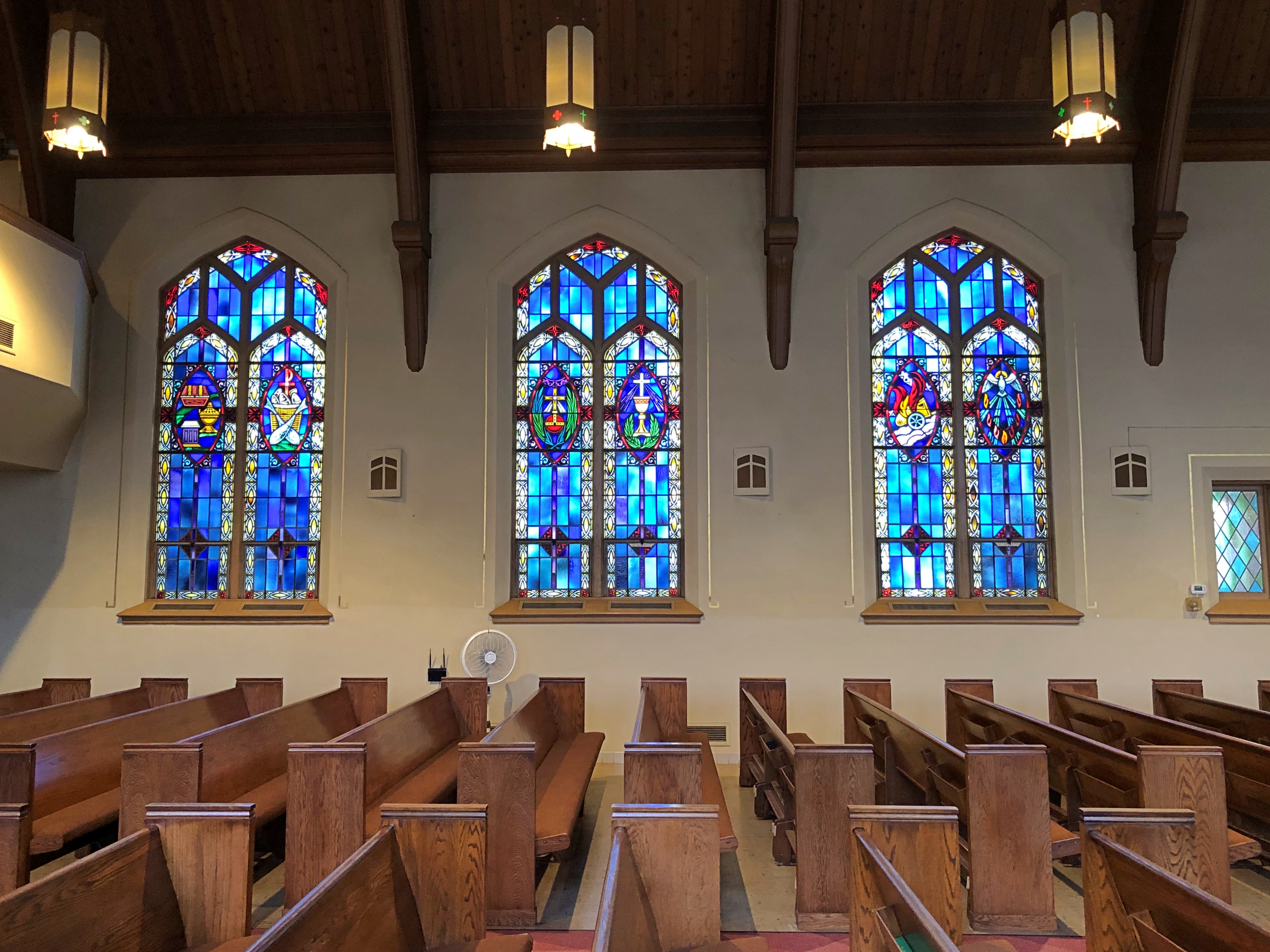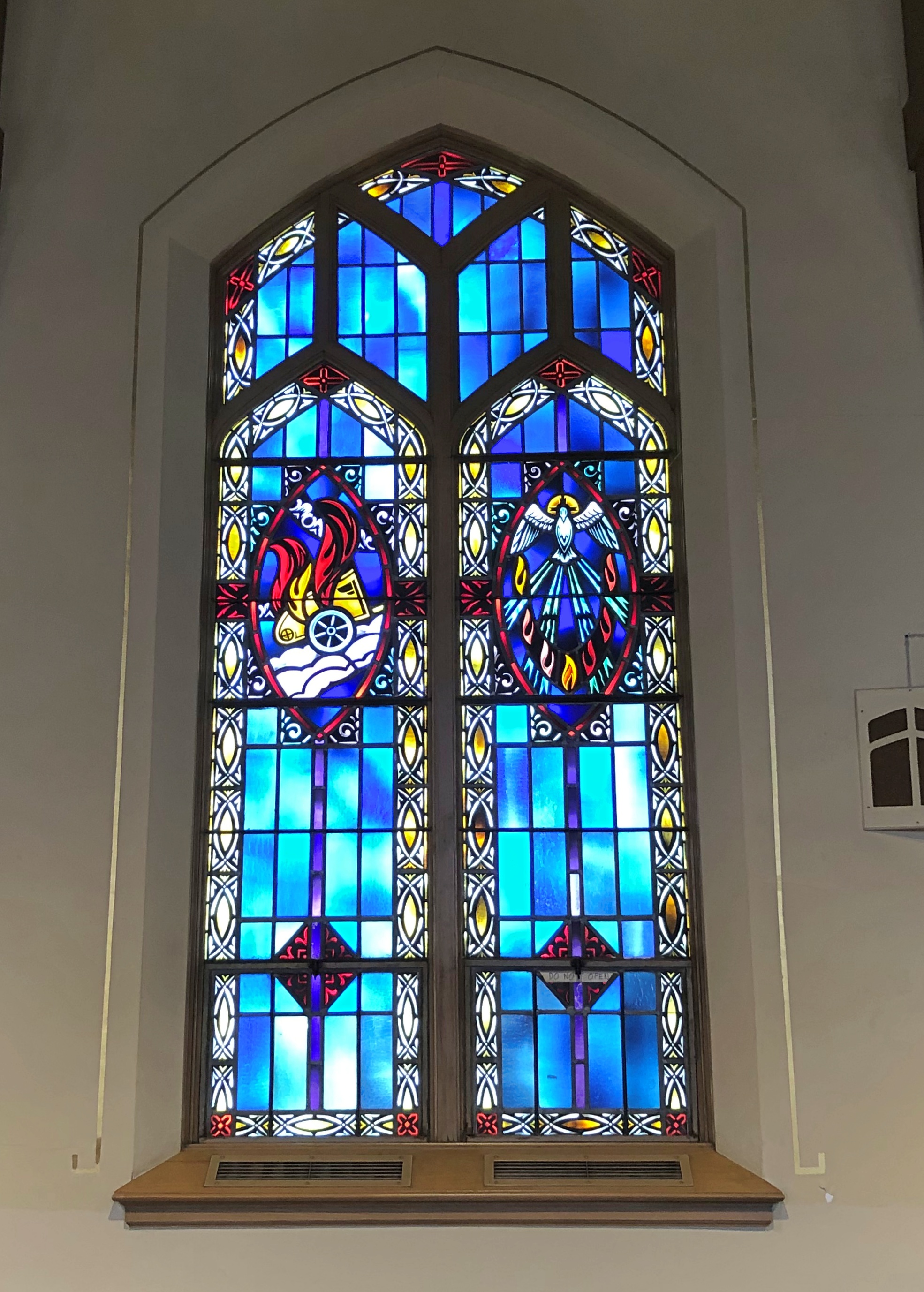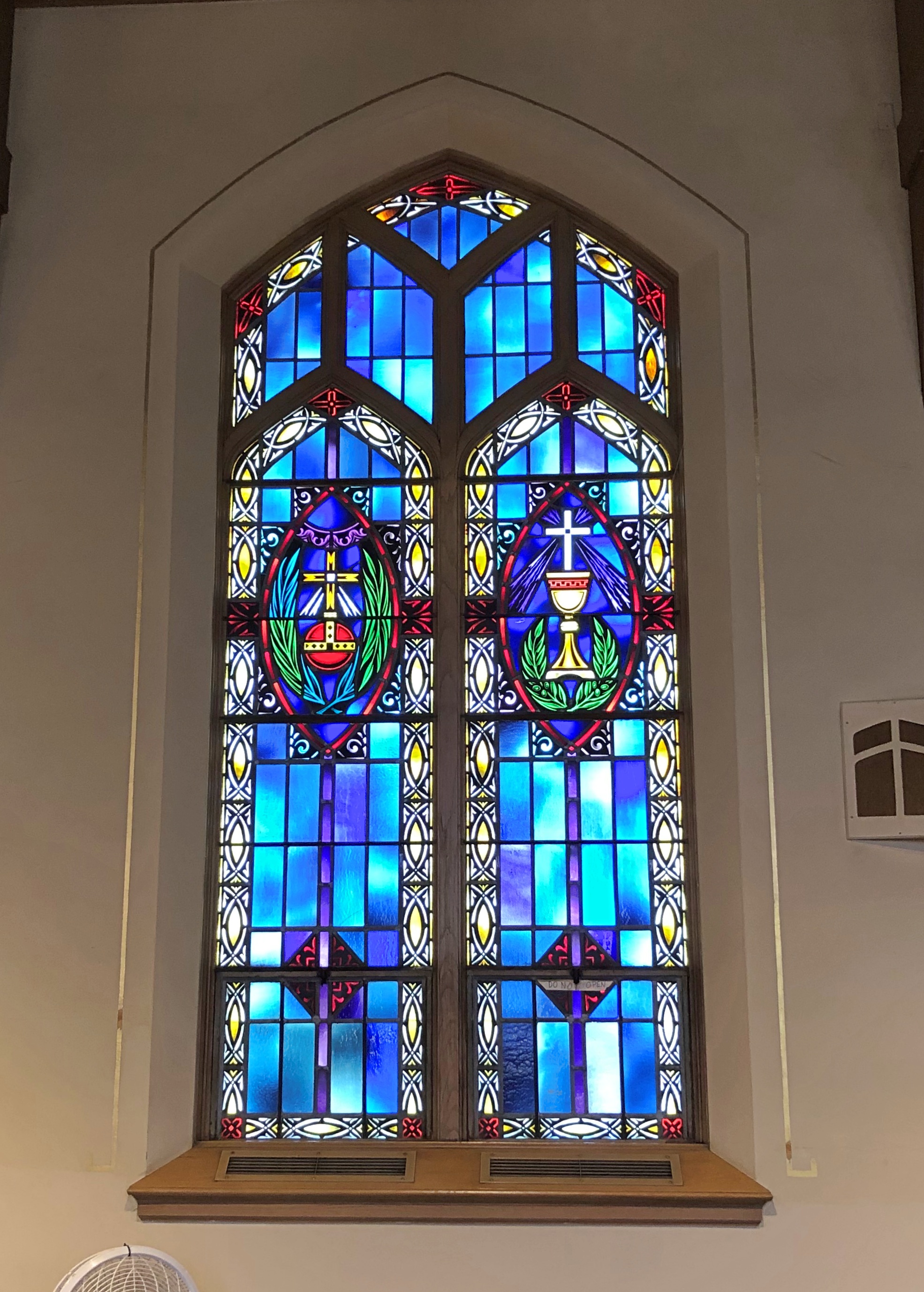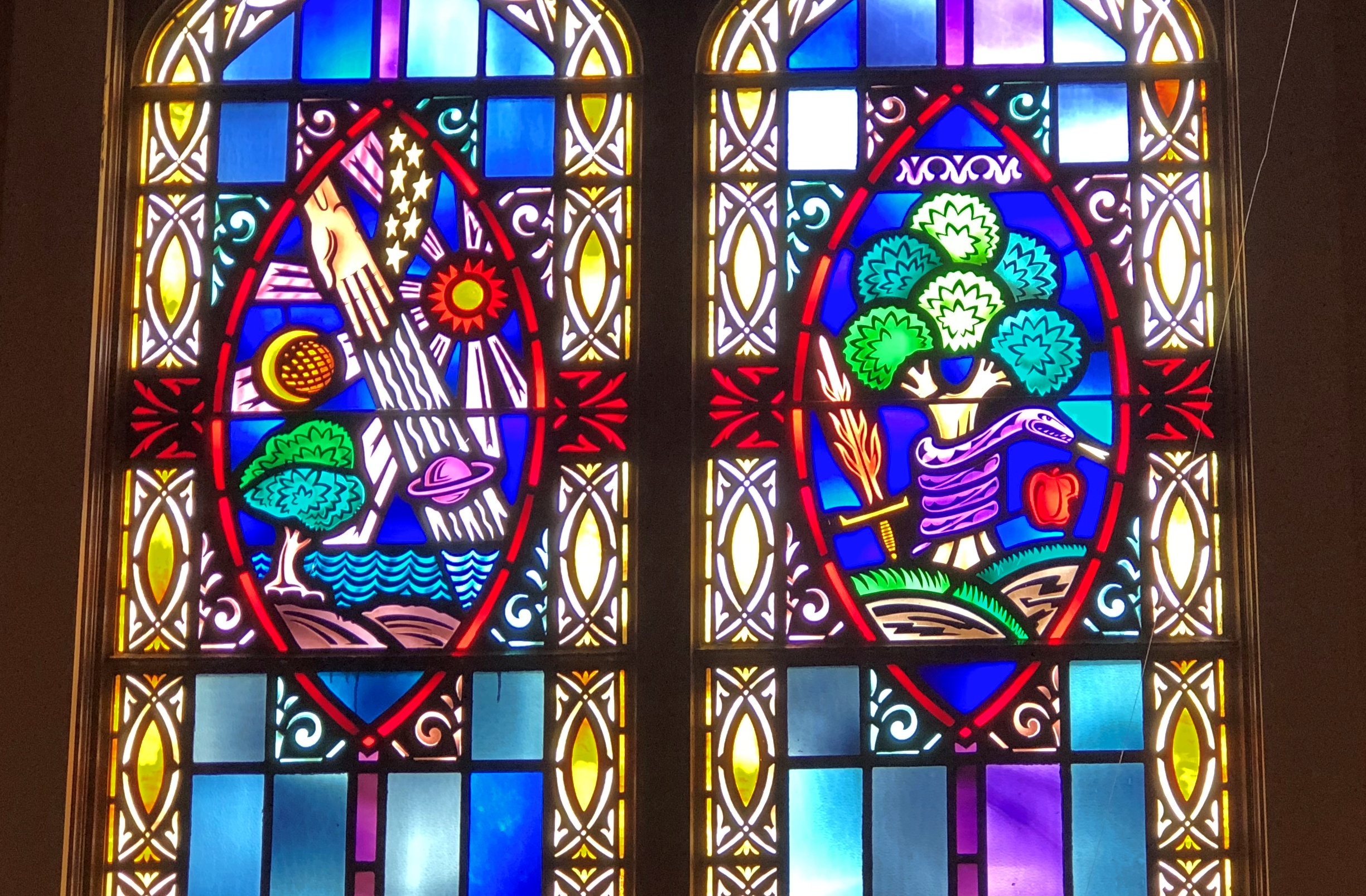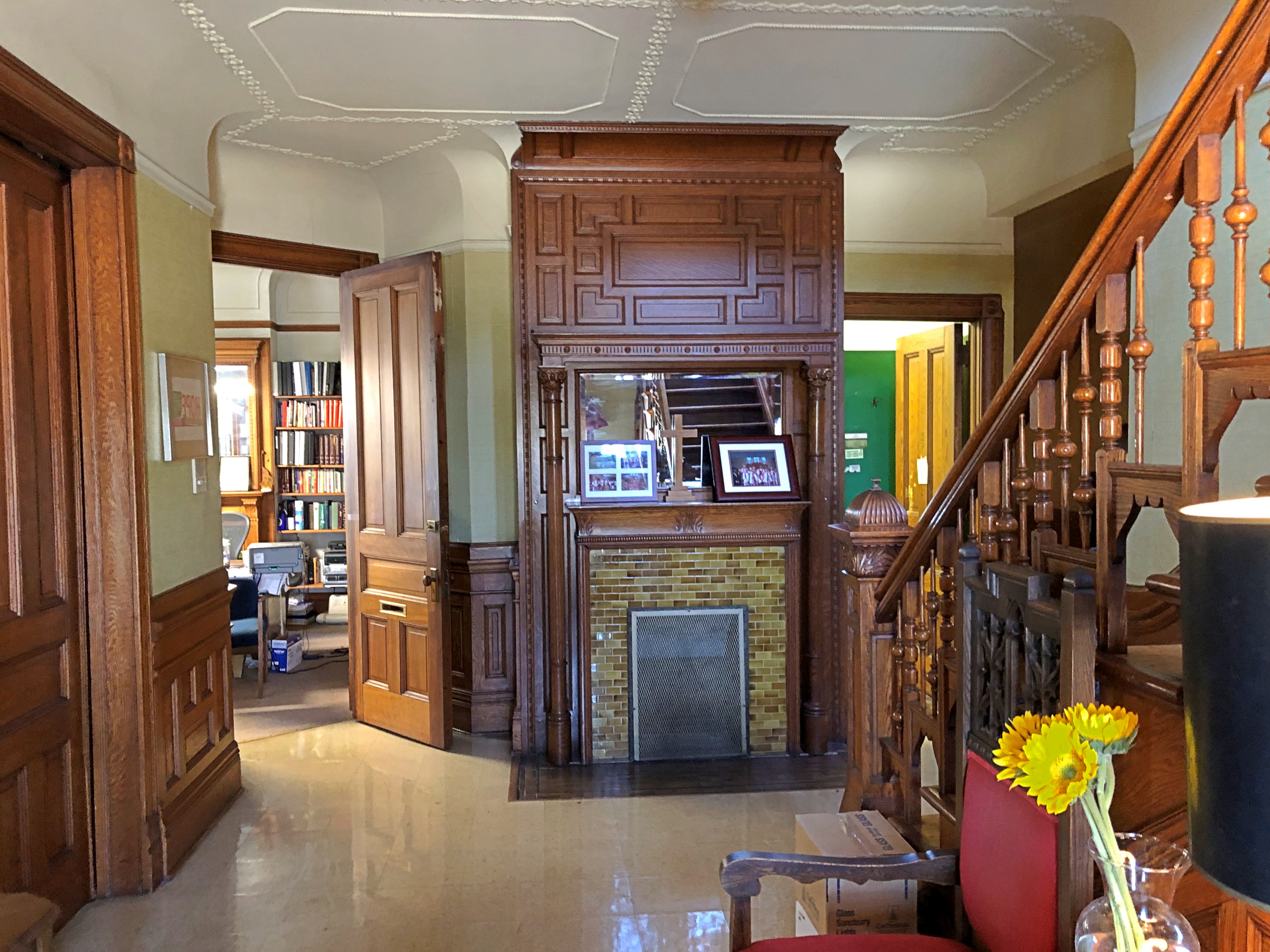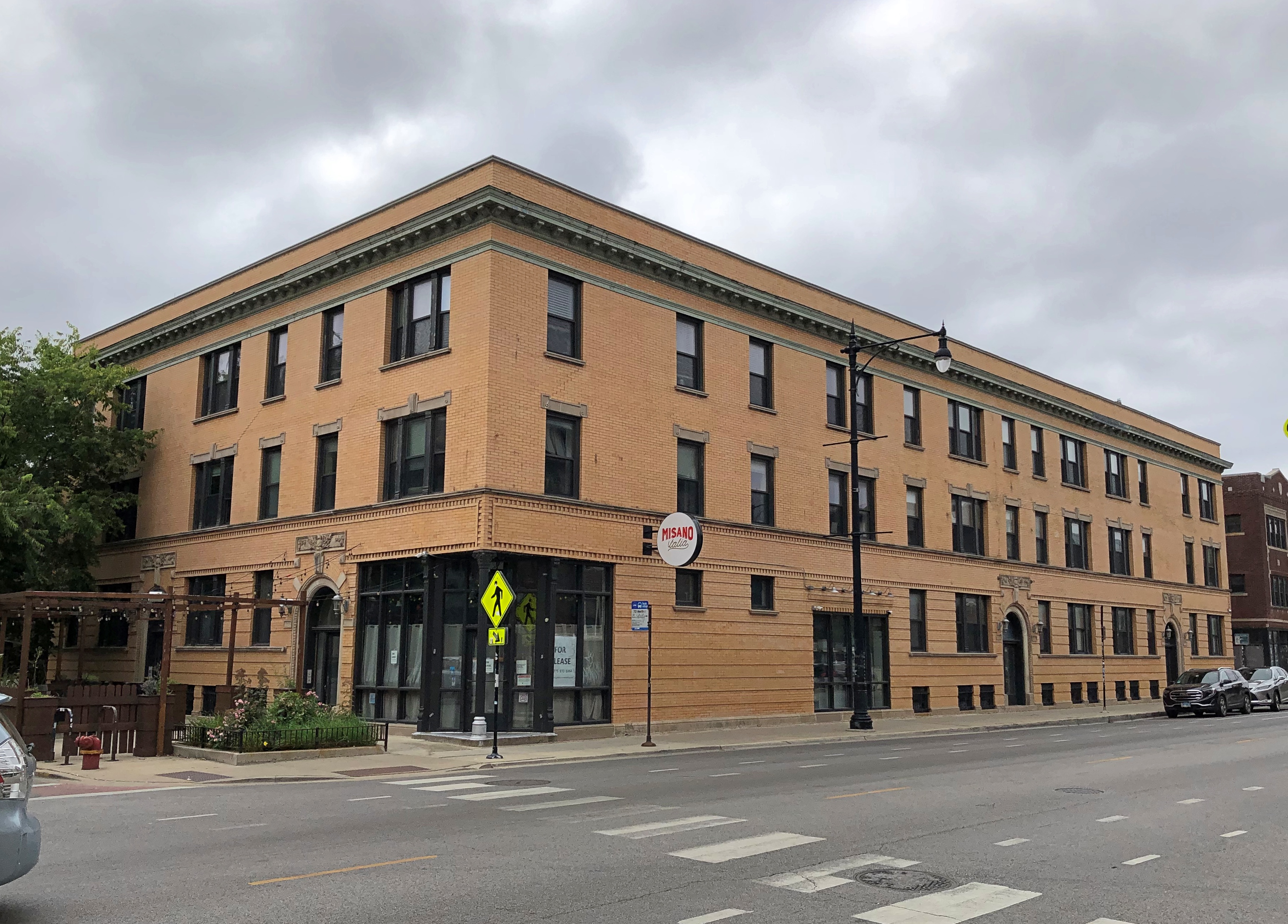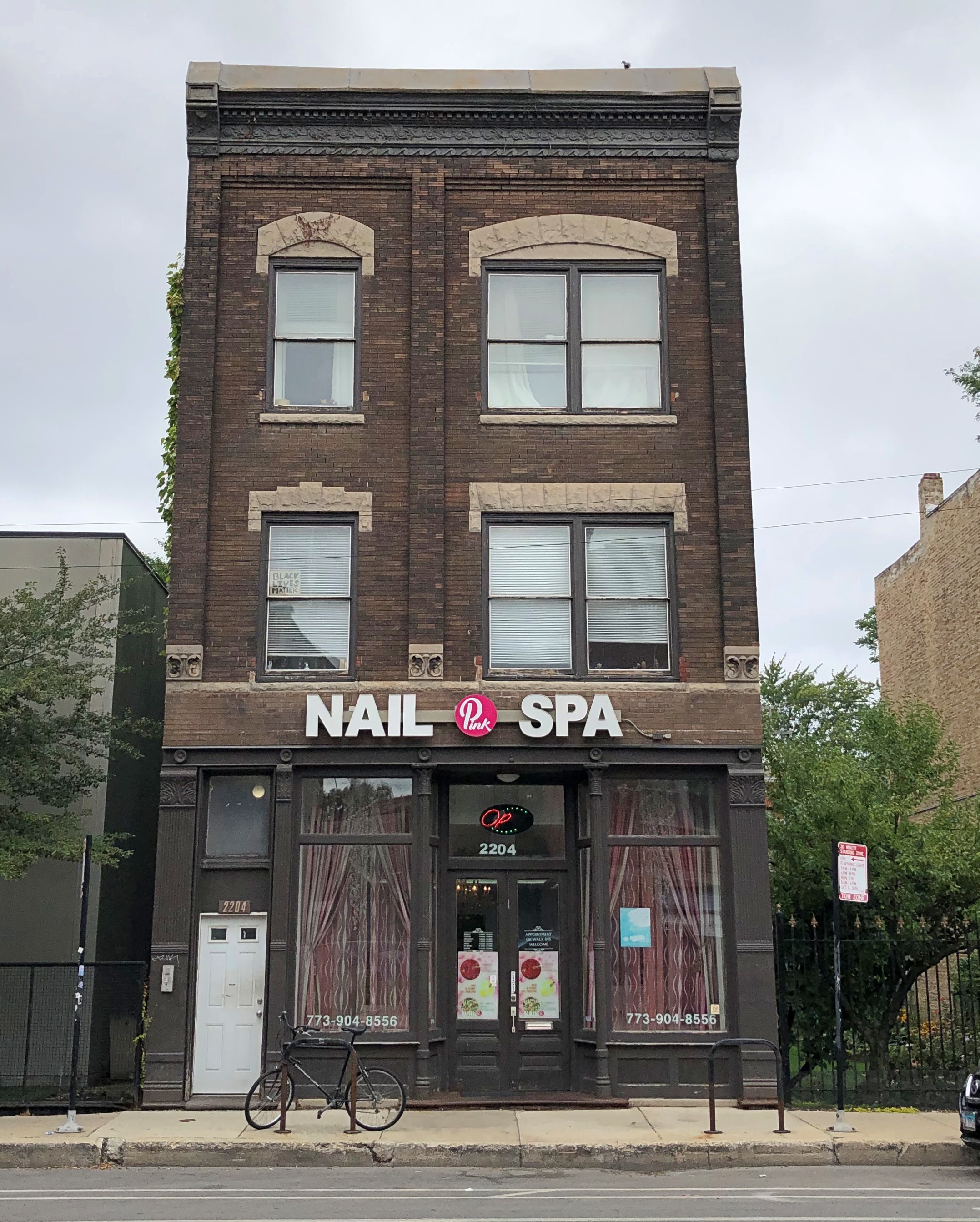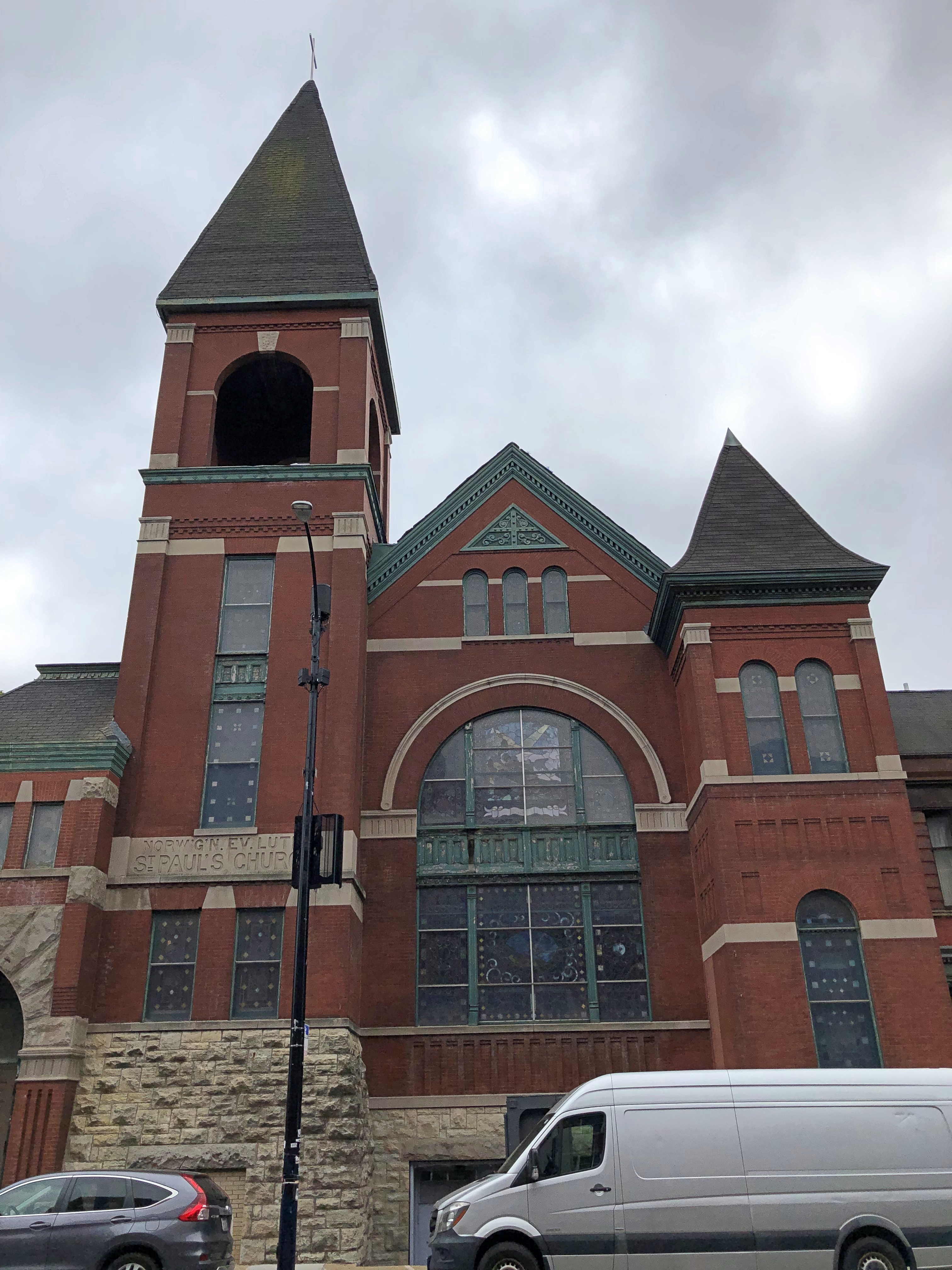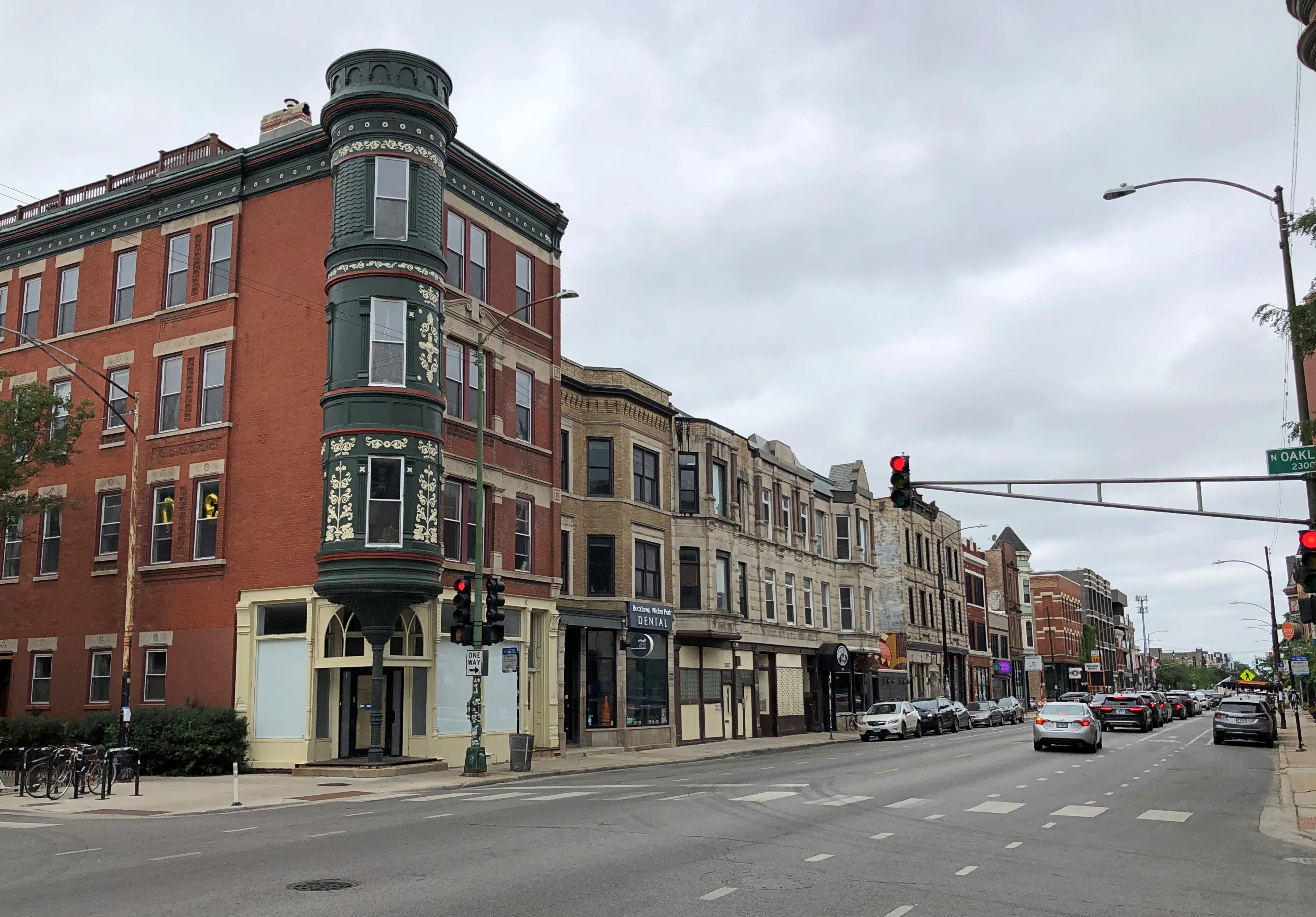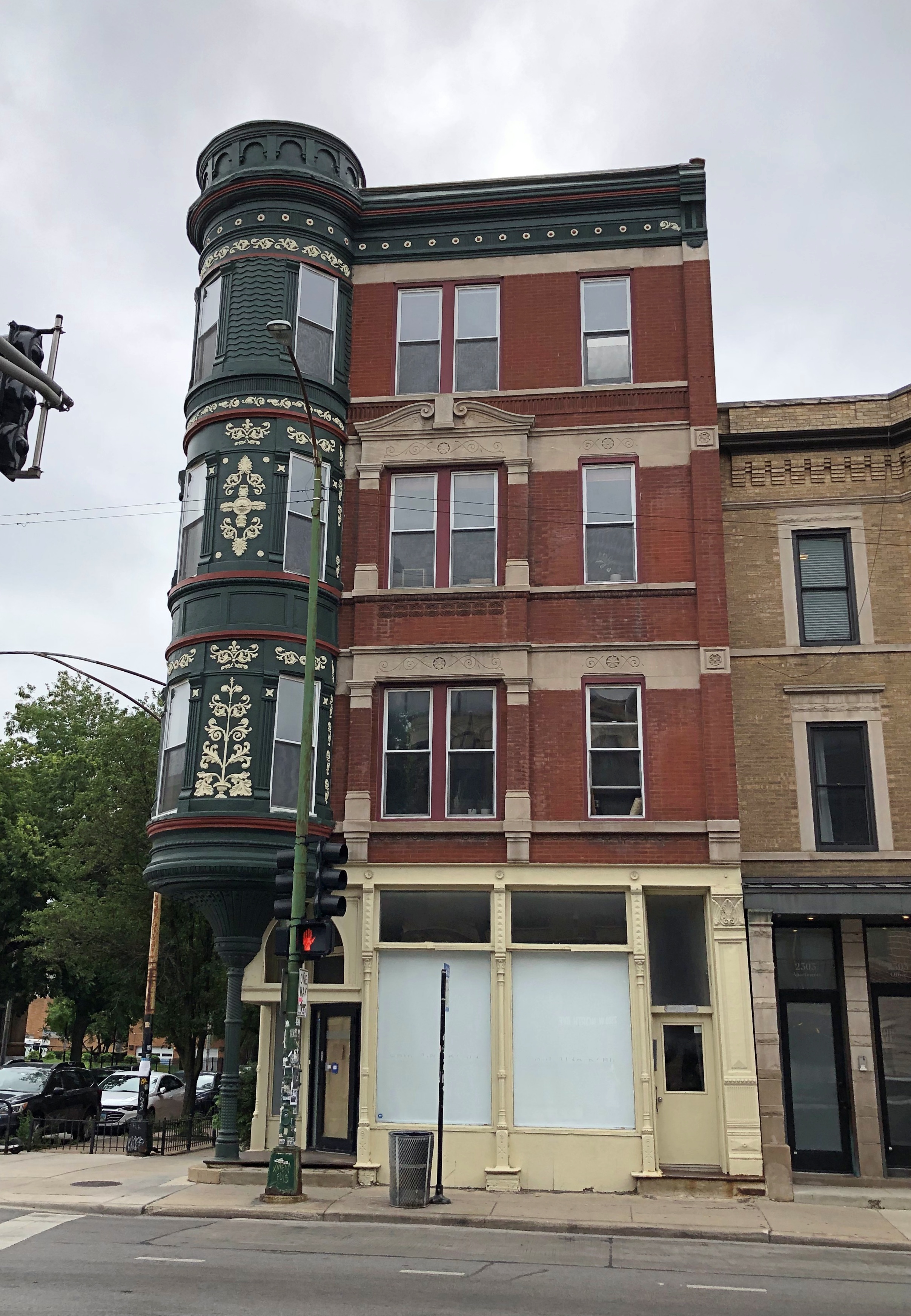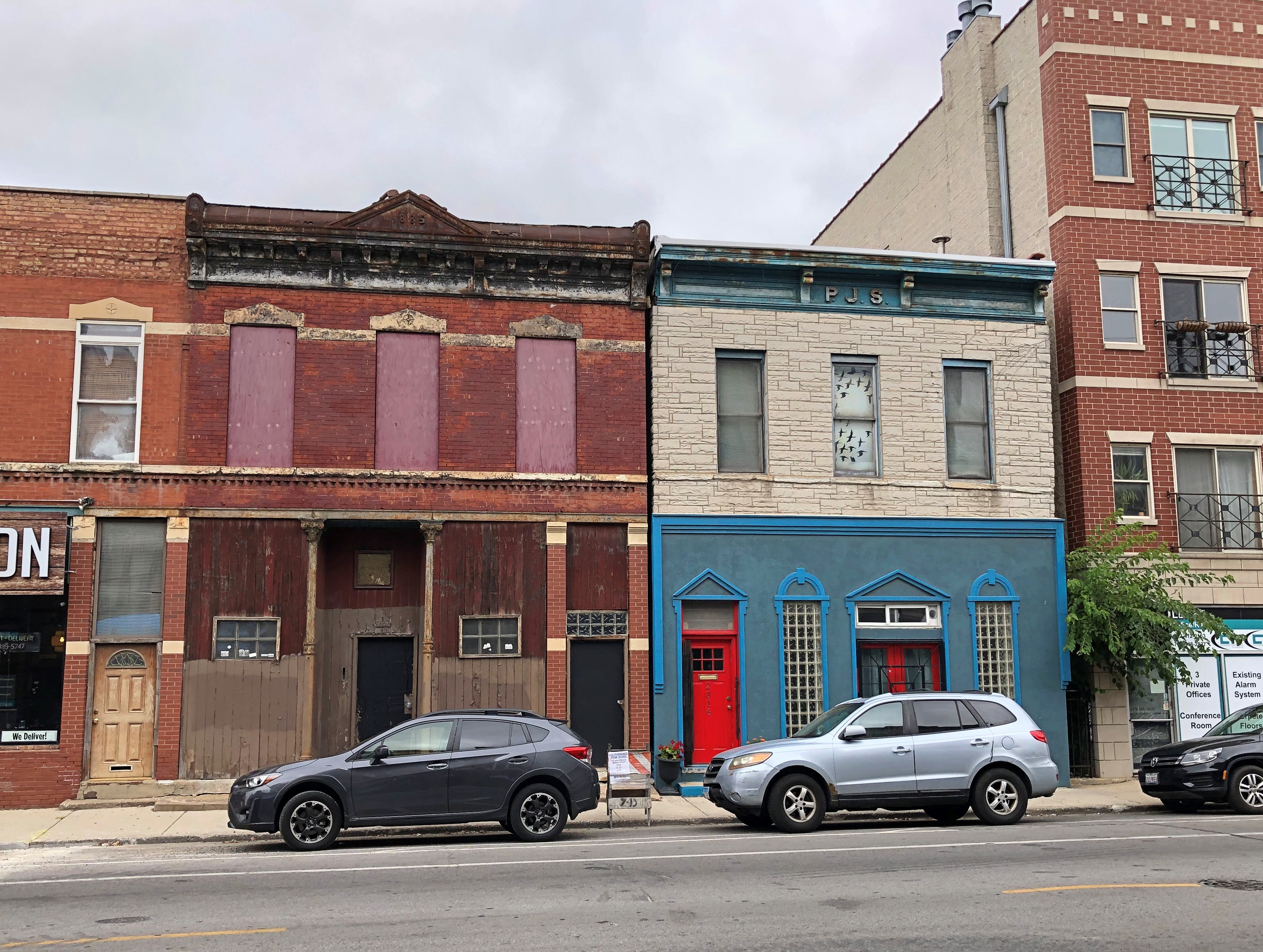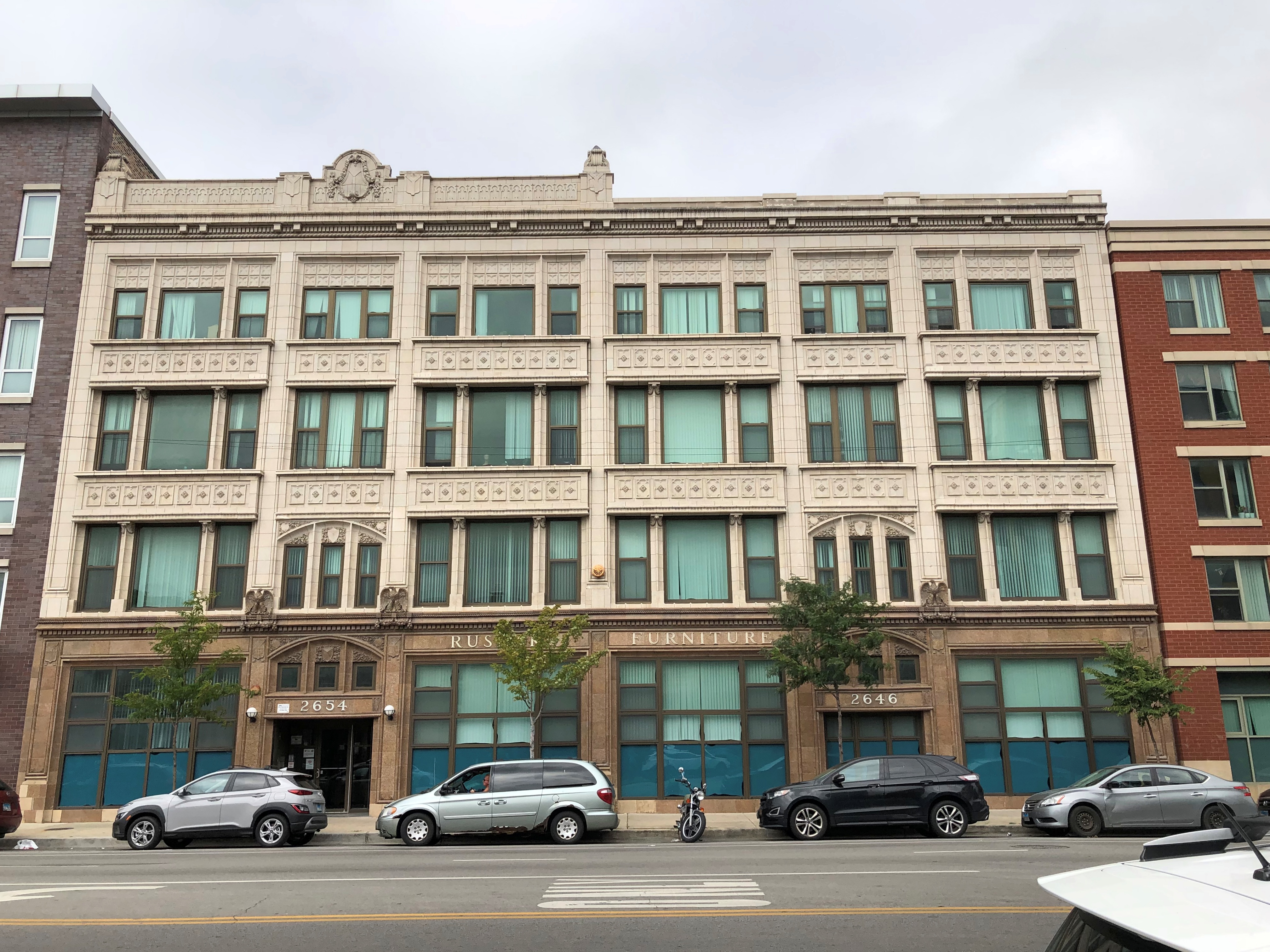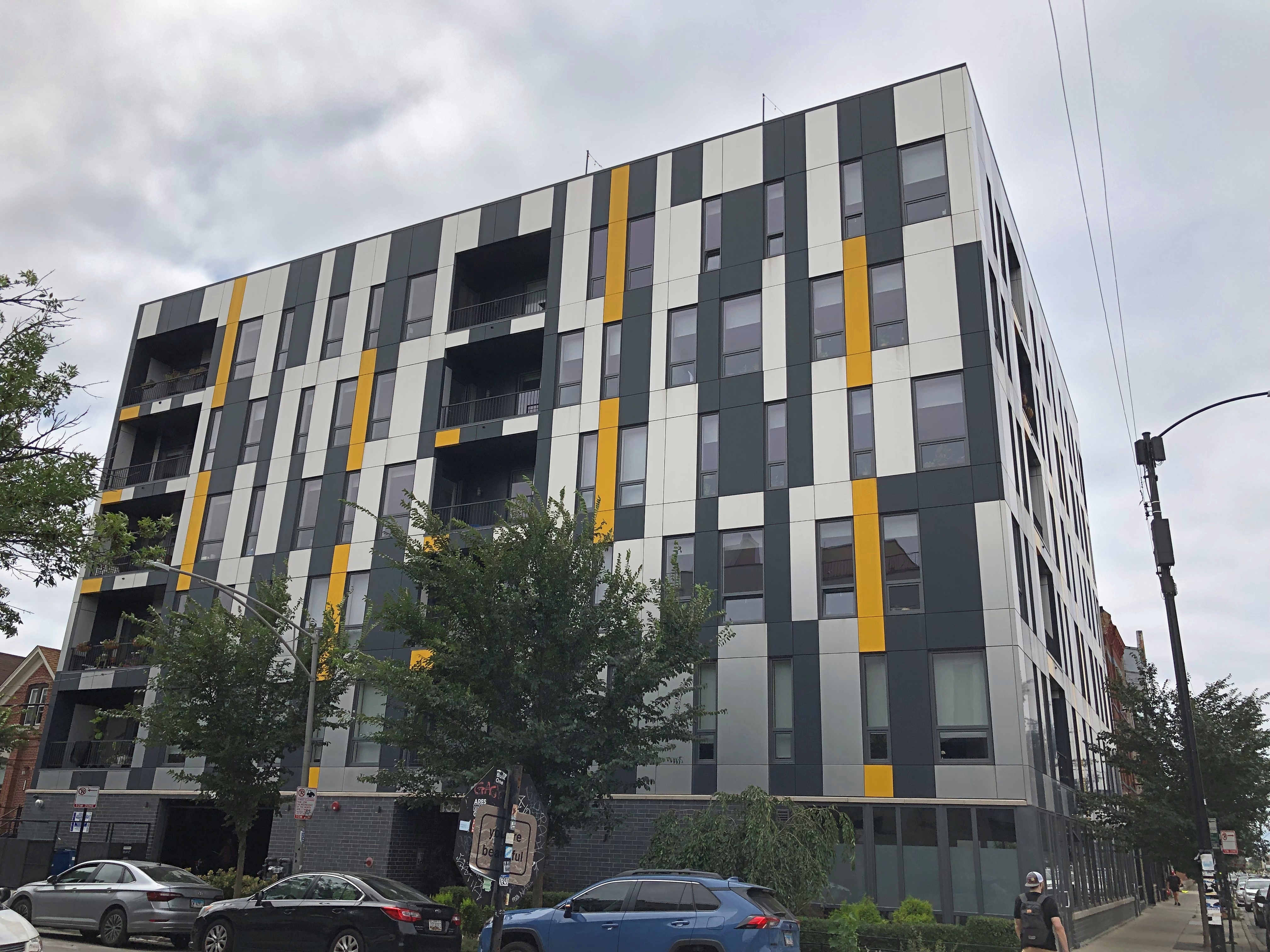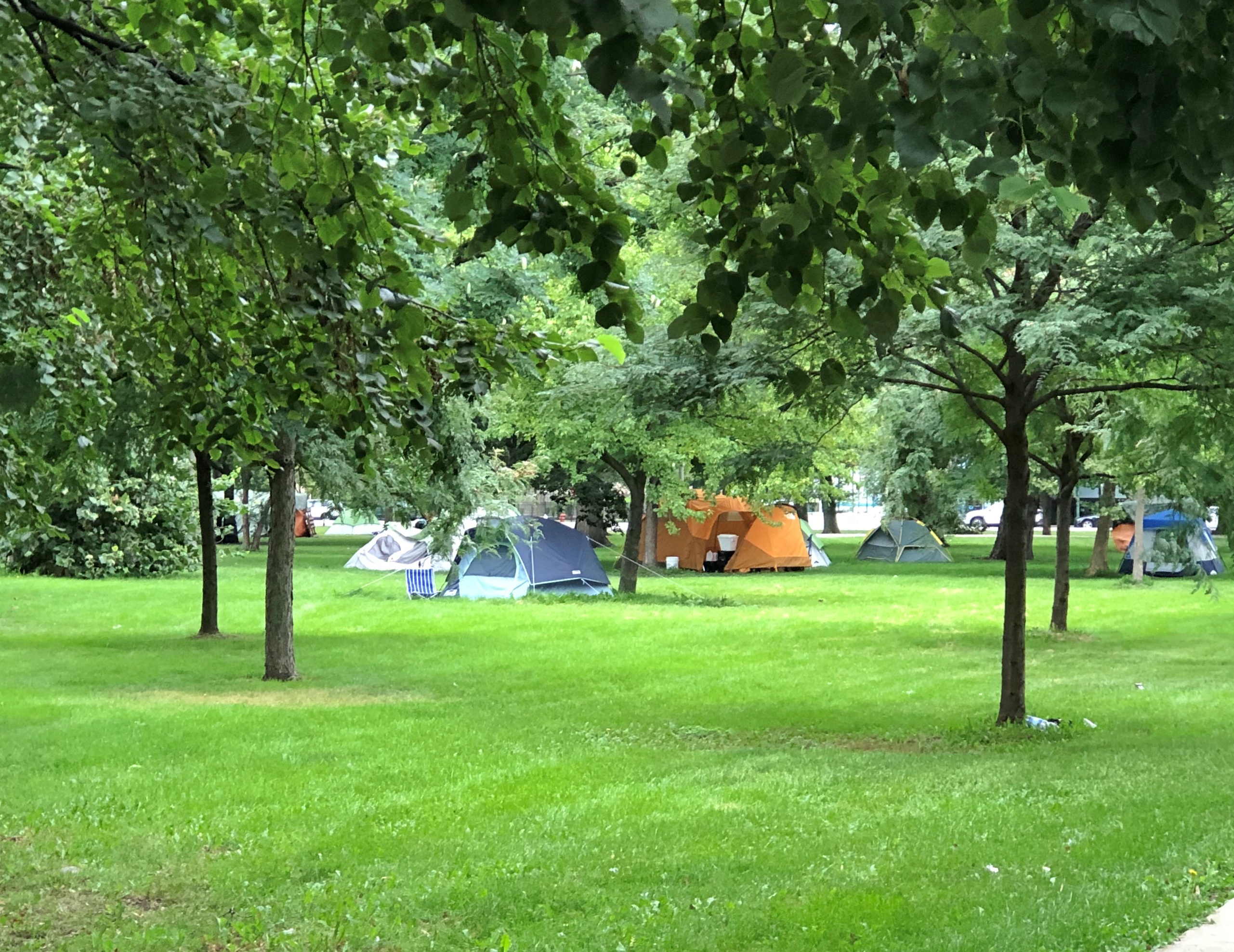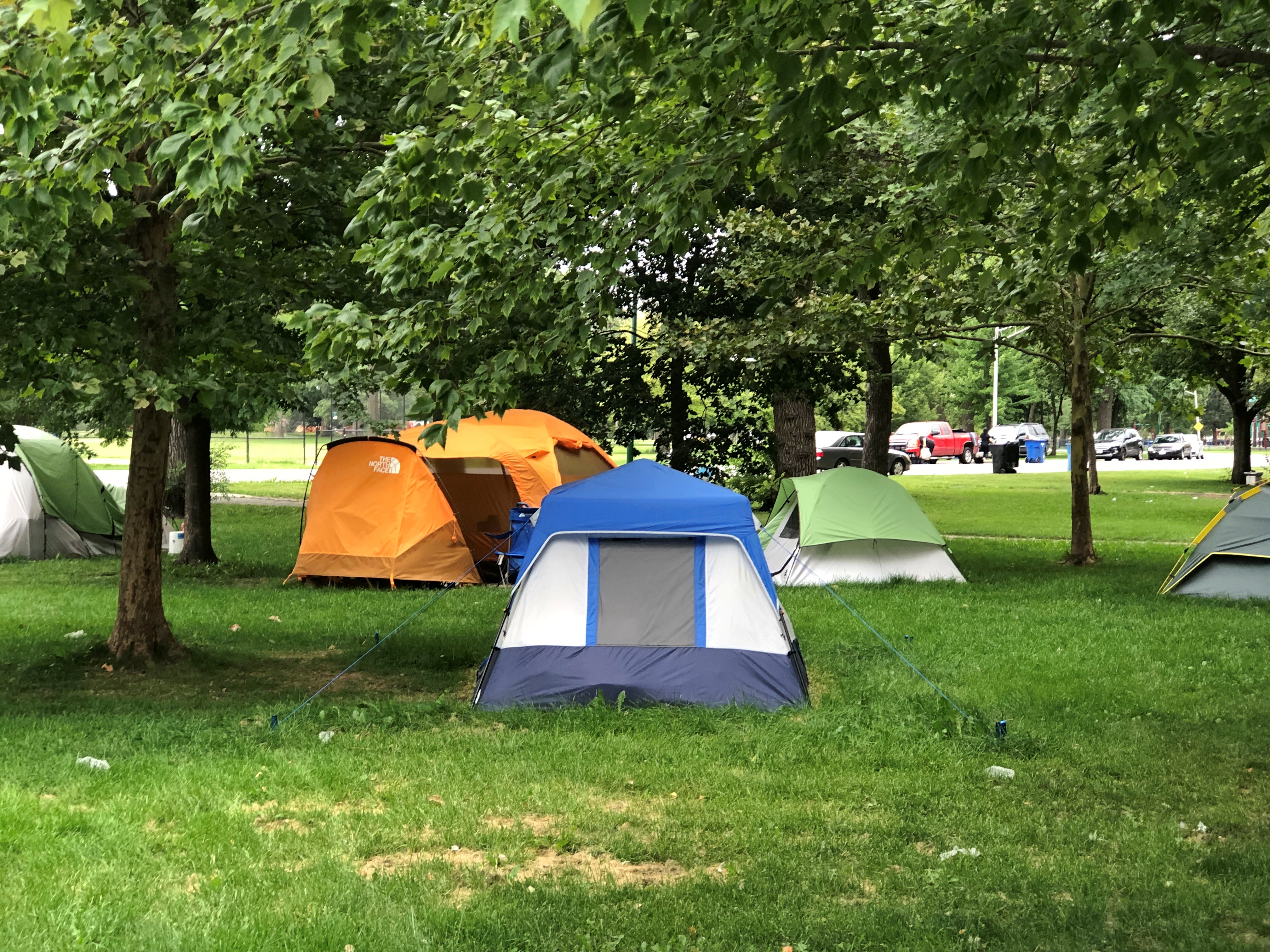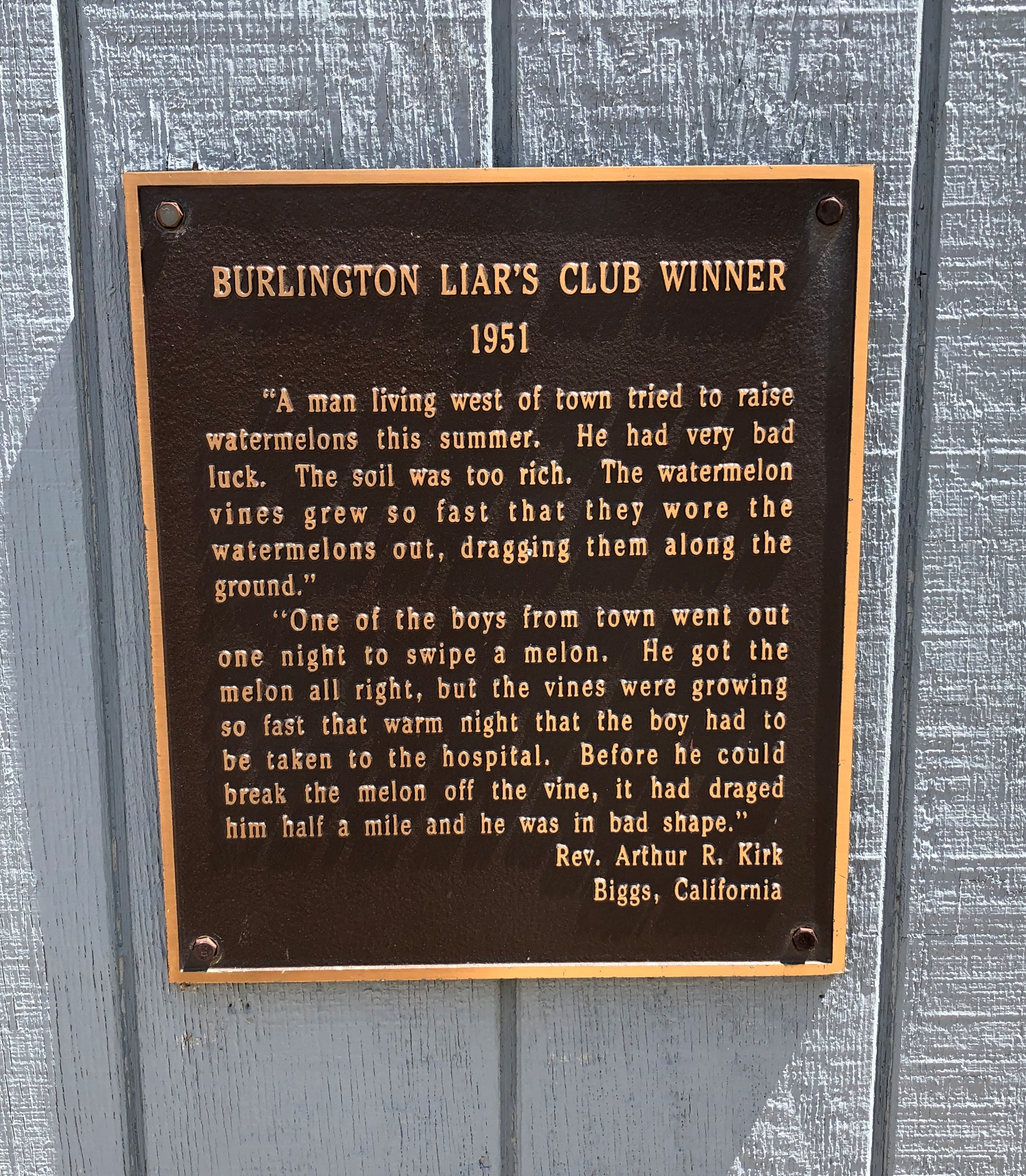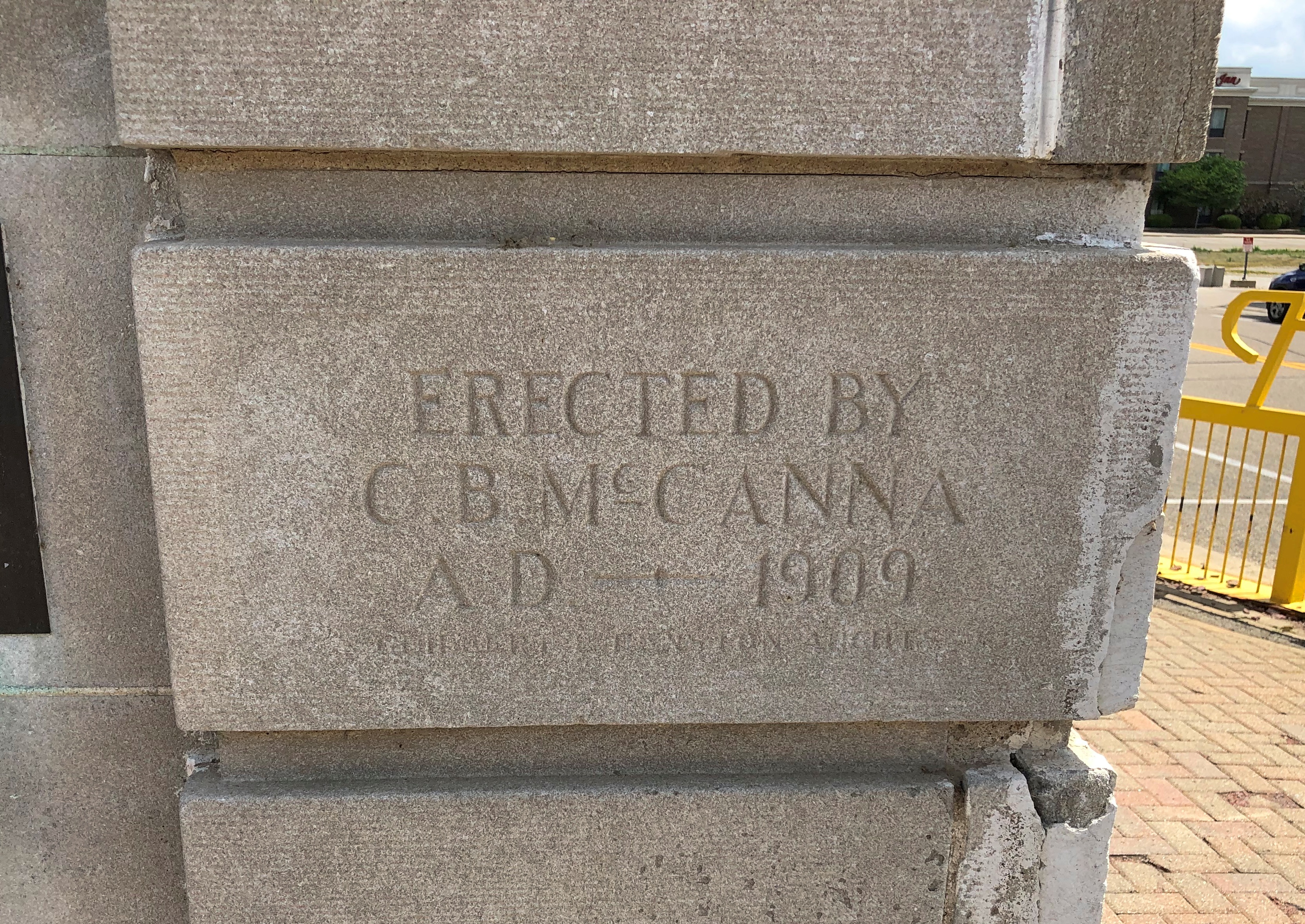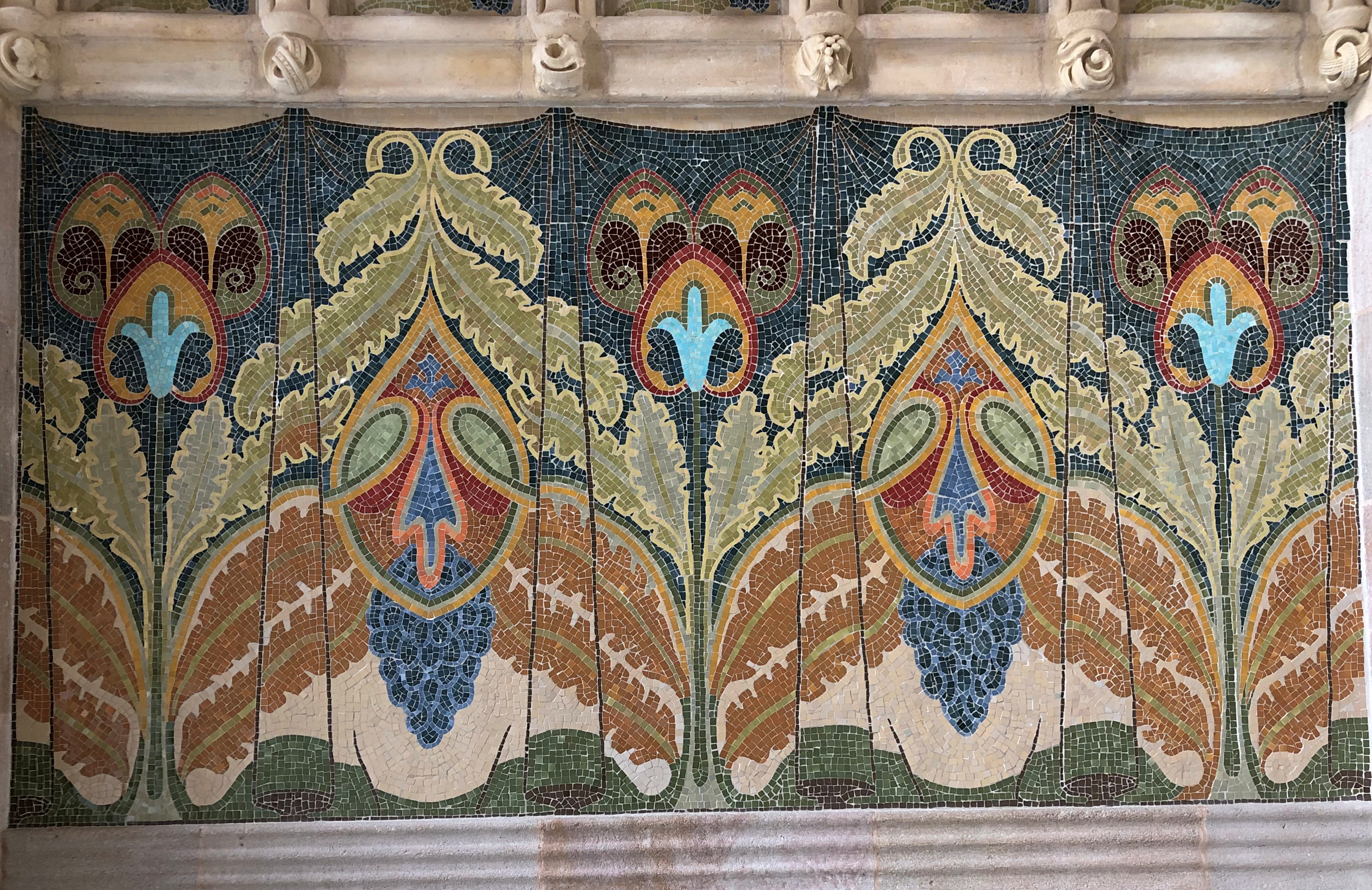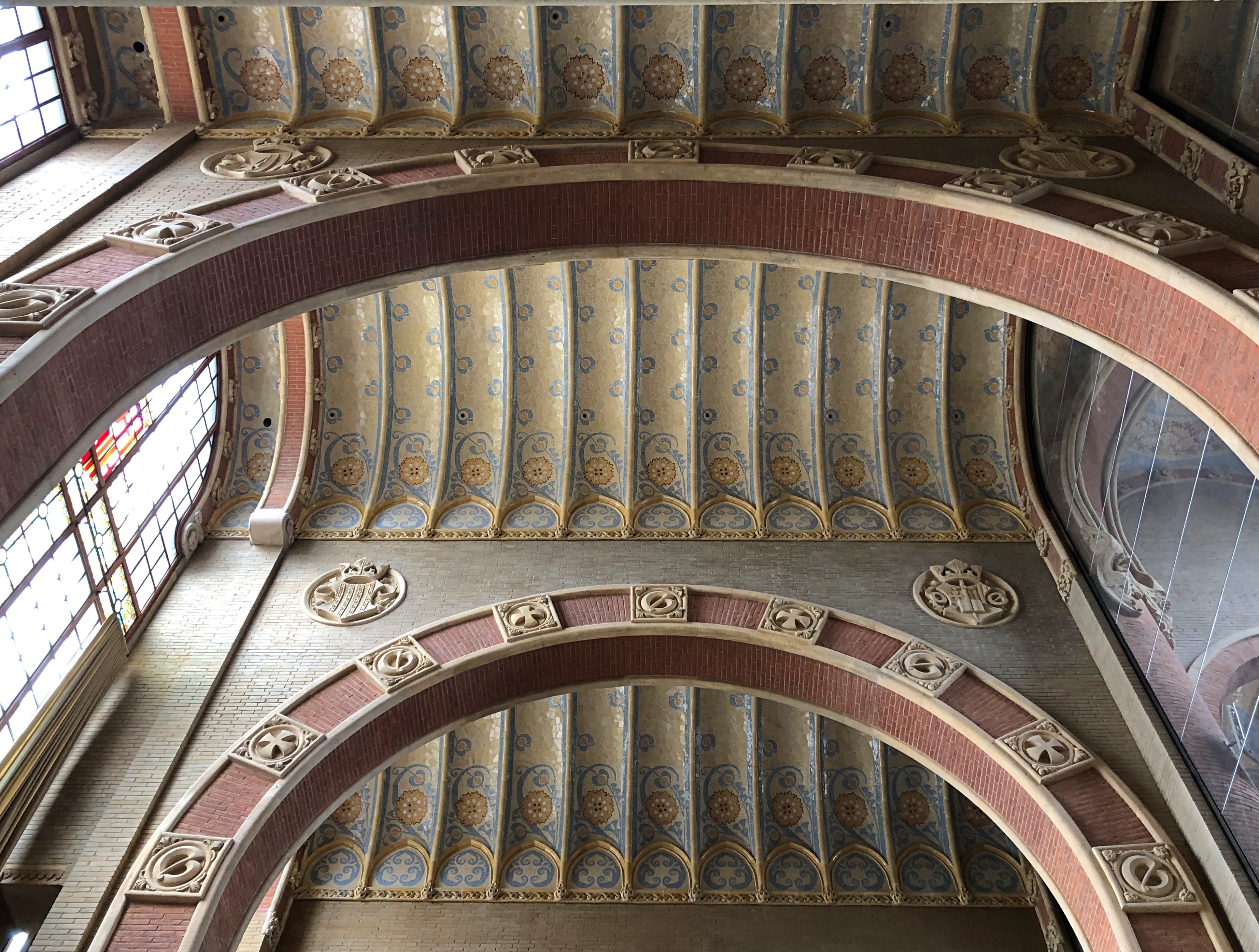Despite the cold, we had about 40 kids show up yesterday to collect sweets, maybe half again as many as the busiest Halloweens of the past, though I don’t count every year. We ran through an entire box of full-sized candy bars plus some other smaller confections. Almost all of the kids came before dark, which has been the case for many years now. Another example of widespread nervous parenting that’s pretty much entrenched, I figure. When I was that age, we went out after dark in our Invisible Pedestrian costumes and we liked it.
Most of the costumes this year were buried under coats, but I have to say the best of ’23 was a tallish kid in no coat and a white-and-red full-body chicken outfit, complete with a comb as prominent as Foghorn Leghorn’s. The costume might well have been warm enough for him to go without a coat. The color scheme reminded me of Chick-fil-A right away.
I’m just old enough to remember sometimes receiving baked goods and fruit on Halloween; those vanished by about 1970, victim of the lurid nonsense stories about razor blades in apples, poisoned cakes and chocolate Ex-Lax being given to kids. We found the thought of that last one pretty funny, actually.
This morning we woke to about an inch of snow destined to melt later in the day. A small preview of winter.
The cold is an unpleasant contrast to South Texas last week, where it was hot for October. (Temps have fallen there since then, I heard.) Just after noon on Saturday, I headed over to the campus of Our Lady of the Lake University, OLLU. I’d heard of the school for a long time, but my knowledge of it never rose above the level of hazy.
Main Building, the sign says. A name refreshing in its simplicity. The building’s a little more intricate.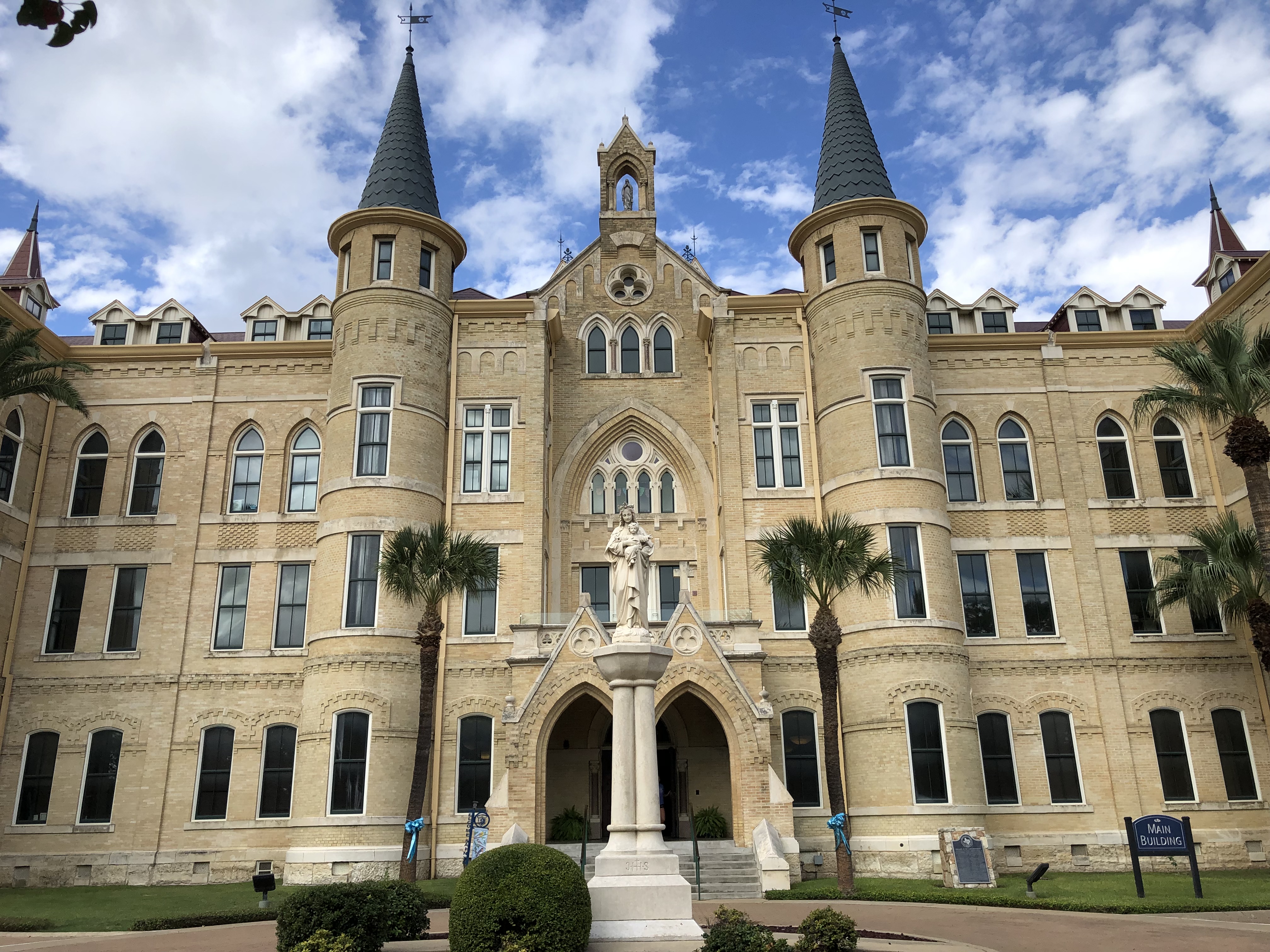

Mere steps away is Sacred Heart Chapel.
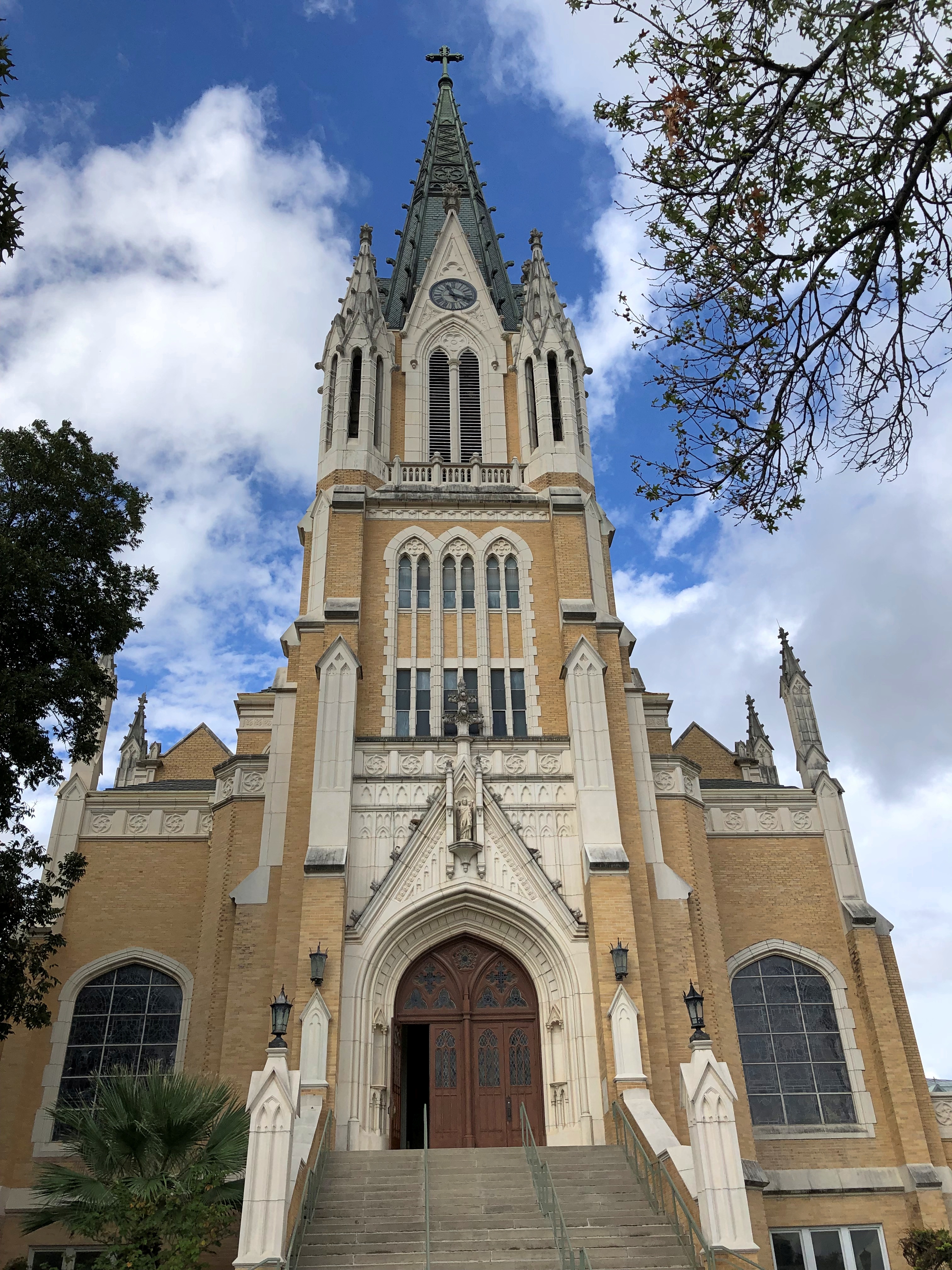

The school recently marked the chapel’s centennial. At your feet at the entrance, a date.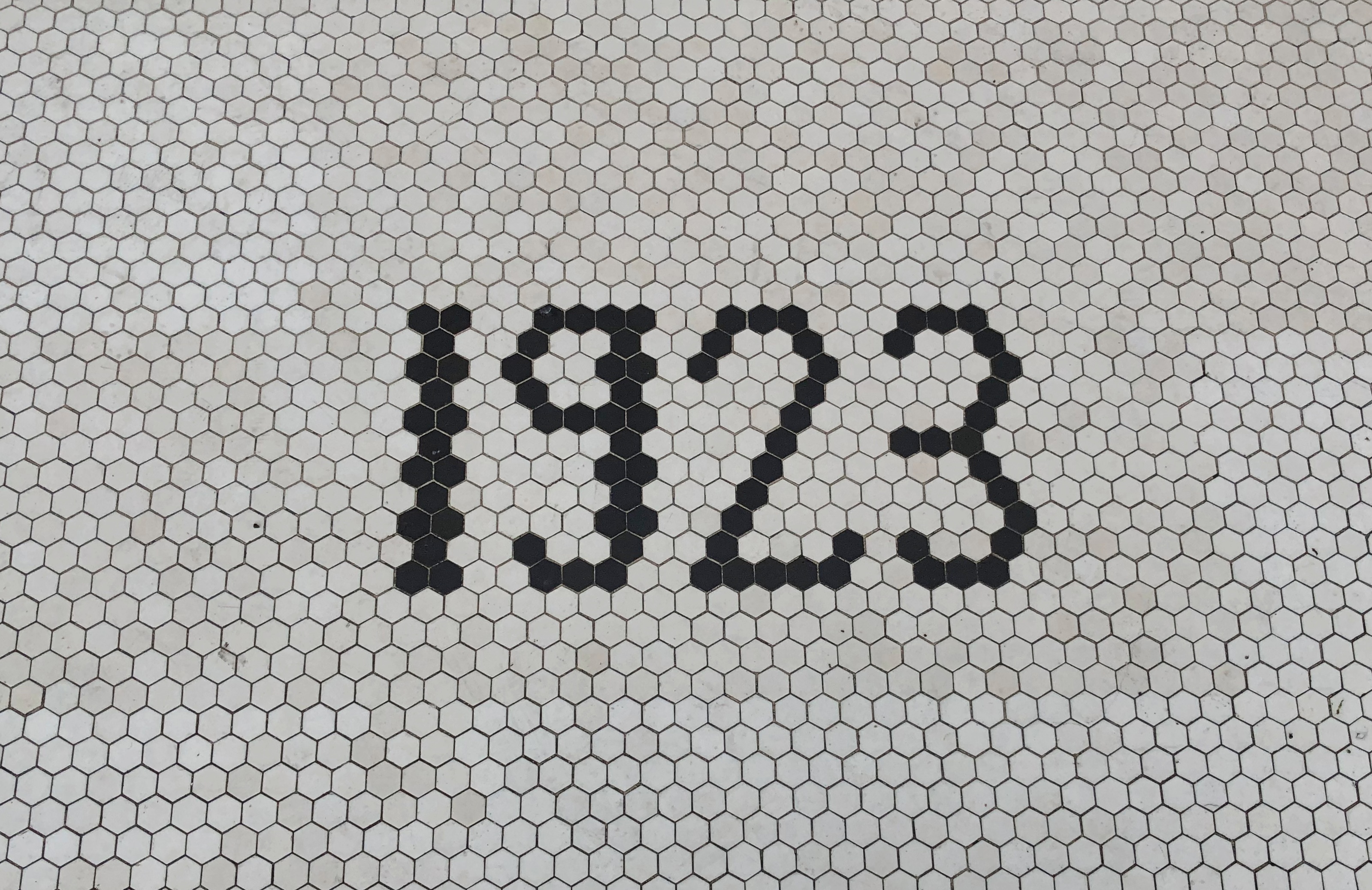
“The English Gothic chapel was the vision of Mother Florence Walter, Superior General of the Congregation of Divine Providence from 1886-1925,” says the university web site. “In 1895, she looked down from Prospect Hill at a swath of wilderness and declared, ‘One day we will have a chapel here. And its spires will be seen throughout the city of San Antonio.’ ”
That must have a good day for the superior general. Funding the chapel took 11 years, but eventually the Sisters, who had founded the school in 1895, were able to hire a renowned architect, Leo Dielman, to design the chapel. A prolific architect of sacred space – more than 100 churches to his credit – Dielmann had his funeral in 1969 at Sacred Heart Chapel.
When I went in, a funeral was going on. I gazed in for only a moment from the very back of the nave. Looked like this, except for the sacrament pictured.
OLLU borders Elmendorf Lake Park, with walking trails ringing a small manmade lake, created by the damming of Apache Creek. I took a walk. When the sun periodically came out from behind the clouds, it felt like it was about 90 F. It was a sweaty walk. Needed that hat I’d left in Illinois.
Thick foliage luxuriates on the lakeshore.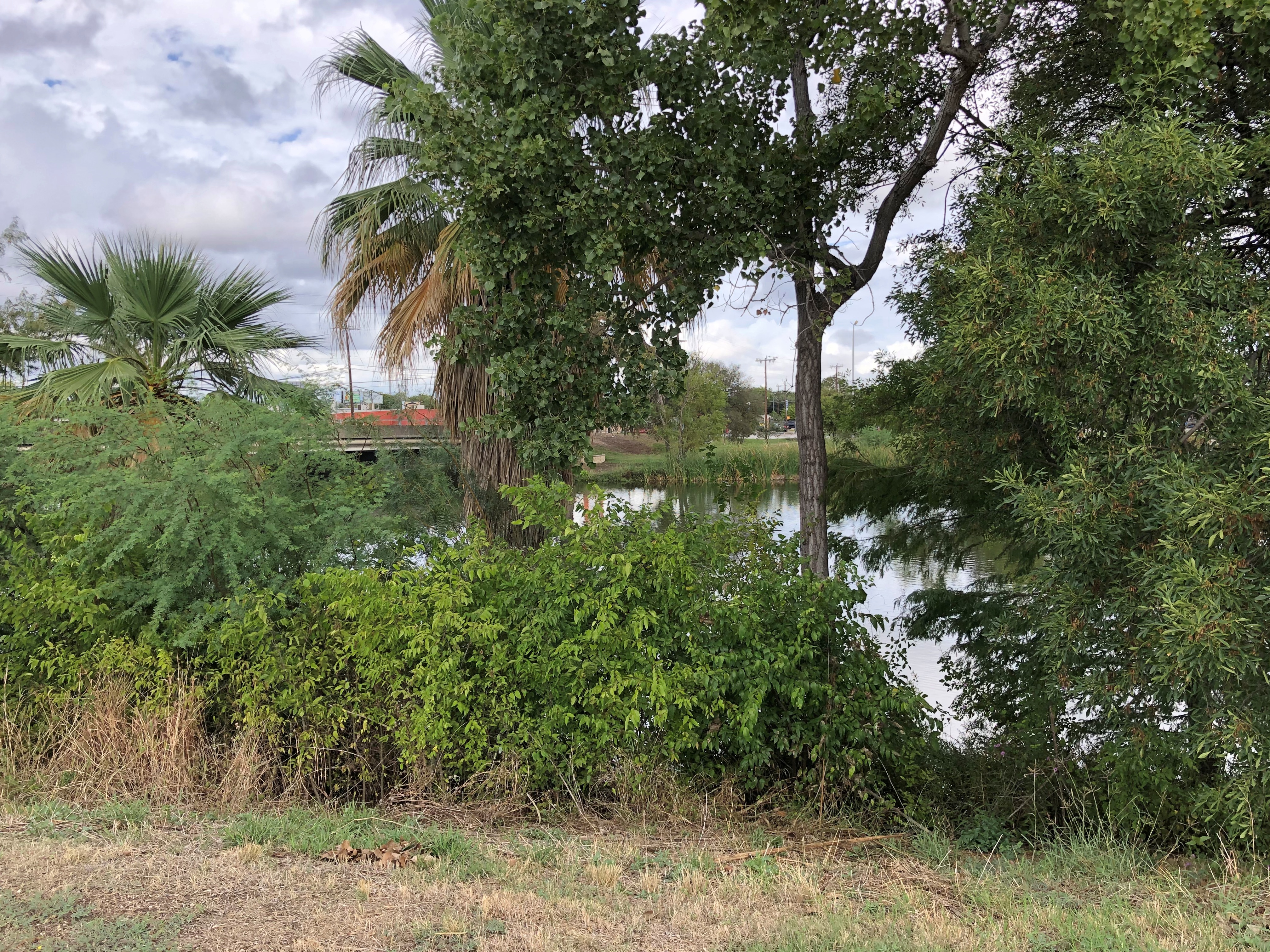
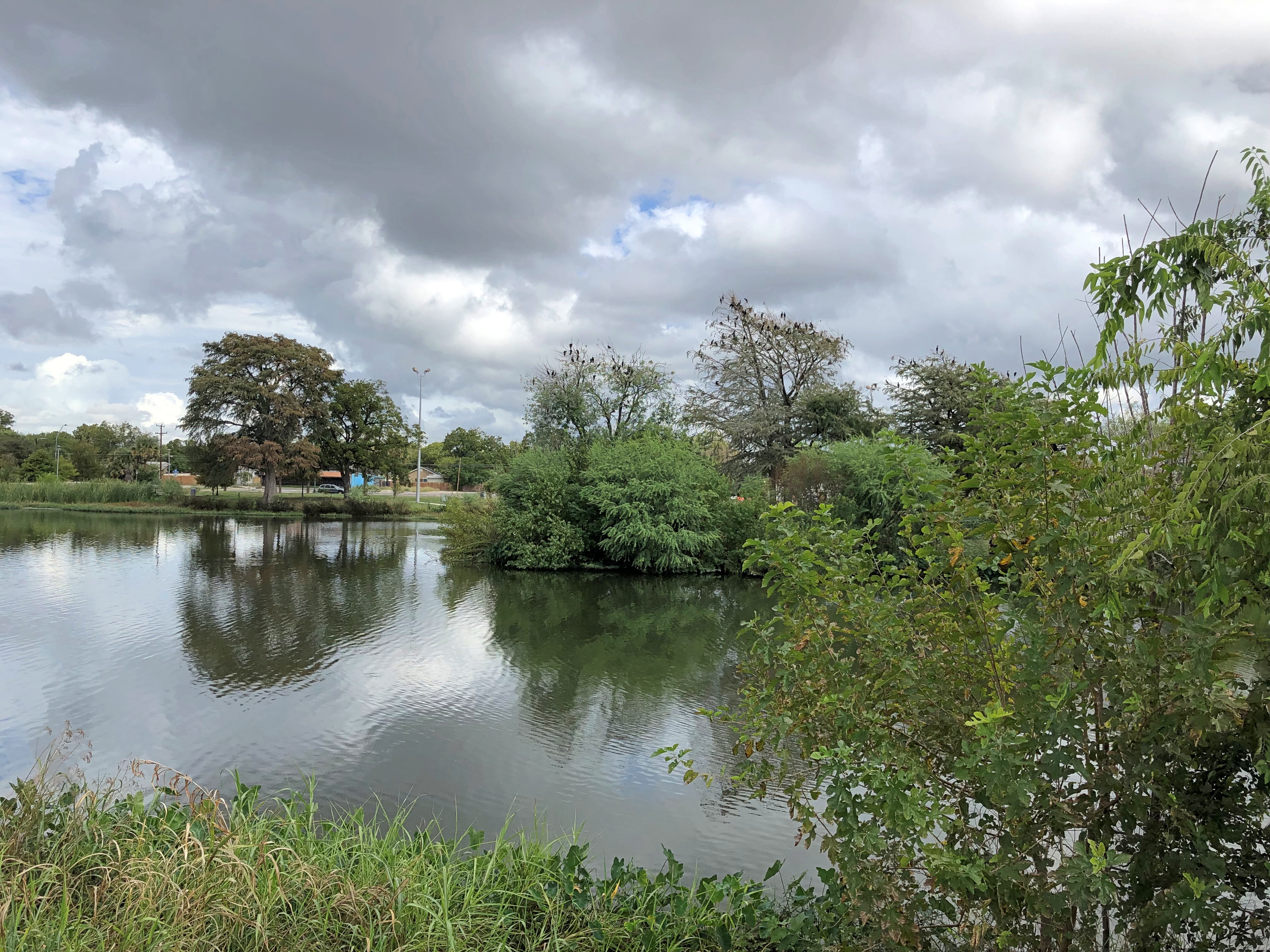
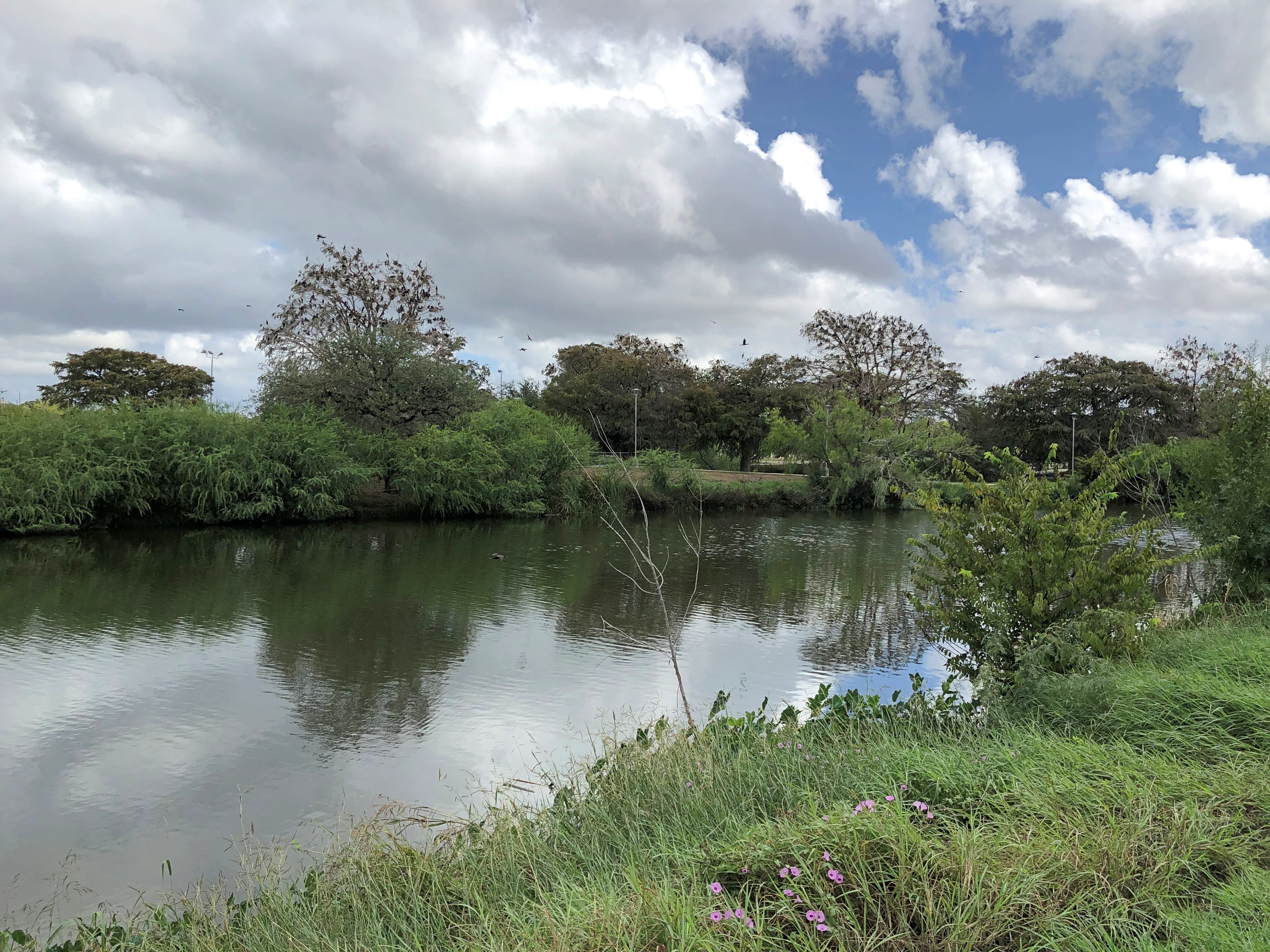

Almost no one else was around on what, compared with South Texas temps only a few weeks and months earlier, was merely a warm day. A Saturday at that. The place gave out no sense of being avoided out of fear for one’s person; just ignored. A few recreational fishermen stood on the shore, angling. One was in a small boat. That was all.
Another, more hard-surface part of the park includes benches. Parc Güell sorts of benches, but without the crowds.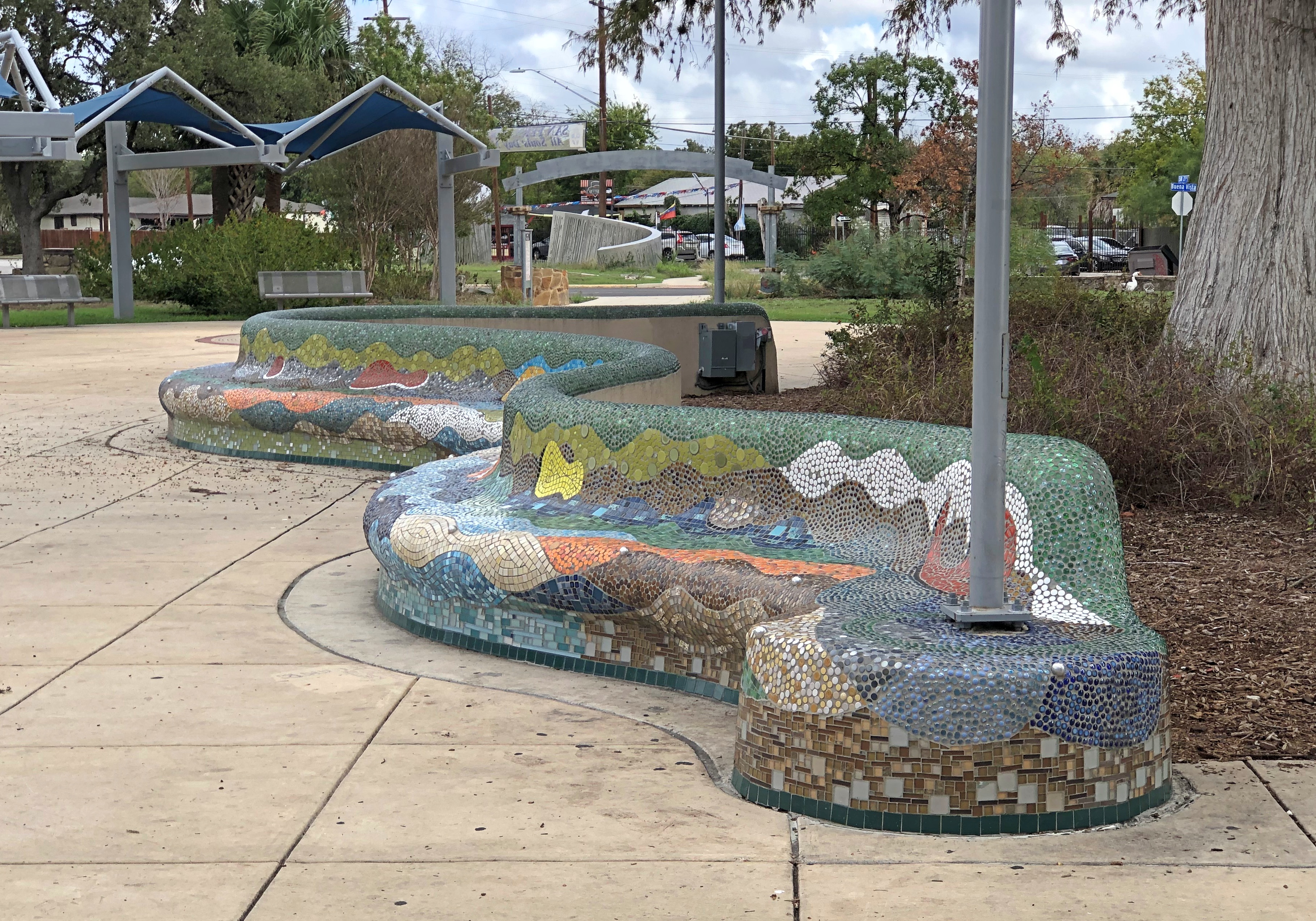

No human crowds, that is. Birds were another matter. An astonishing number of birds occupied a handful of the trees in the park, ca-ca-ca-ca-ing with a resounding volume, especially on a small island I saw later is called Bird Island. Thinking on it, their Hitchcockian vibe might keep some people away. A lot of people.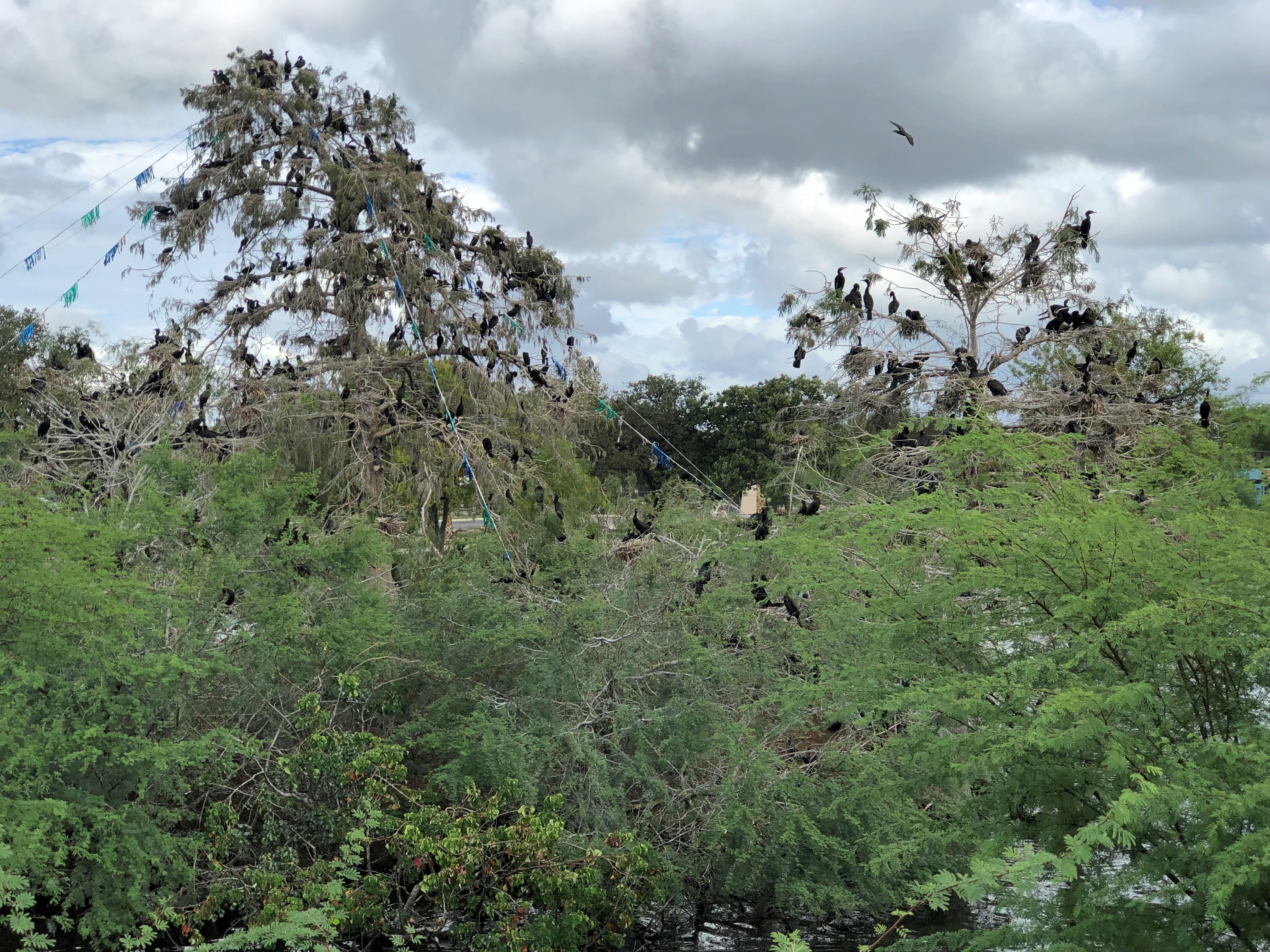
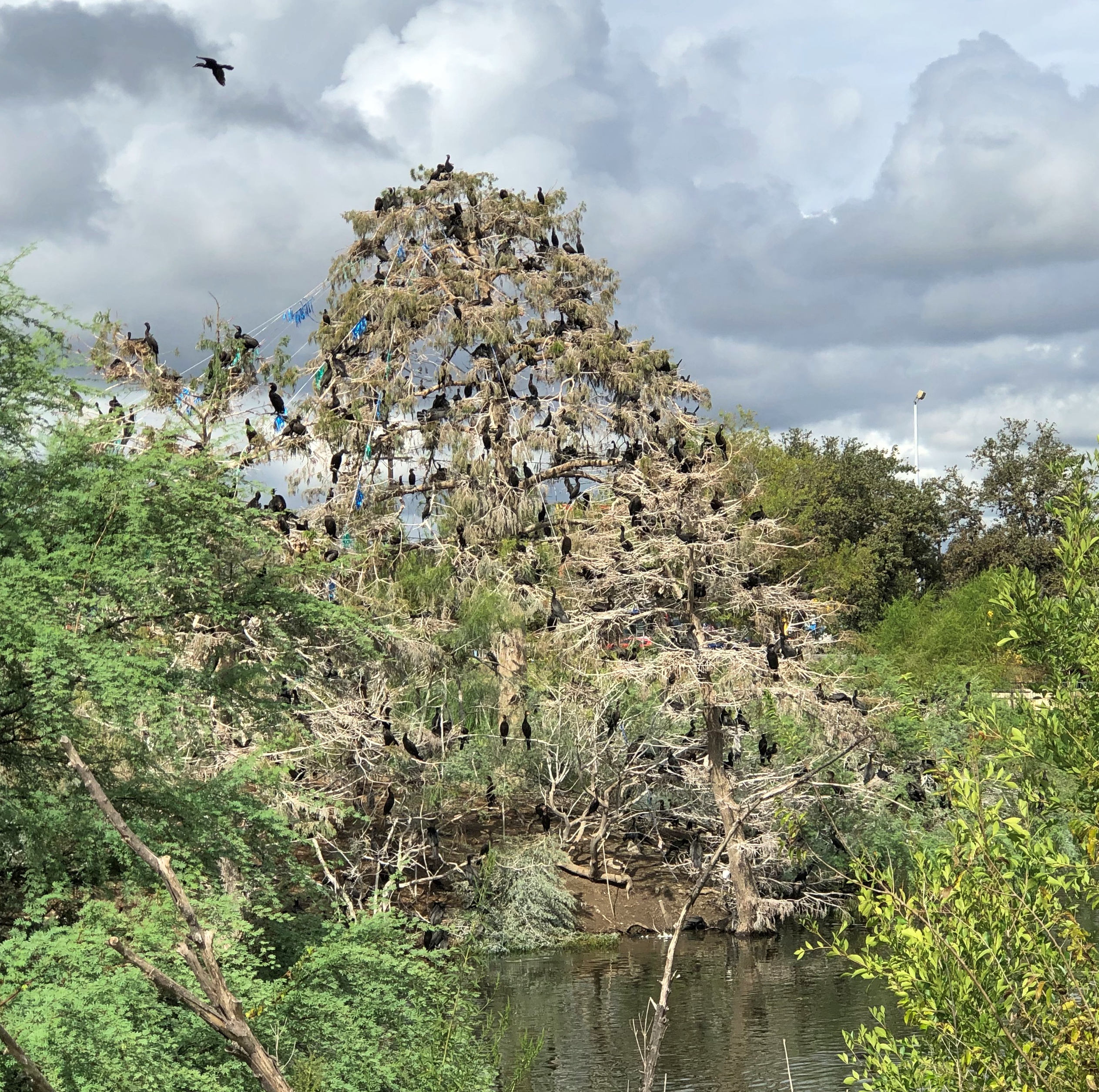

Birds looking something like herons with completely black plumage. I couldn’t place them, but my bird knowledge is pretty meager. Crows? They look leaner of build than crows. But what do I really know about crows?
I do know enough not to walk under them. A few of the bird-occupied trees were along the path of my walk, so I took minor detours to avoid any direct bombardment. I passed through the park without being the target of any droppings.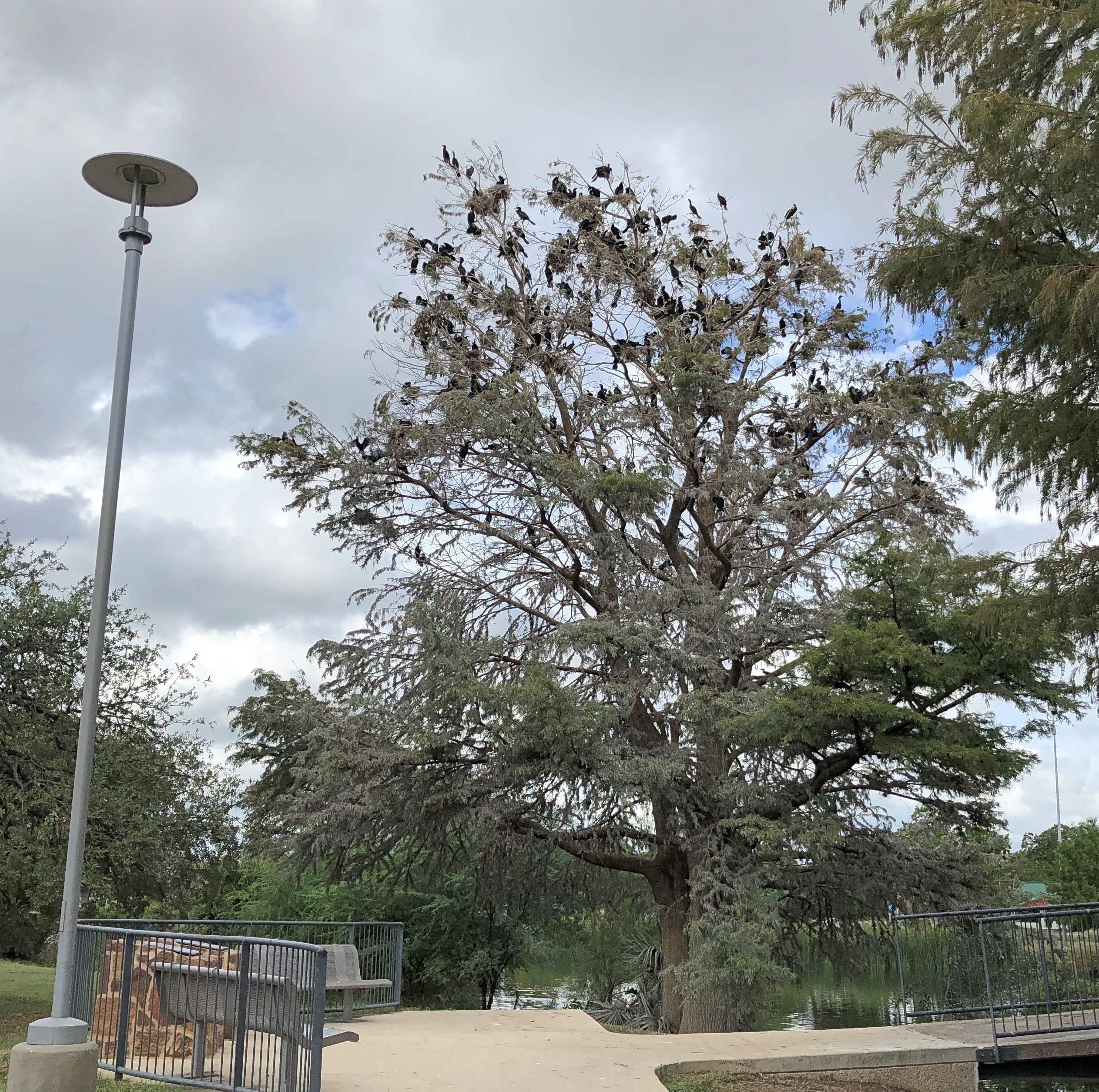
I thought of a Red Skelton TV sketch featuring his characters, seagulls Gertrude and Heathcliff (I had to look the names up, but not that fact that he did those characters). One of the birds noted that the beach below was very crowded. The other responded, “There’s no sport in that.” Odd what sticks with you after more than 50 years.
